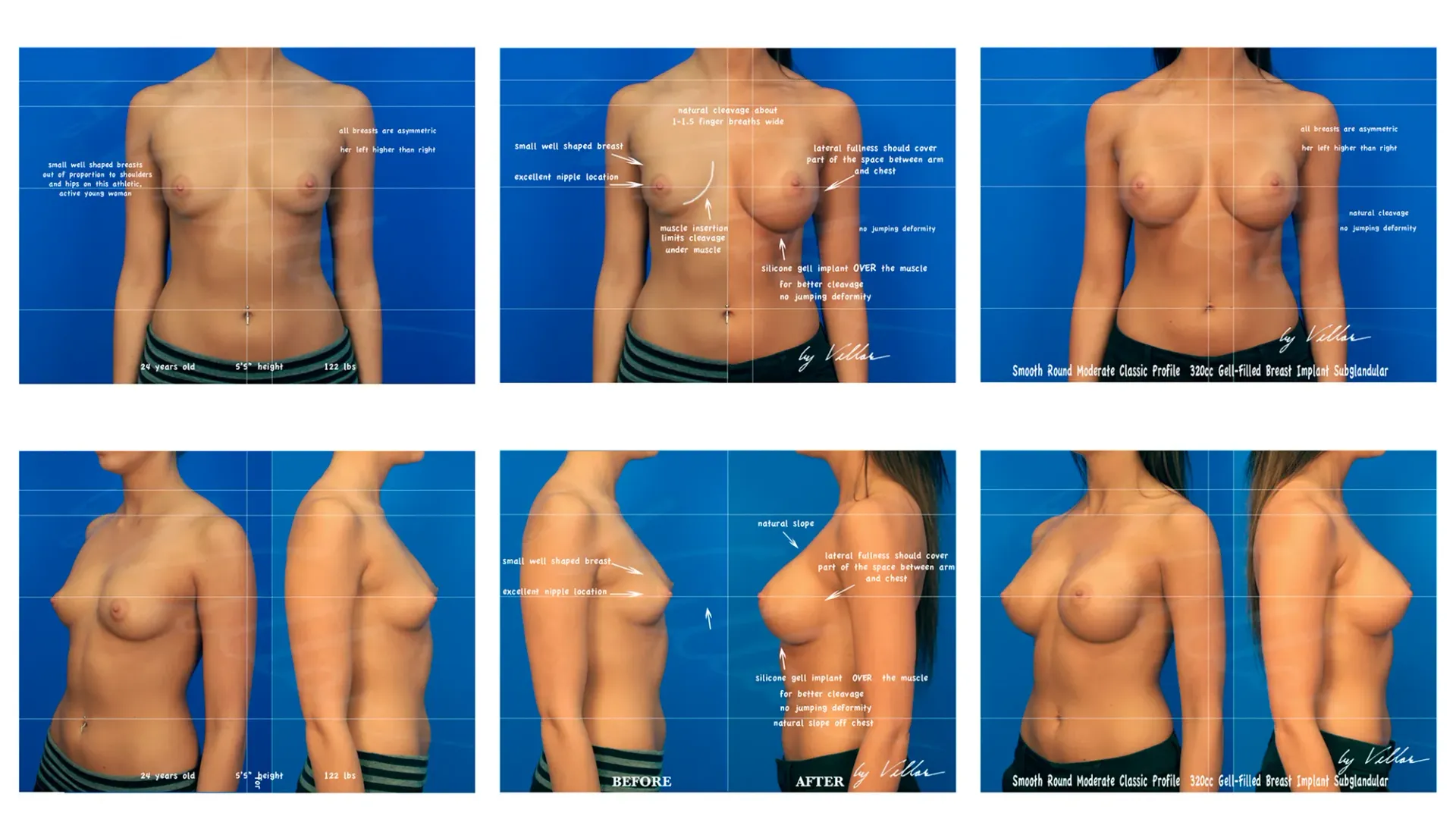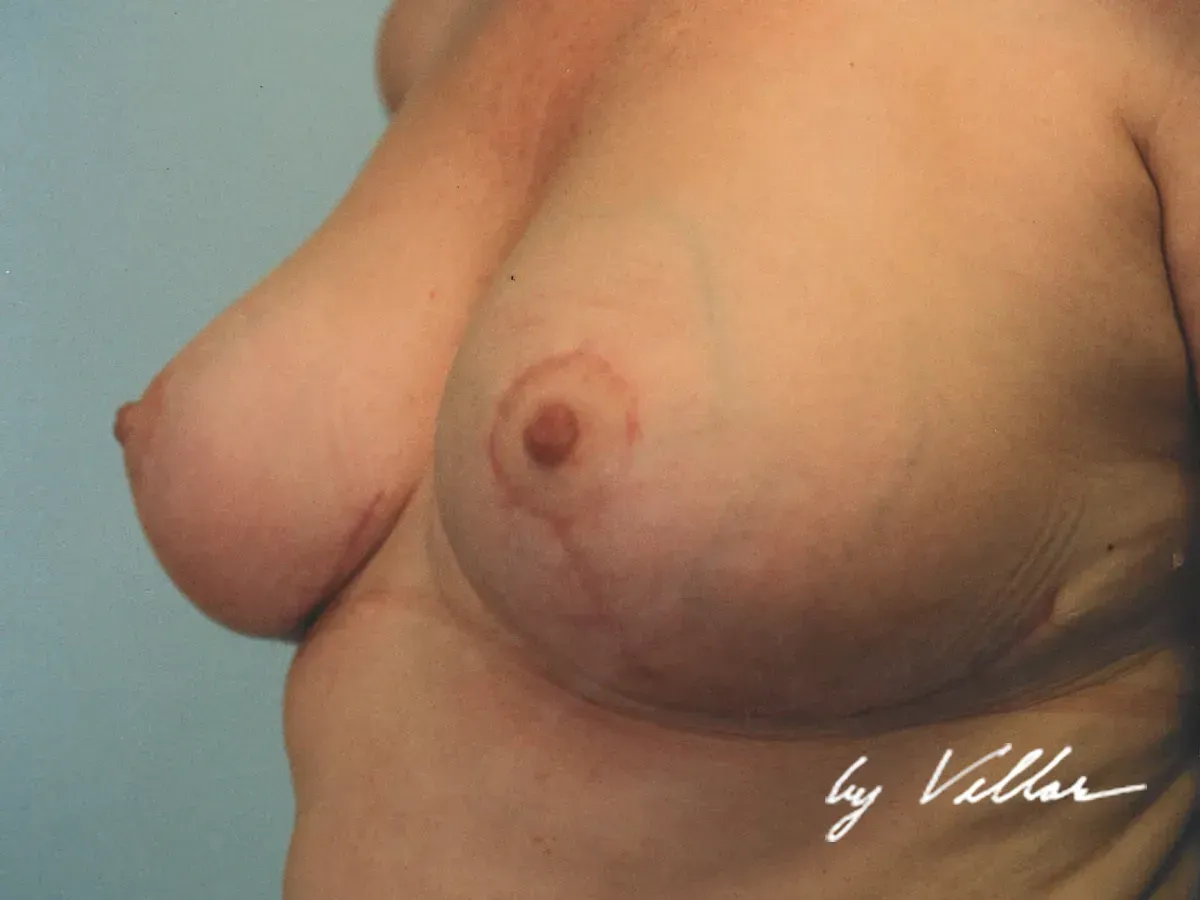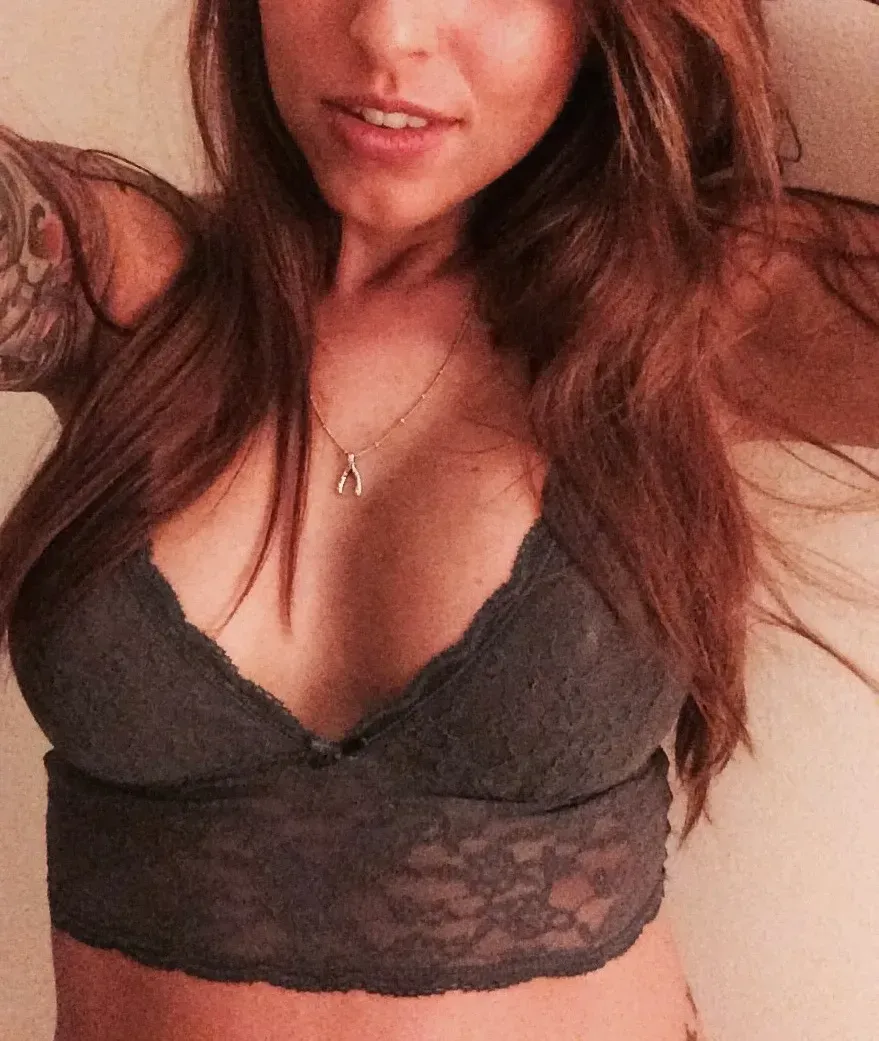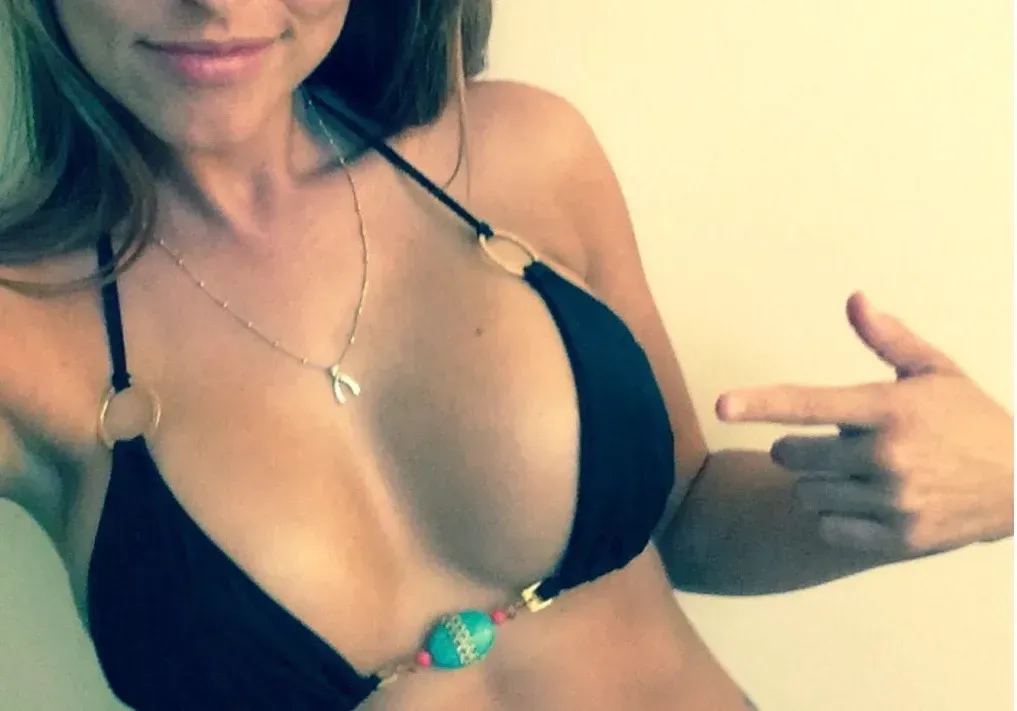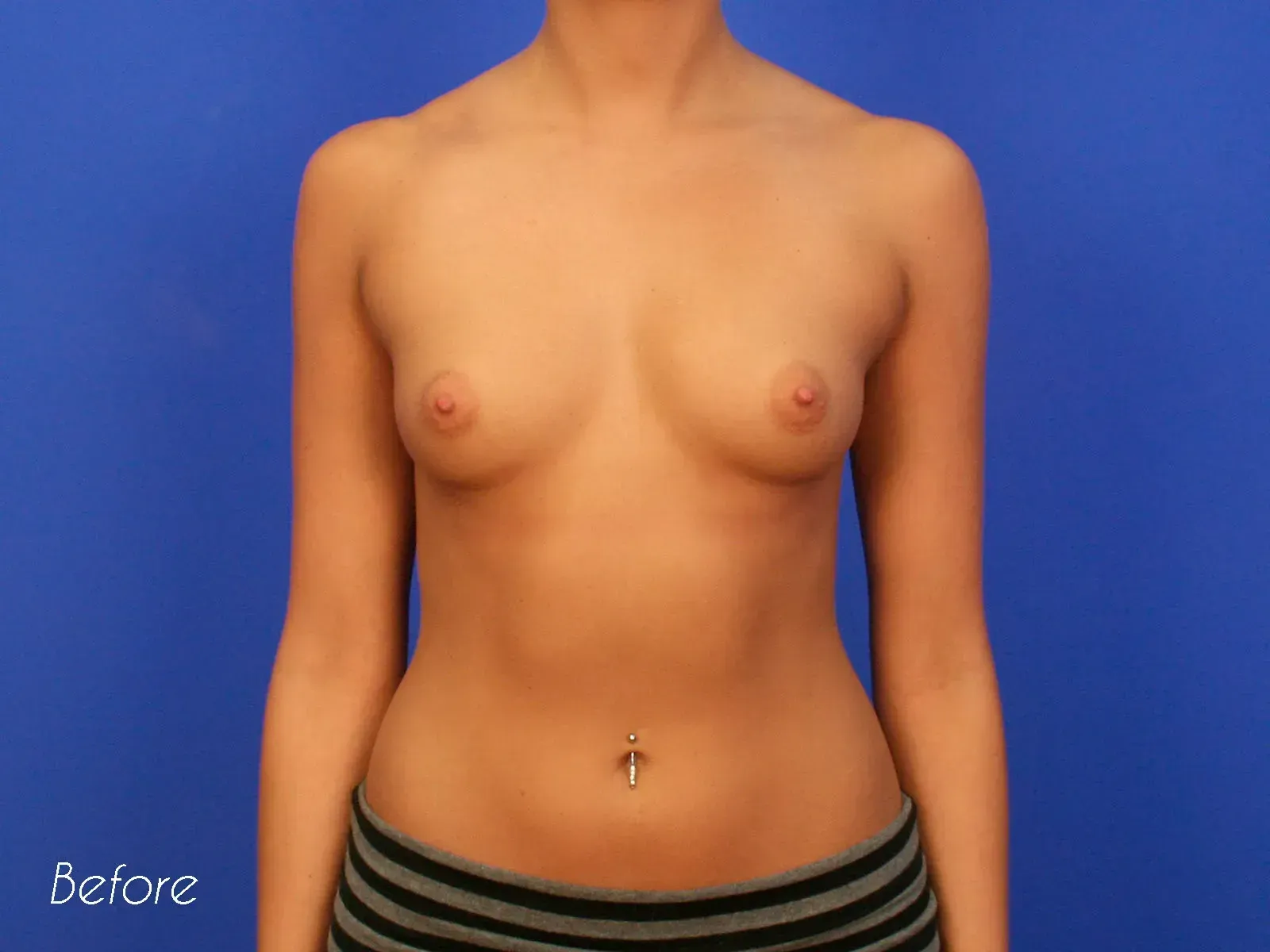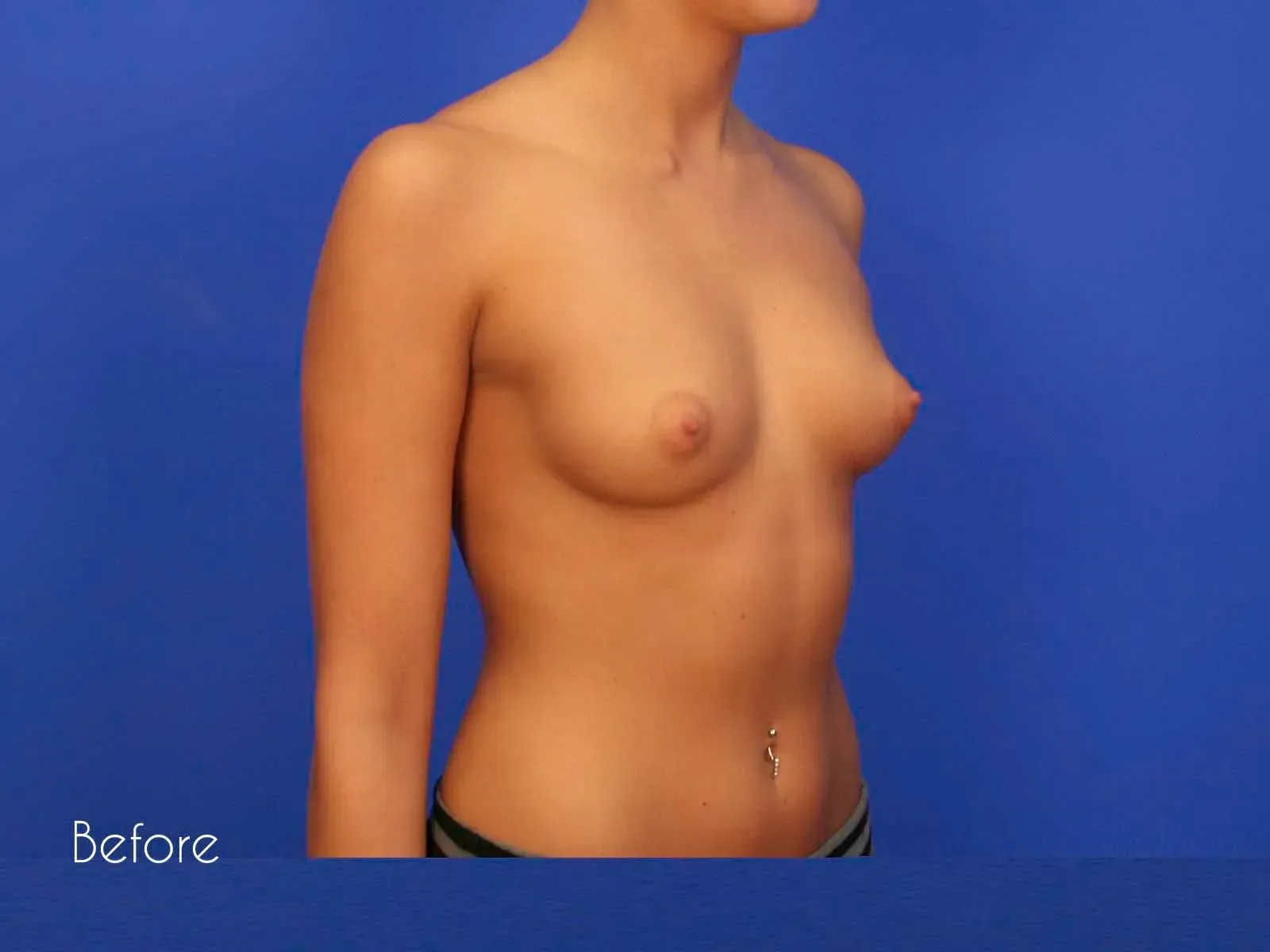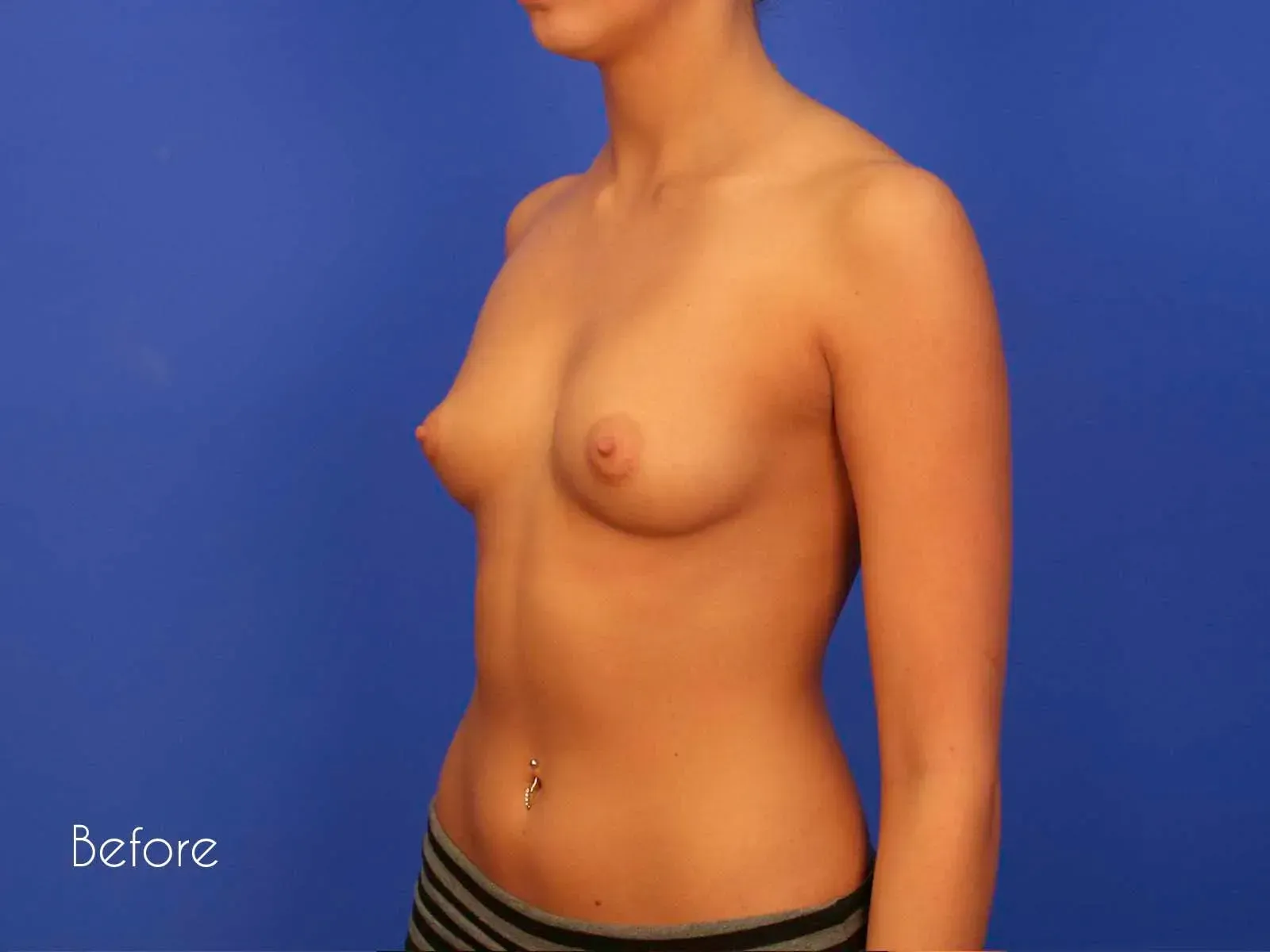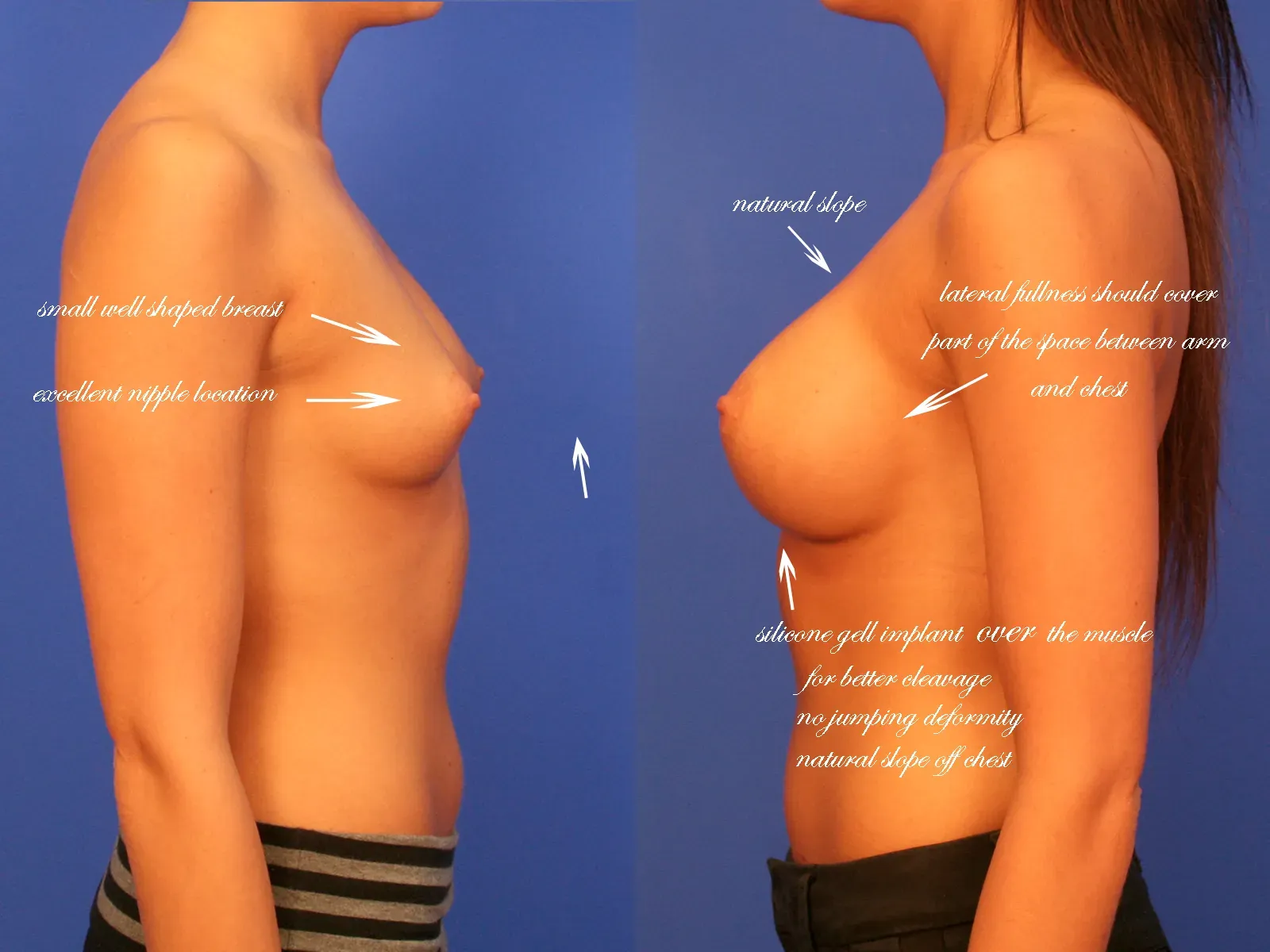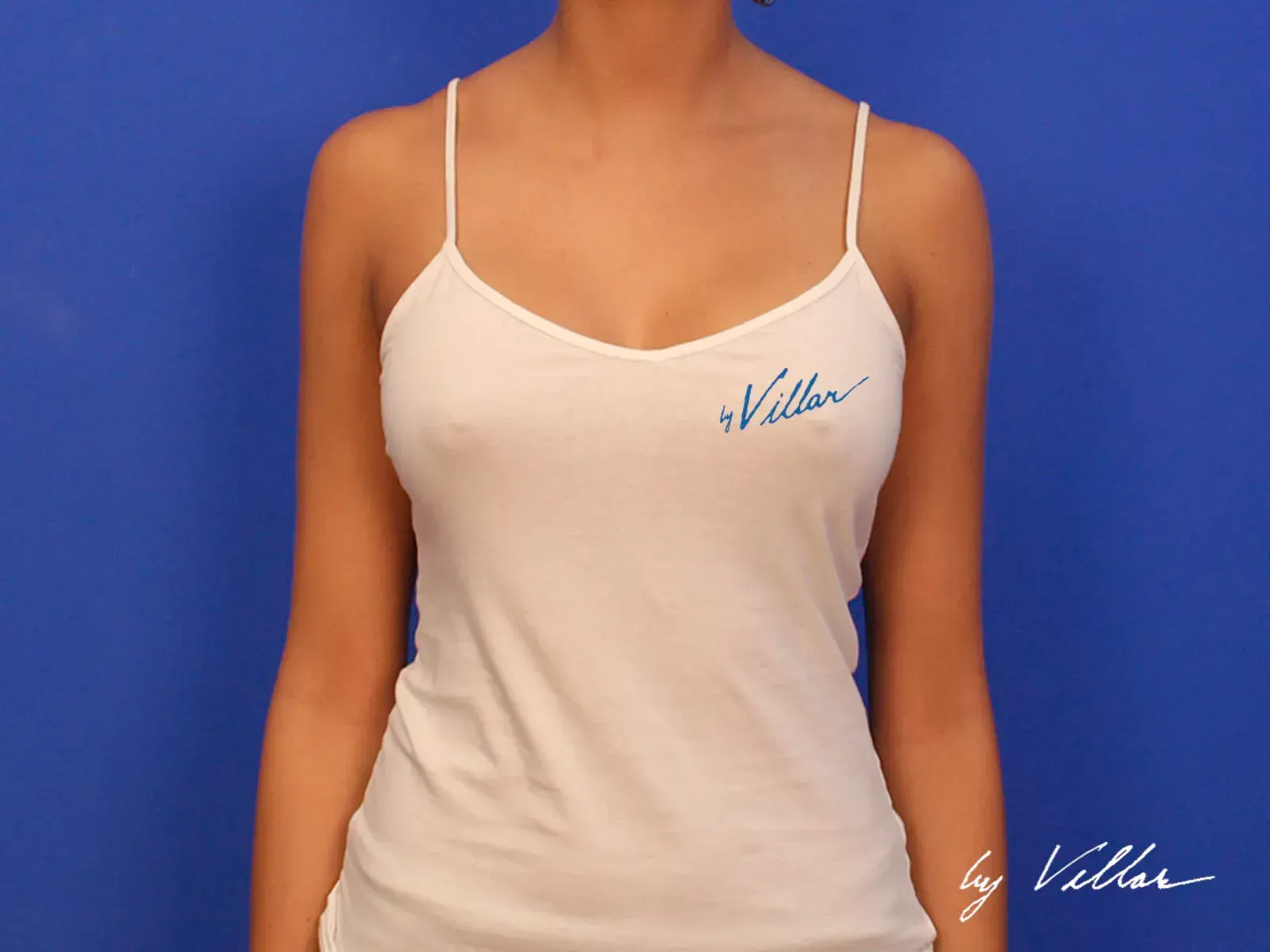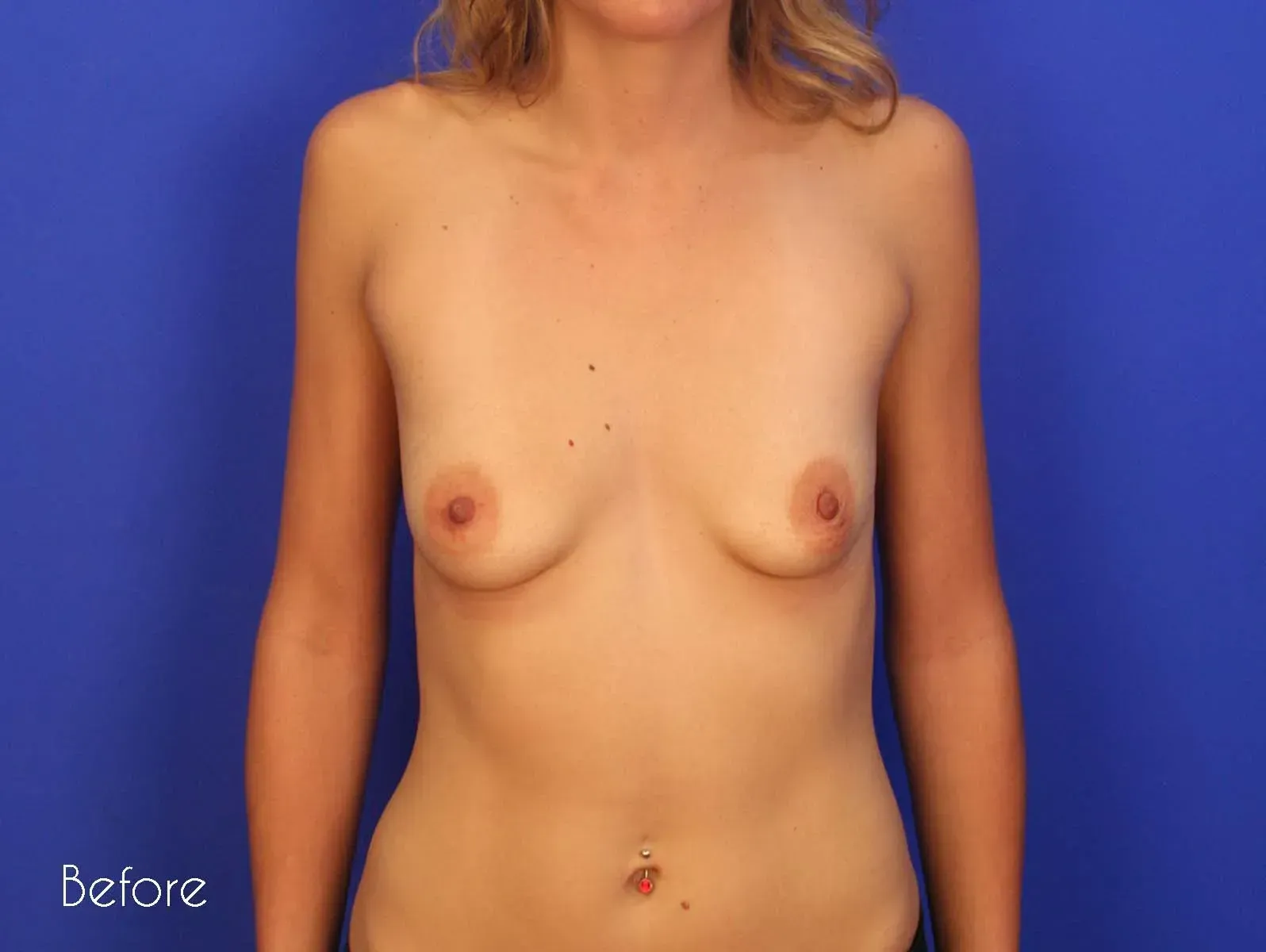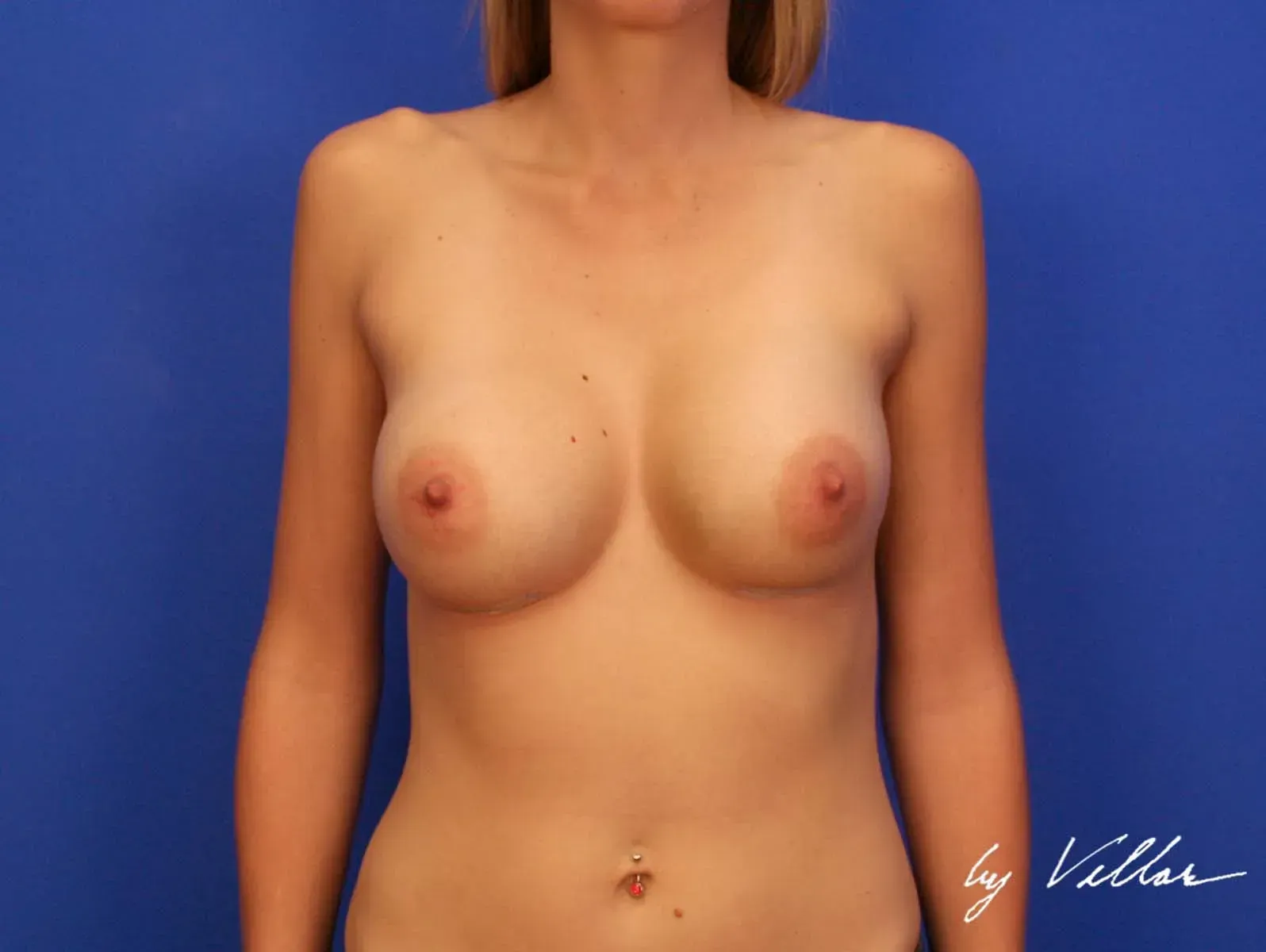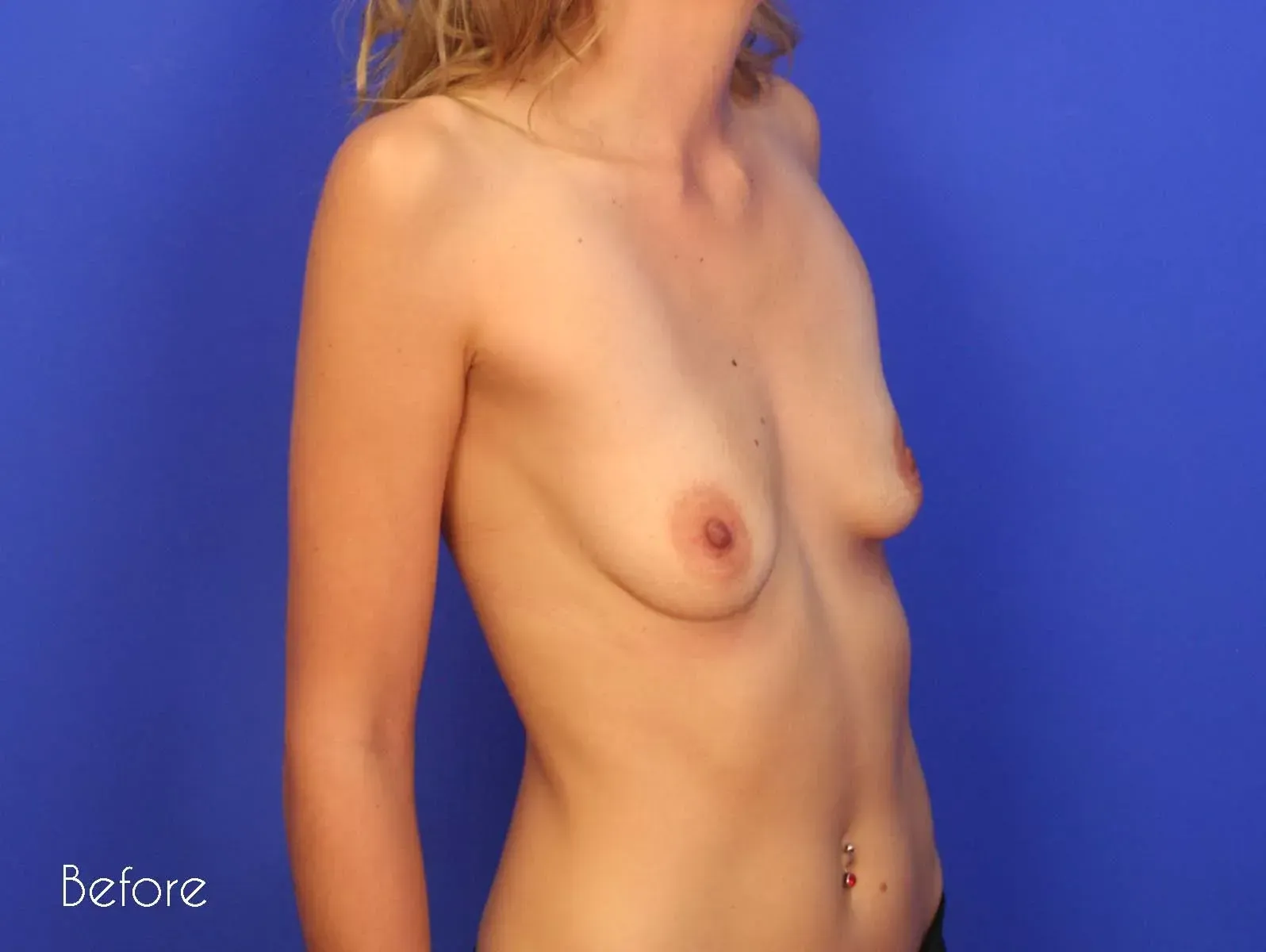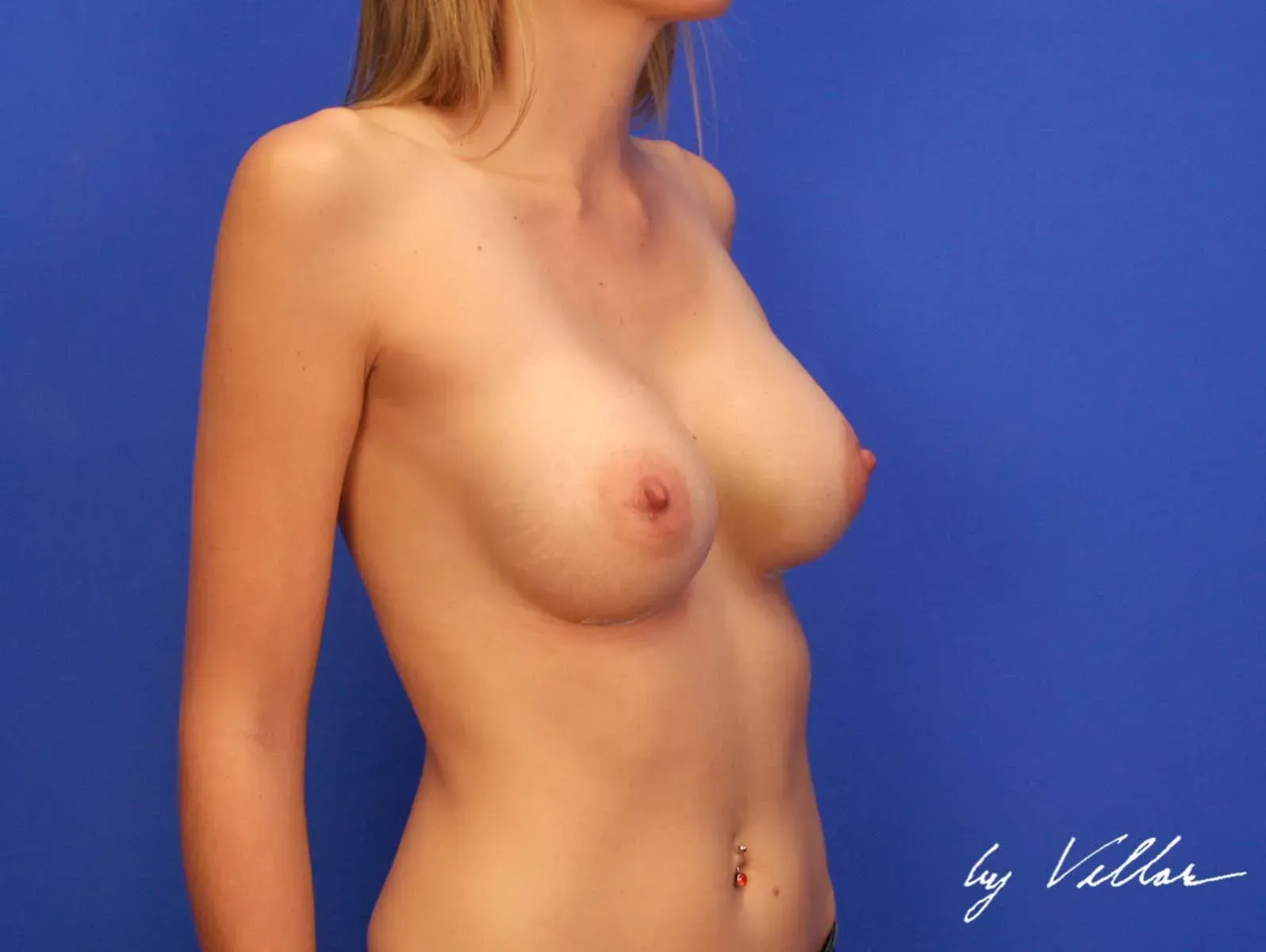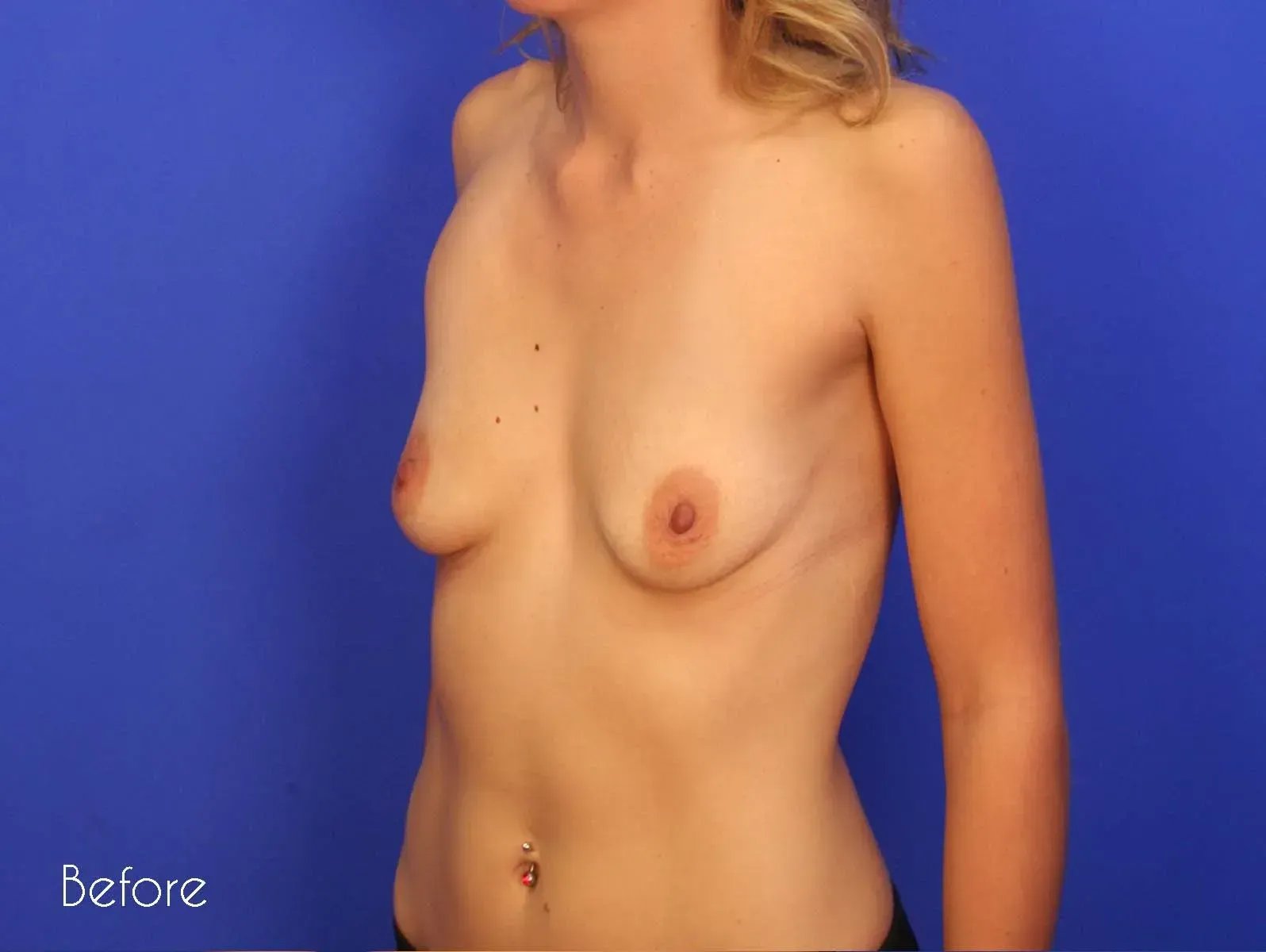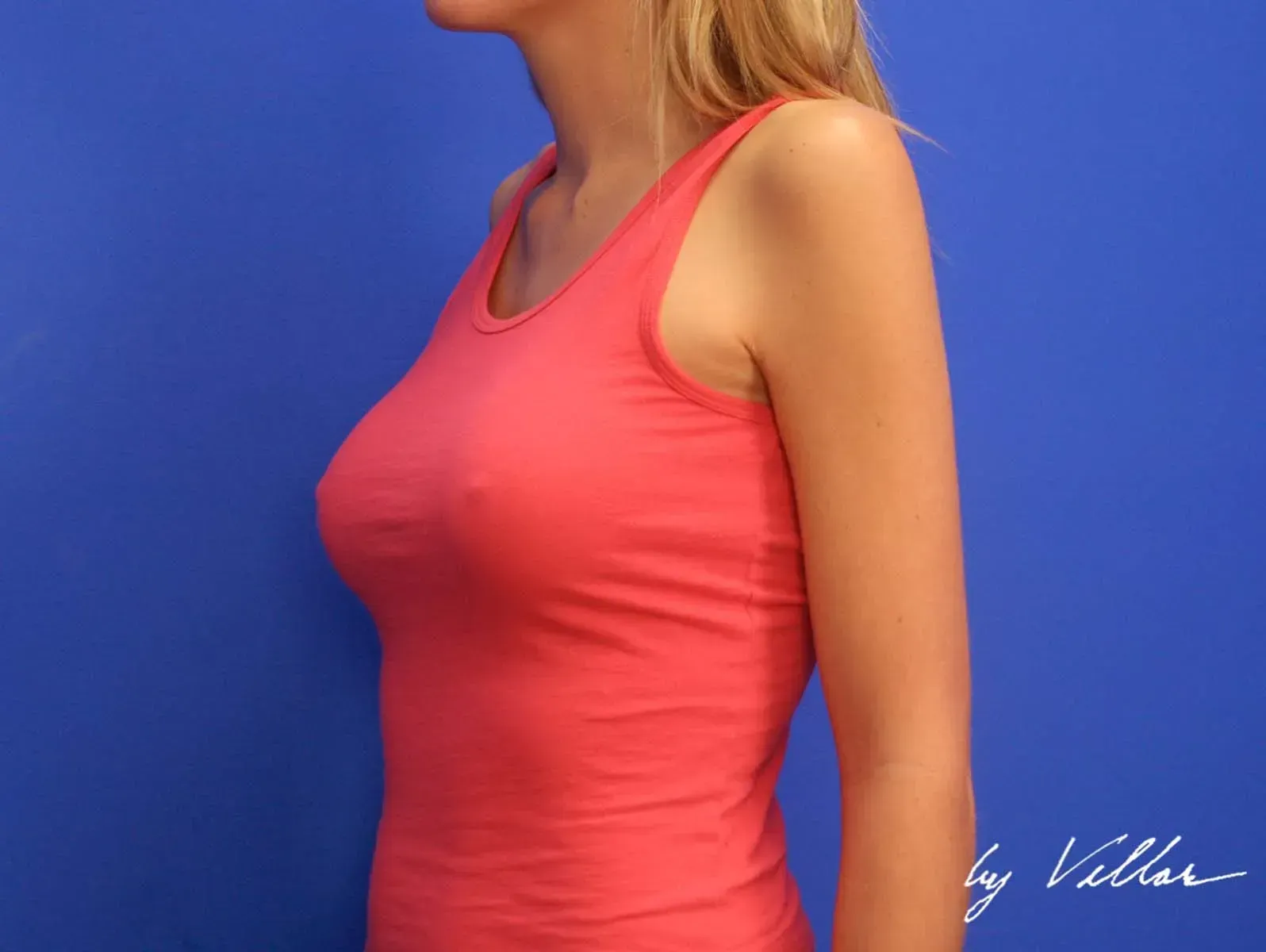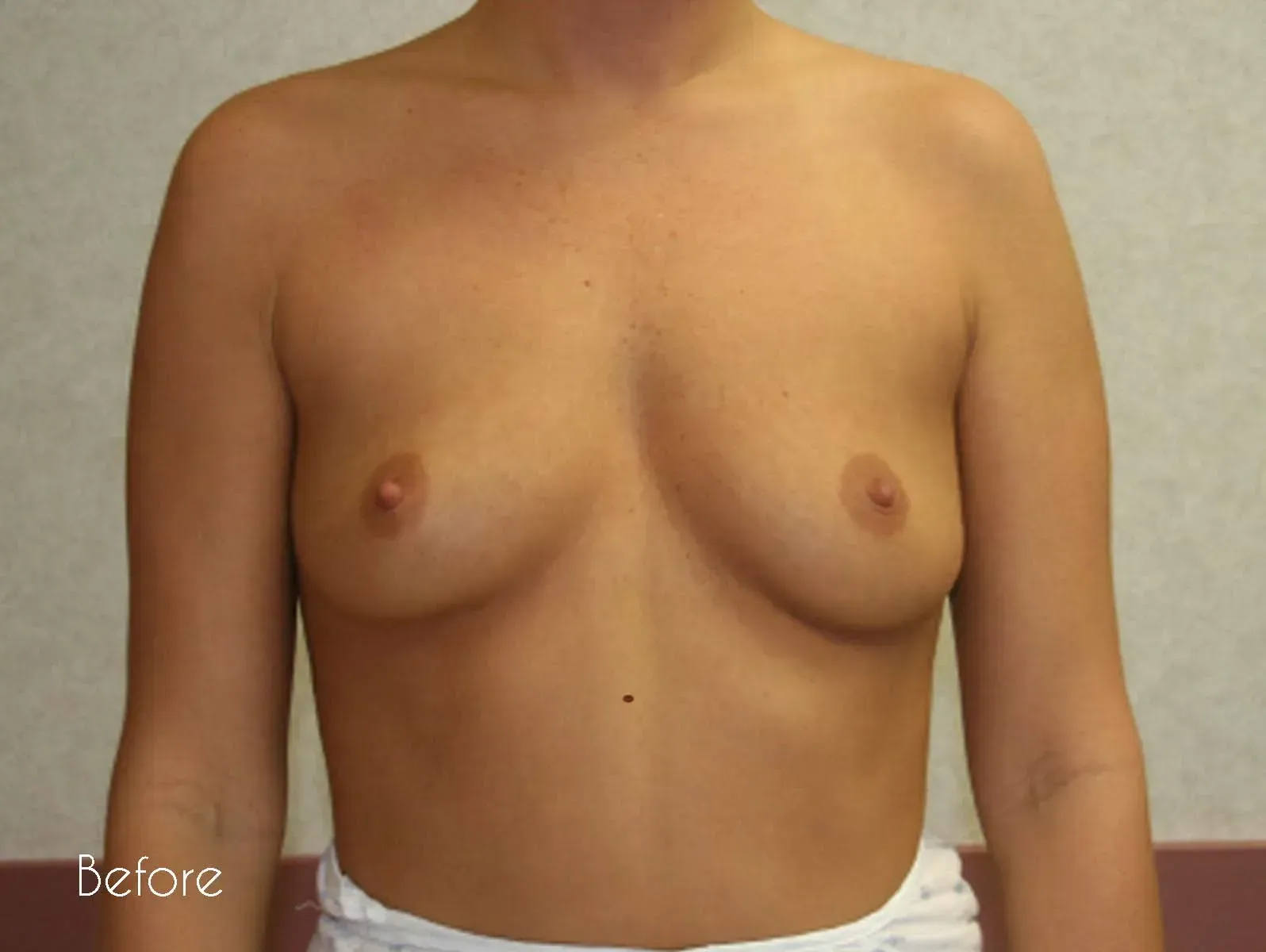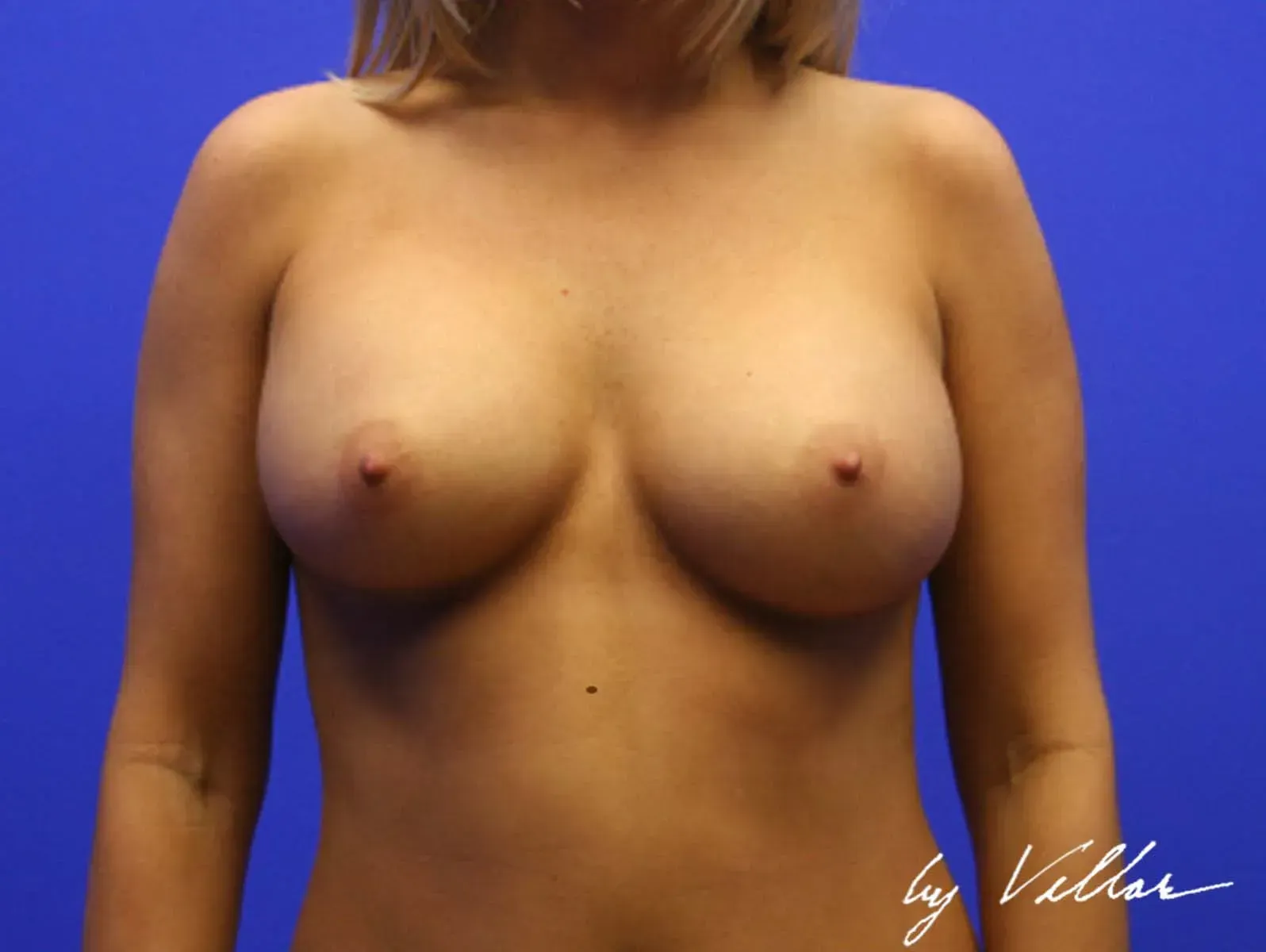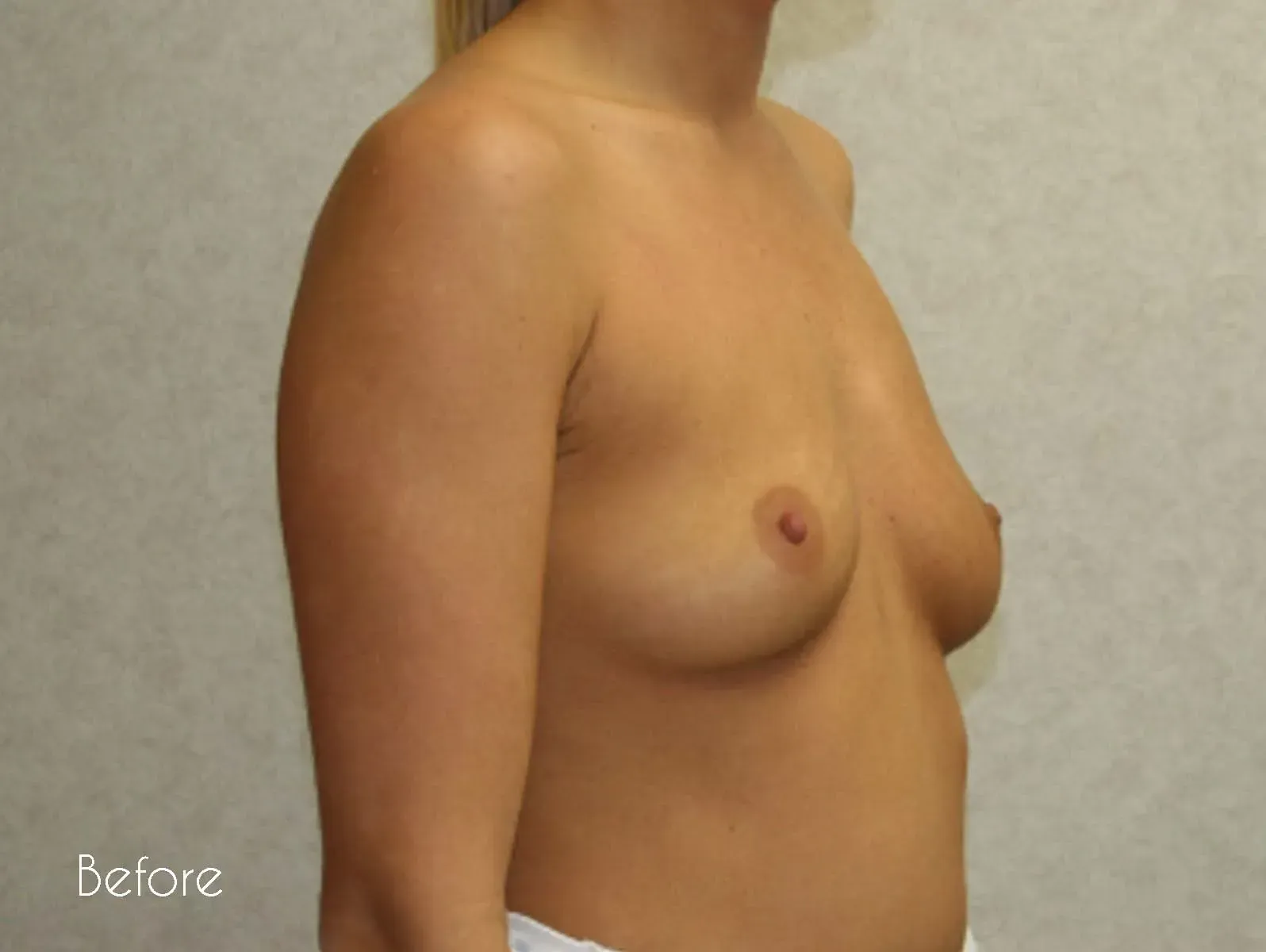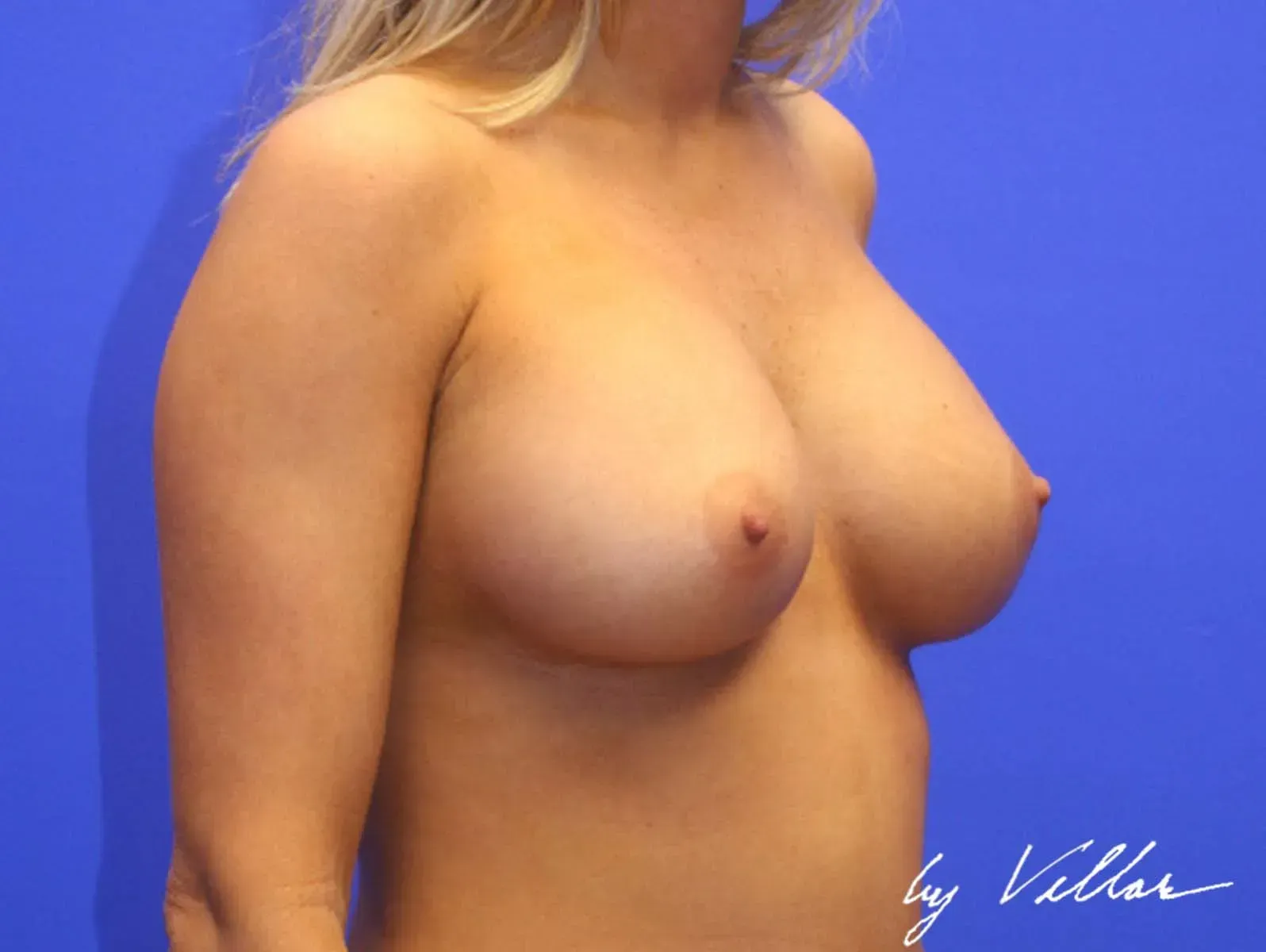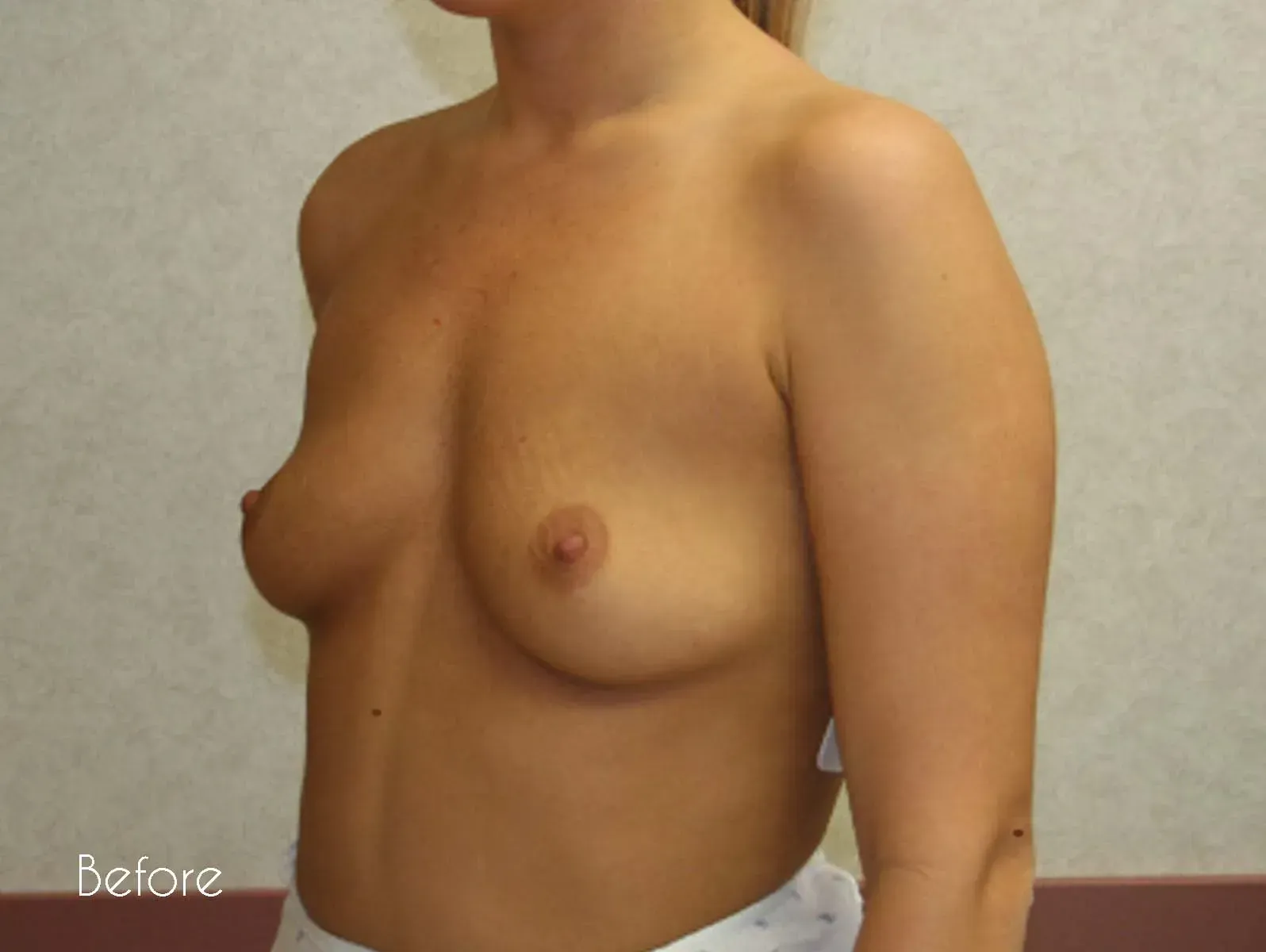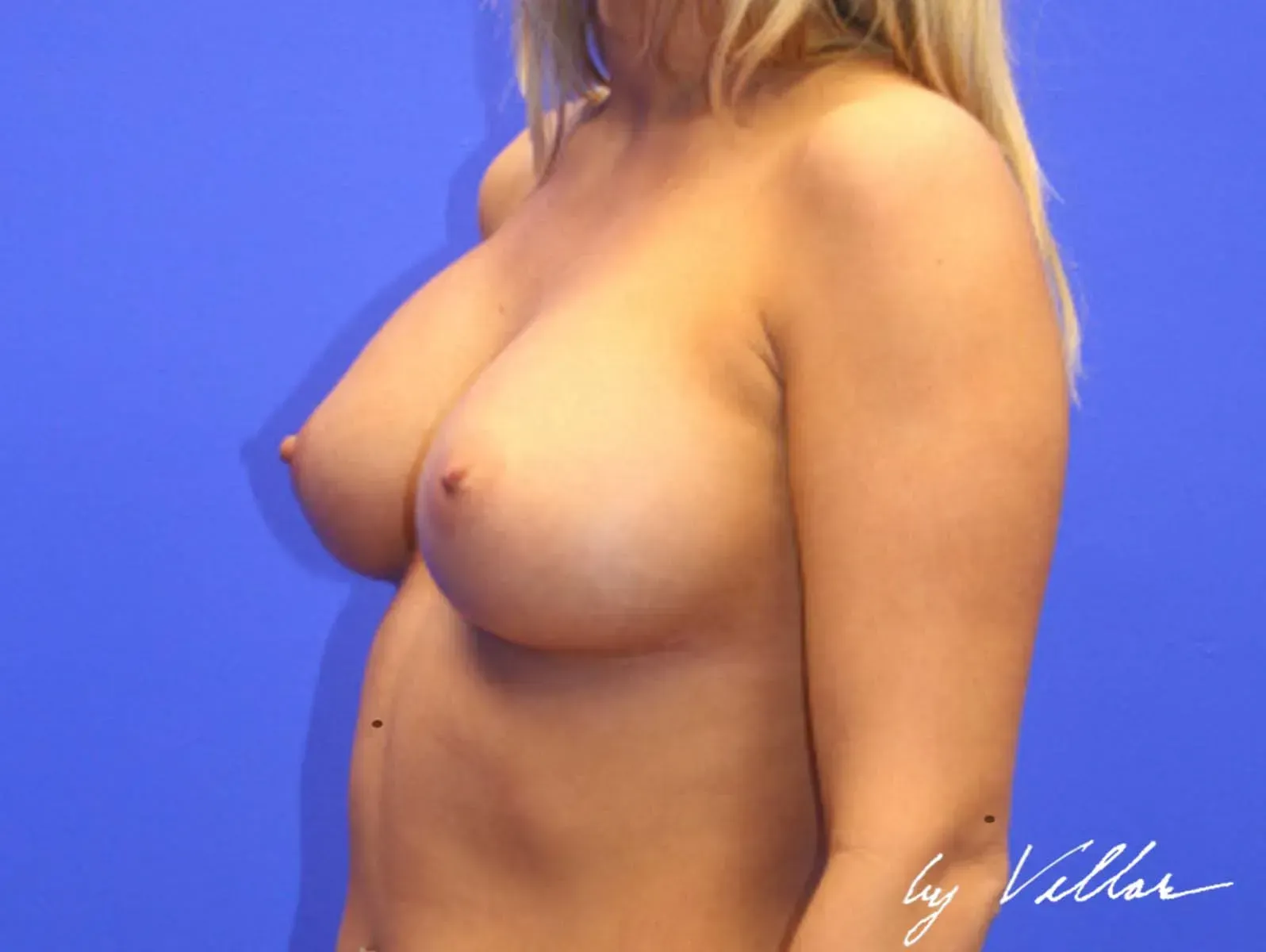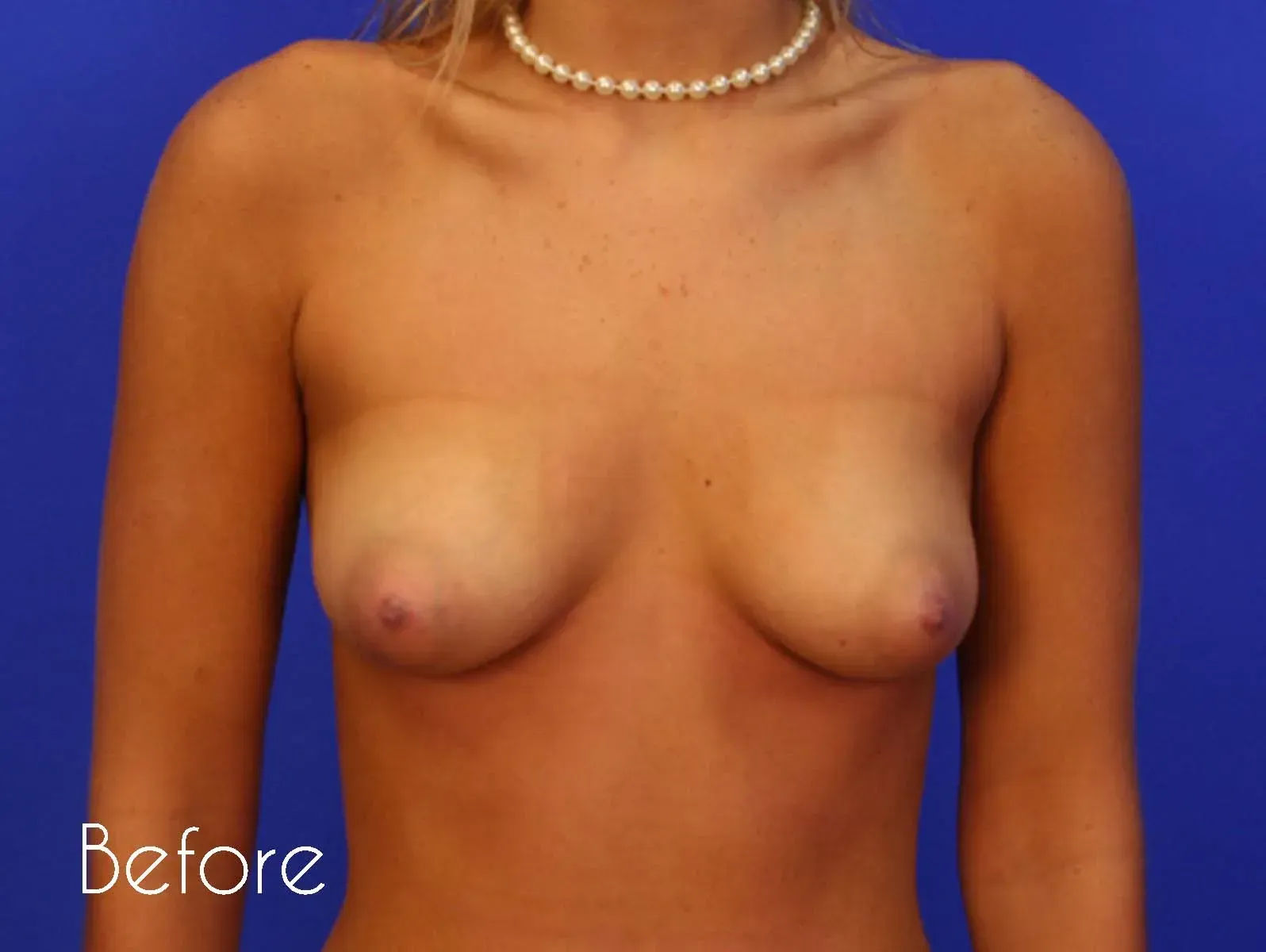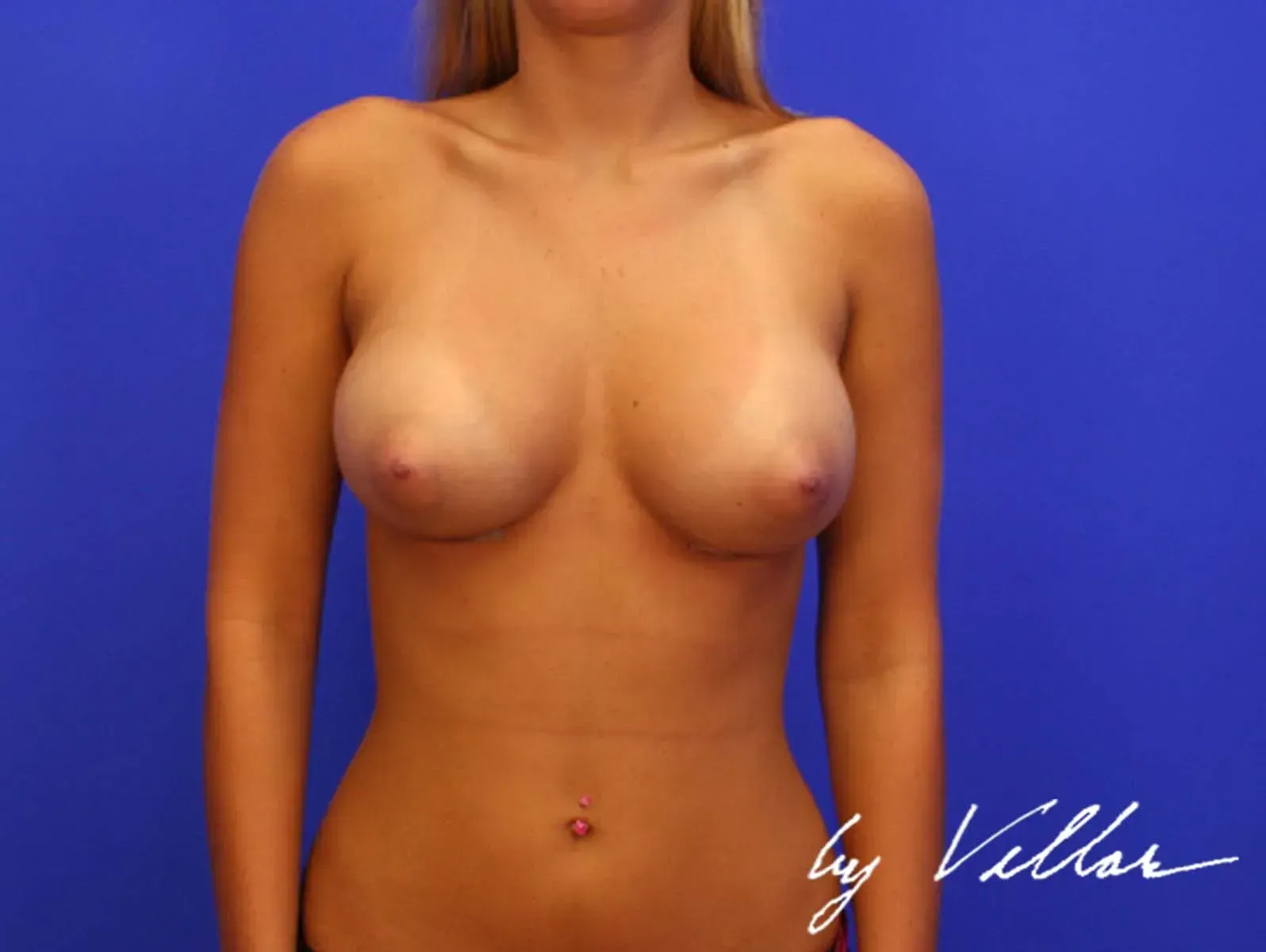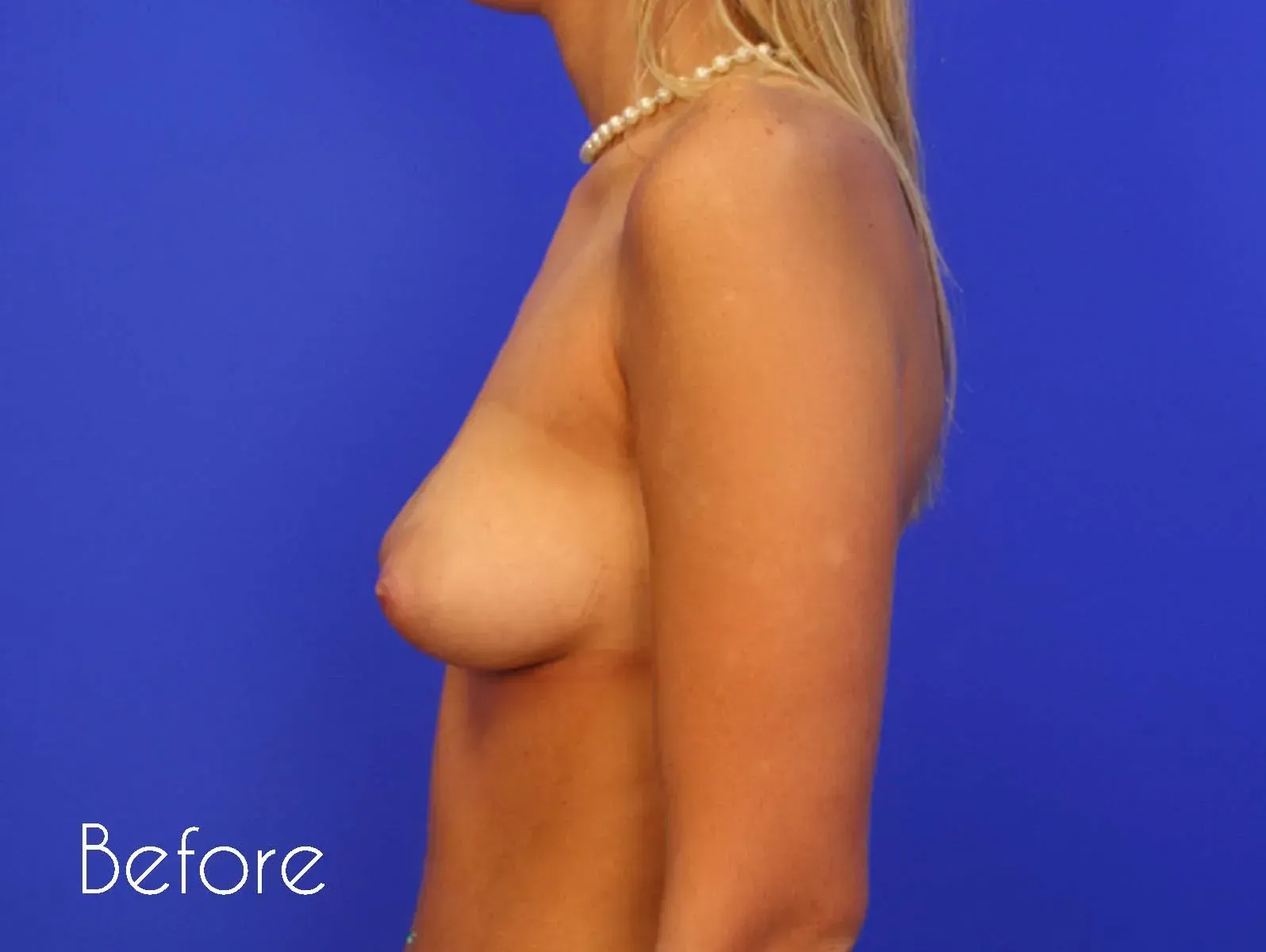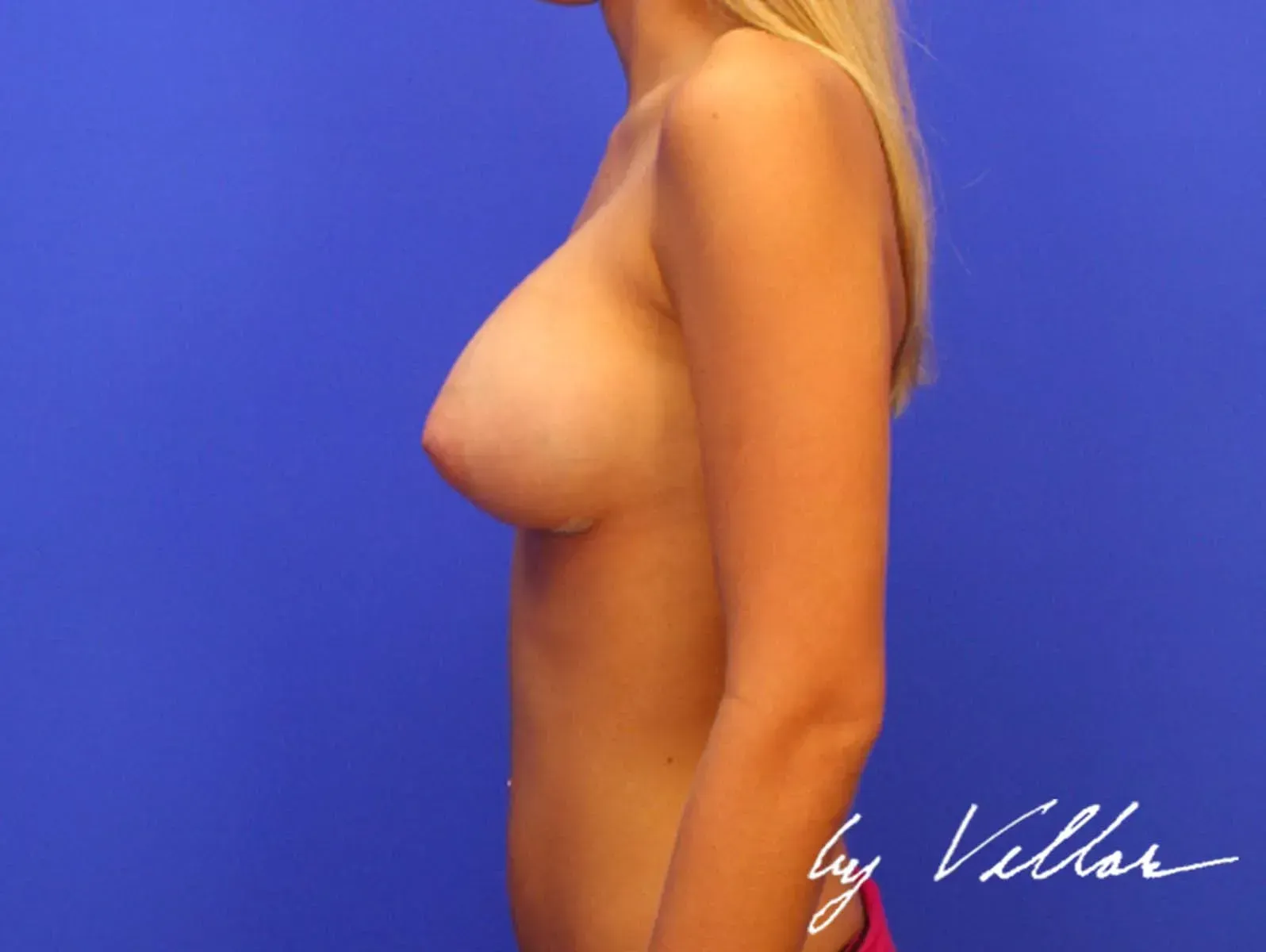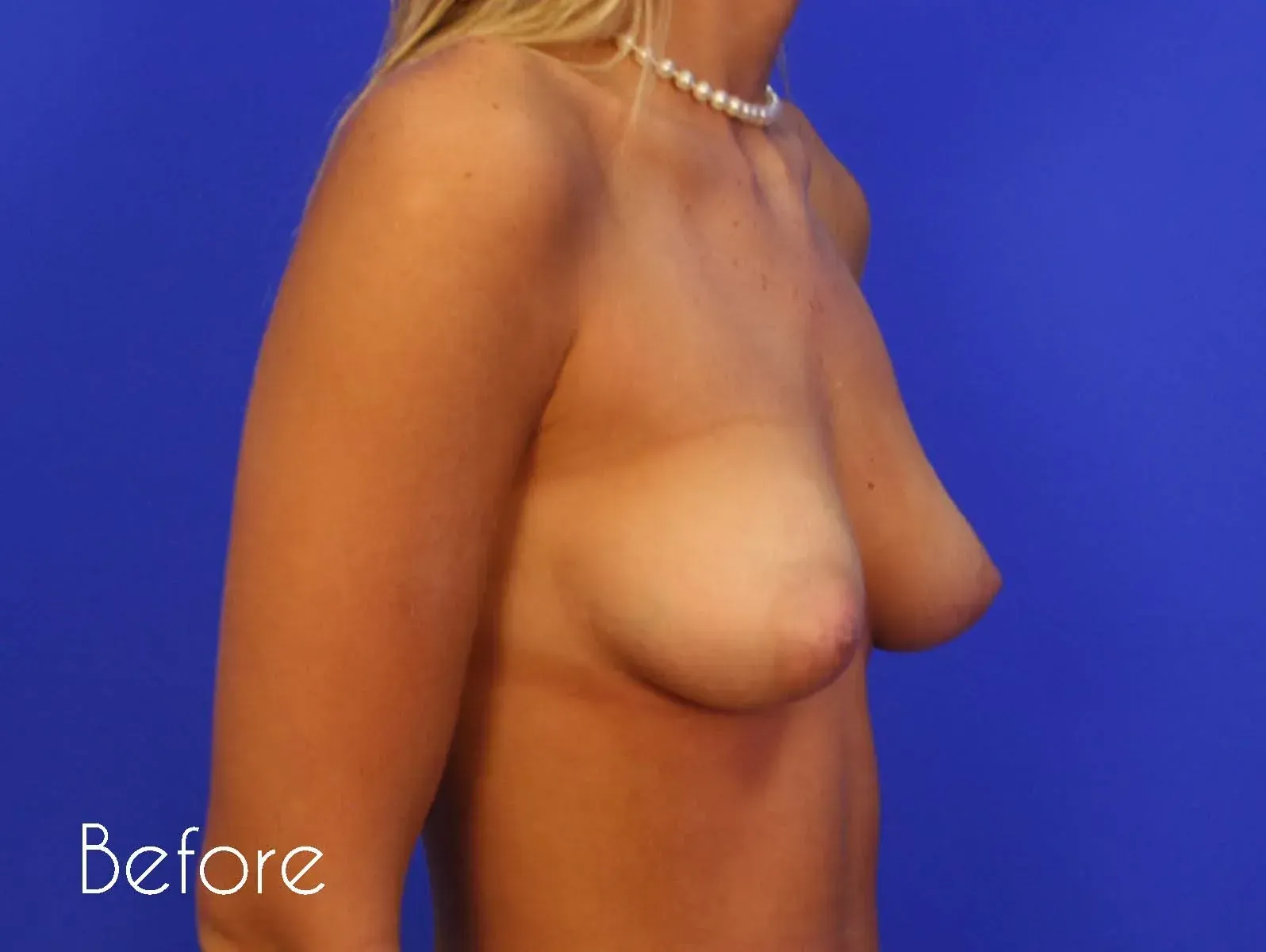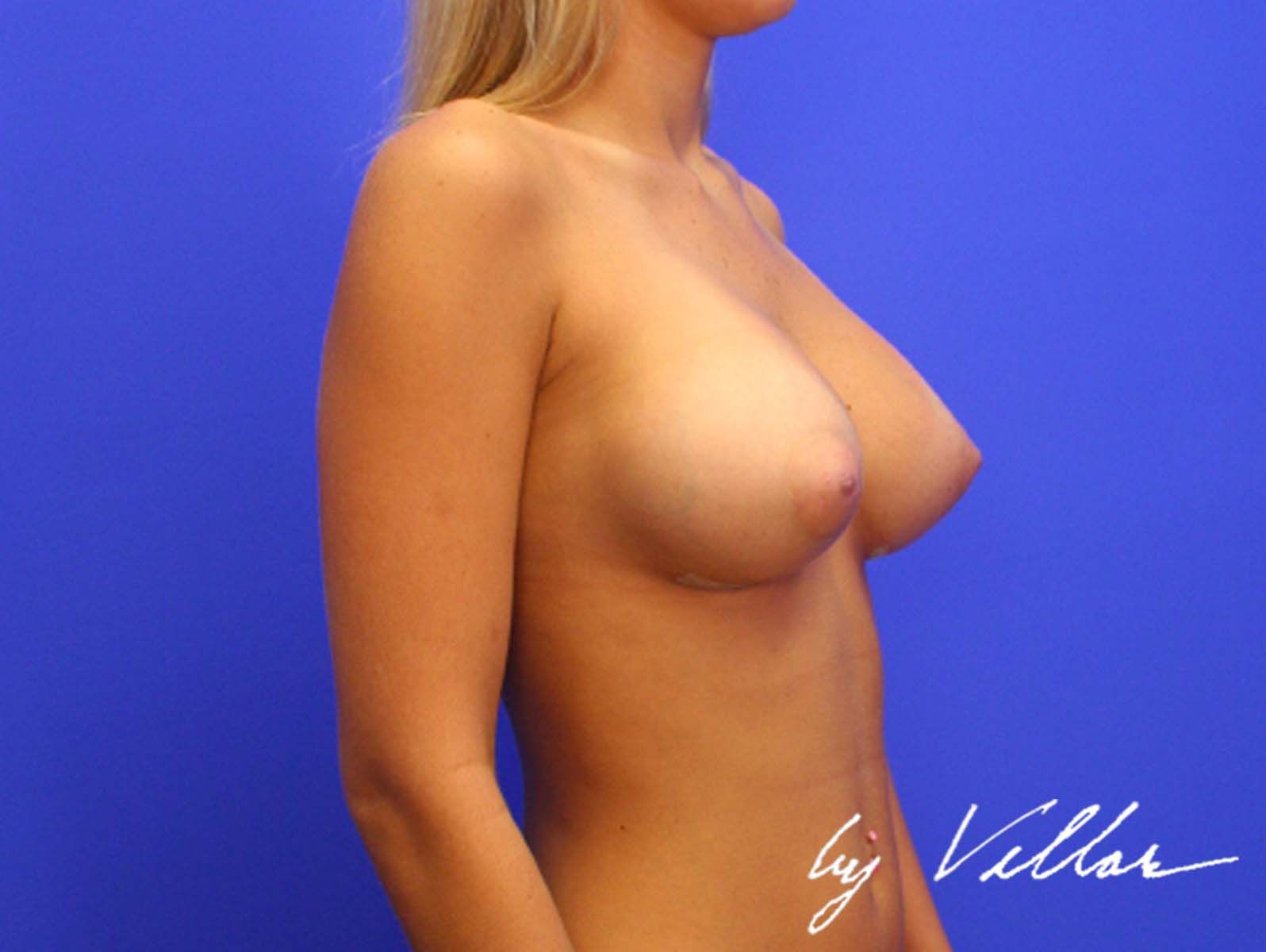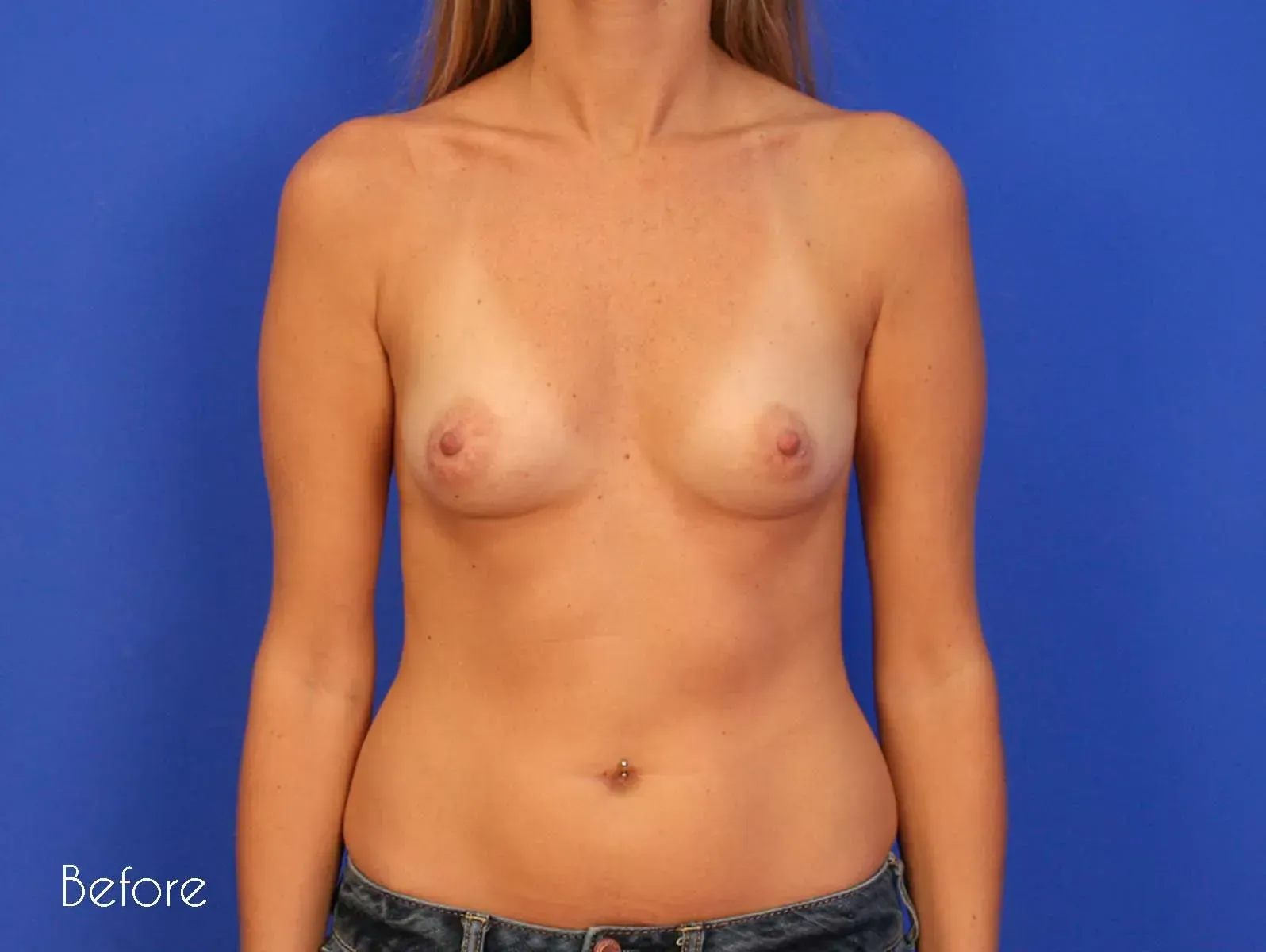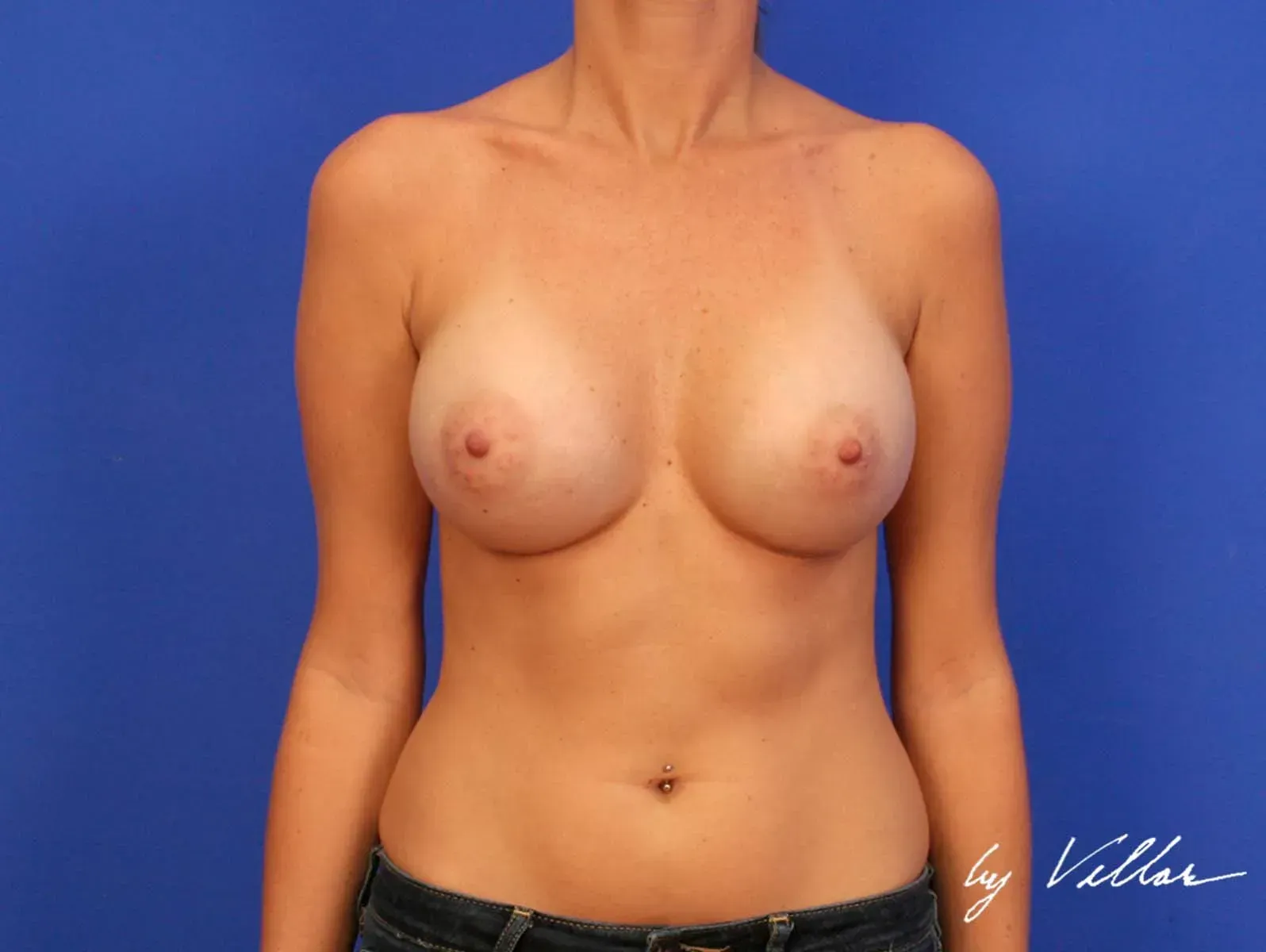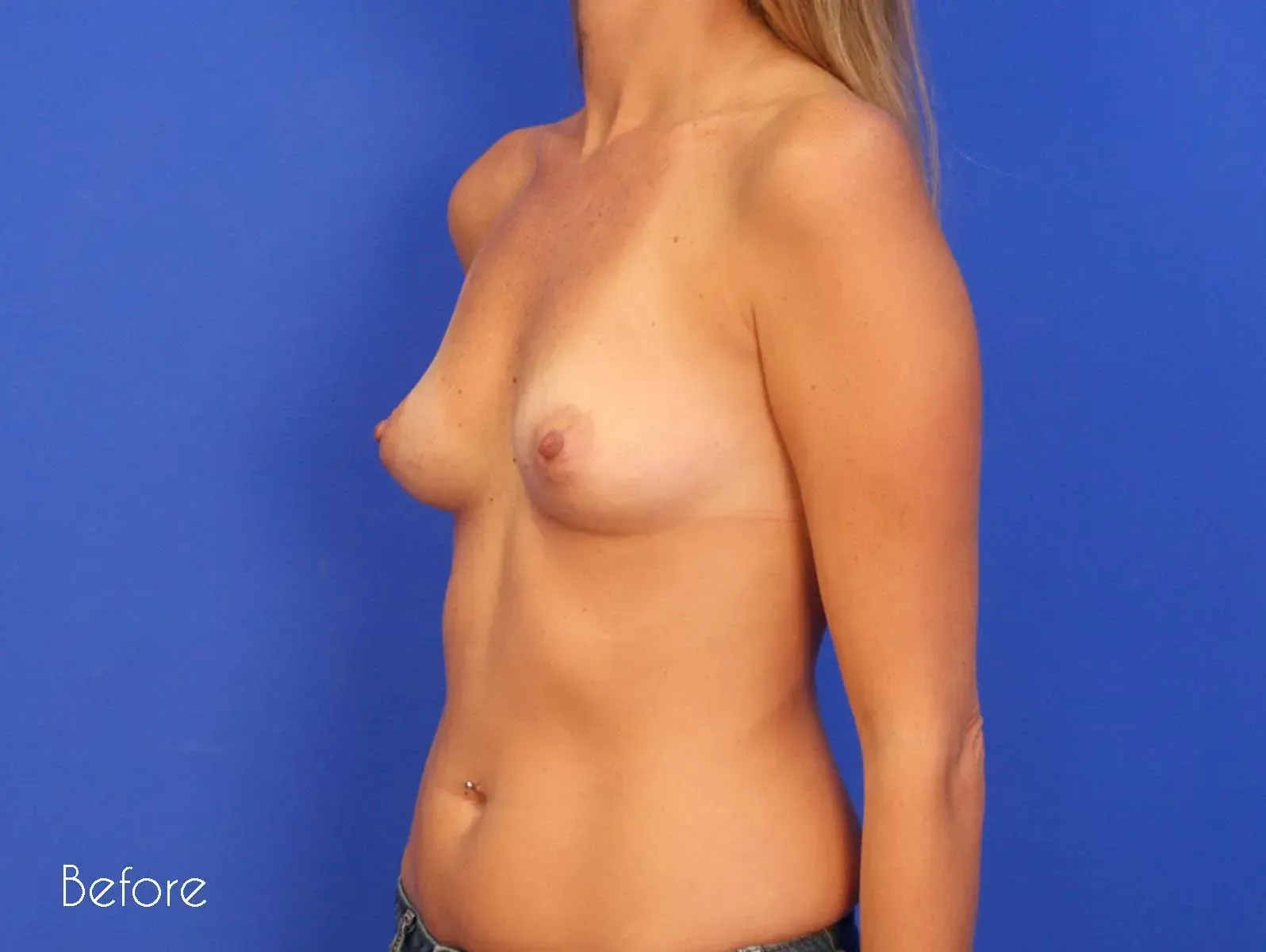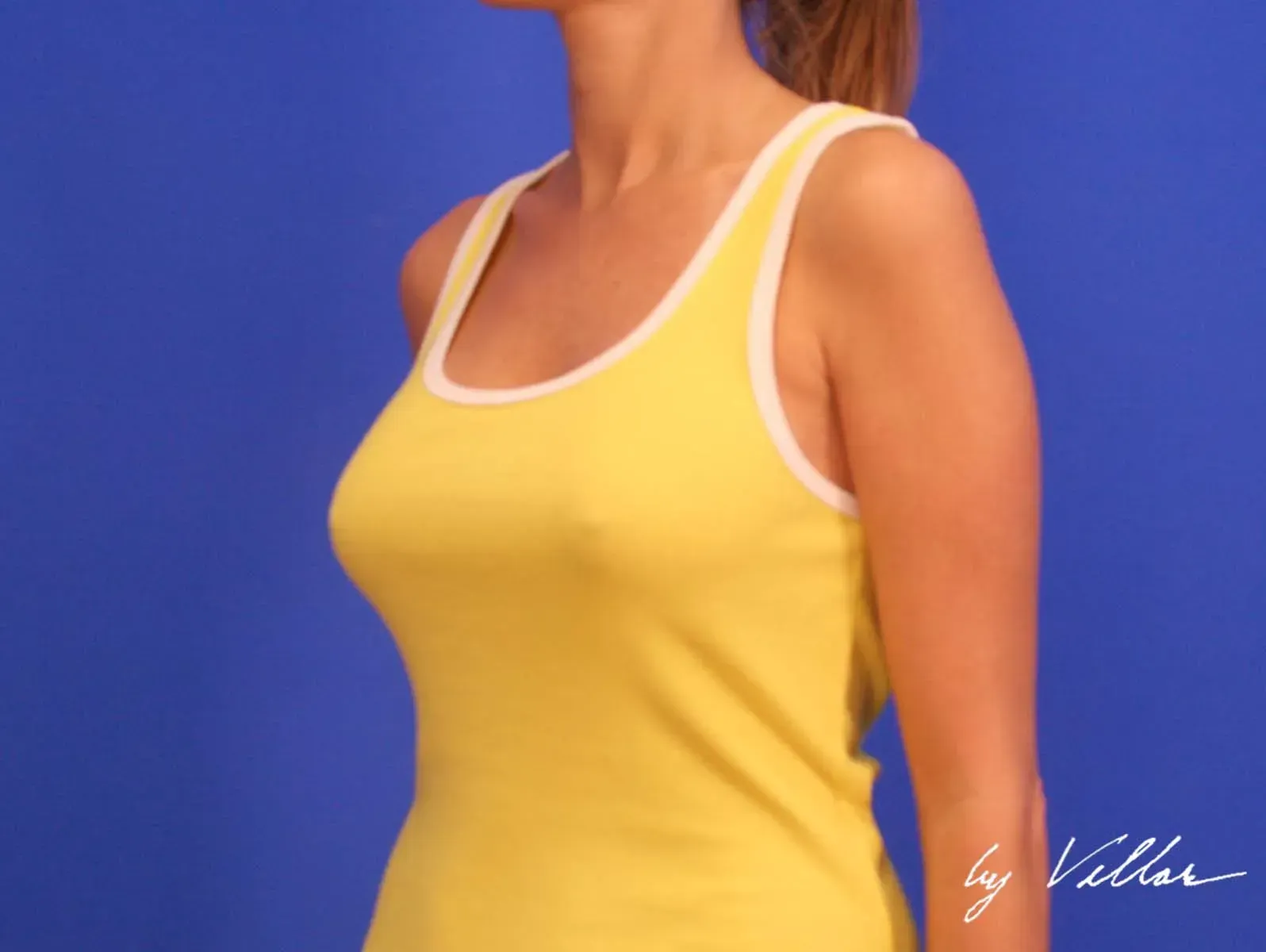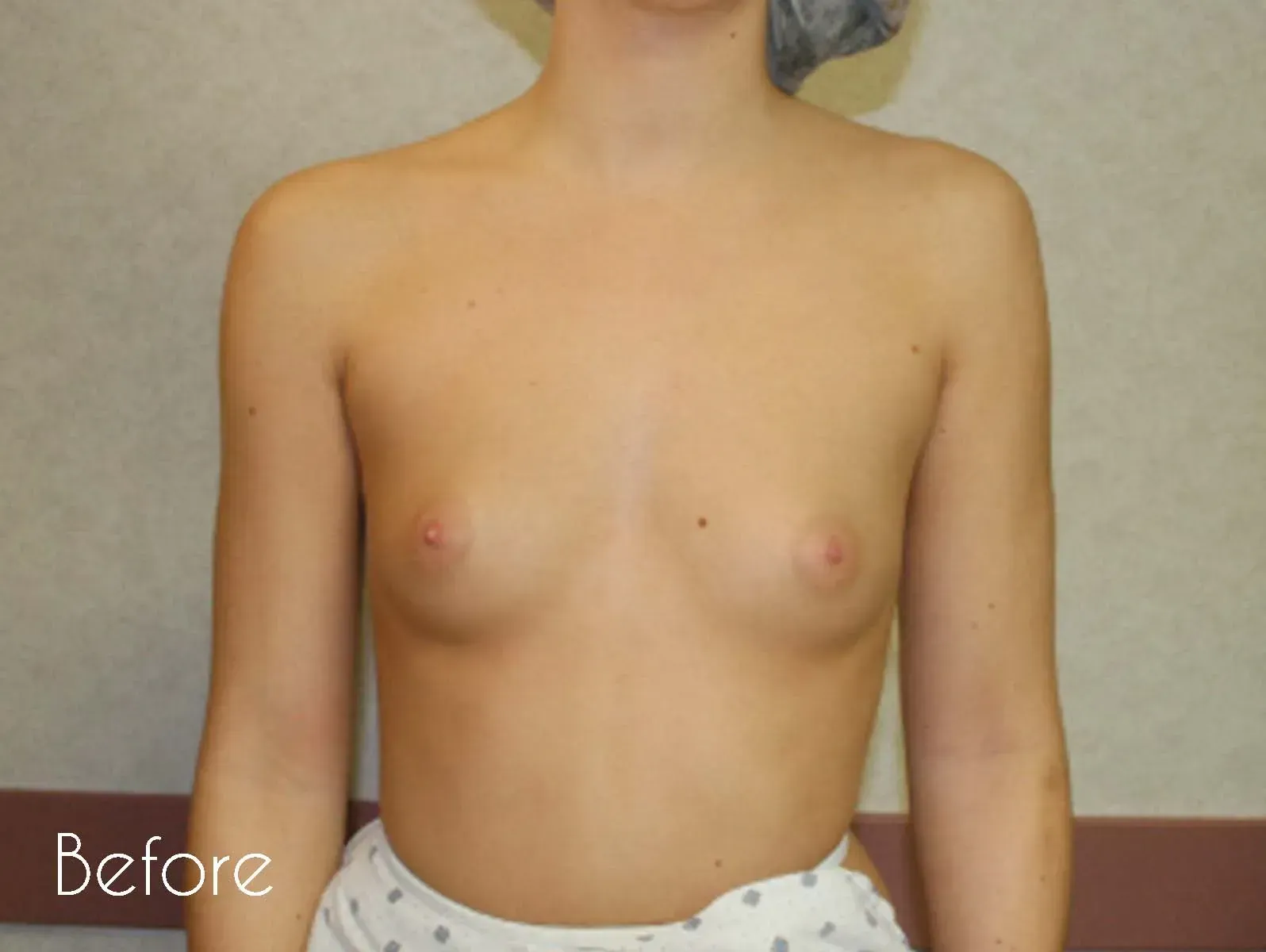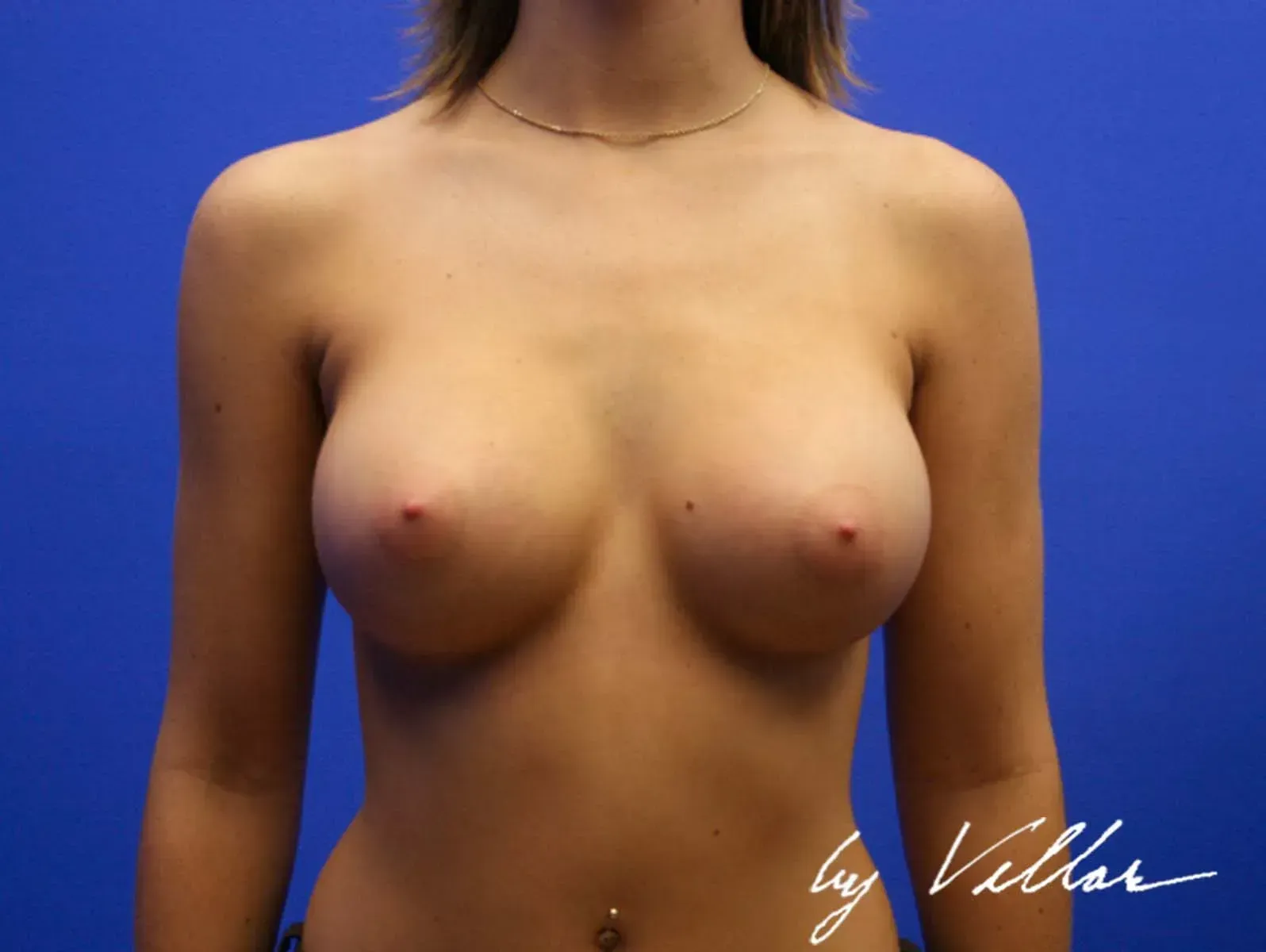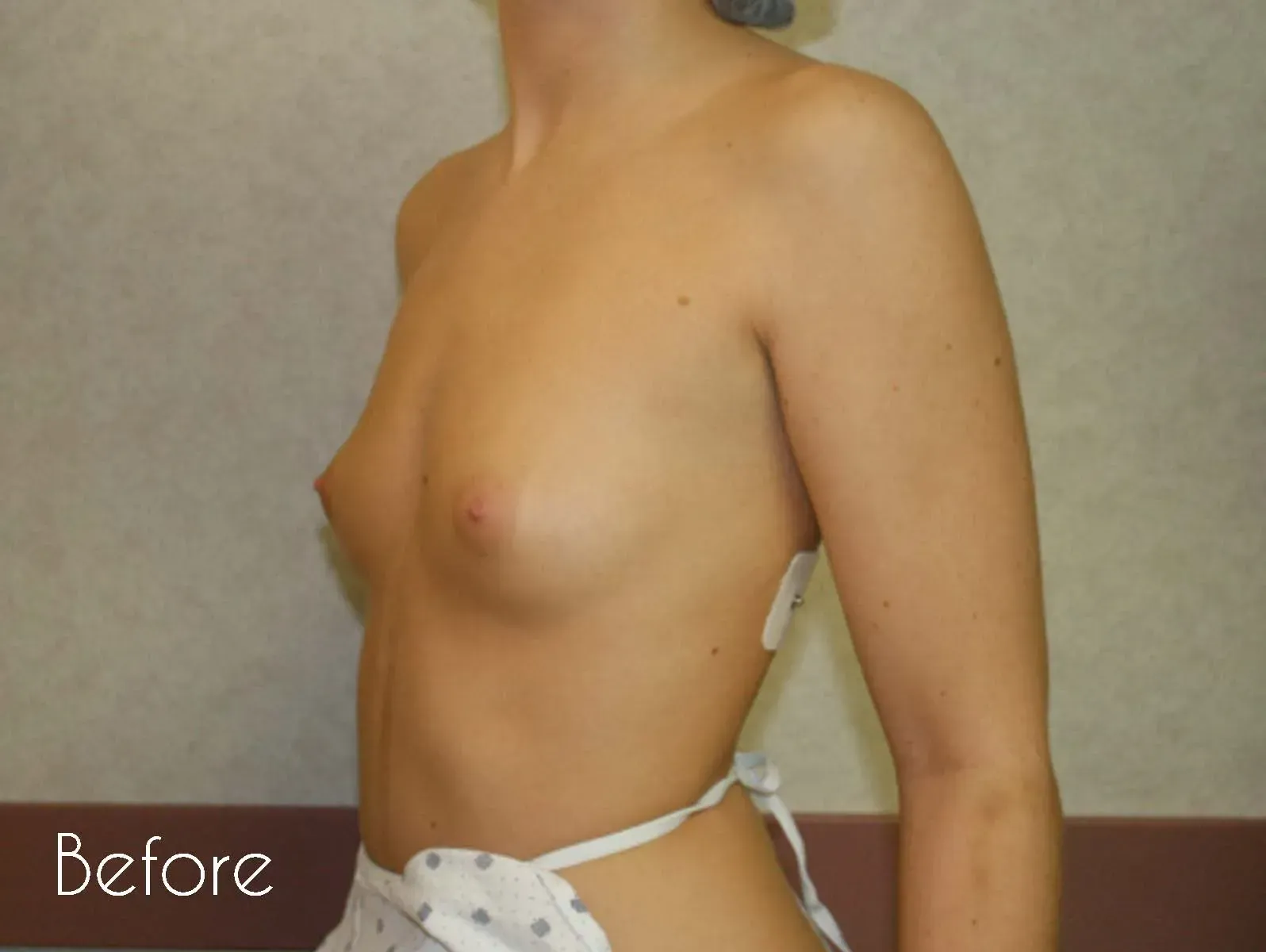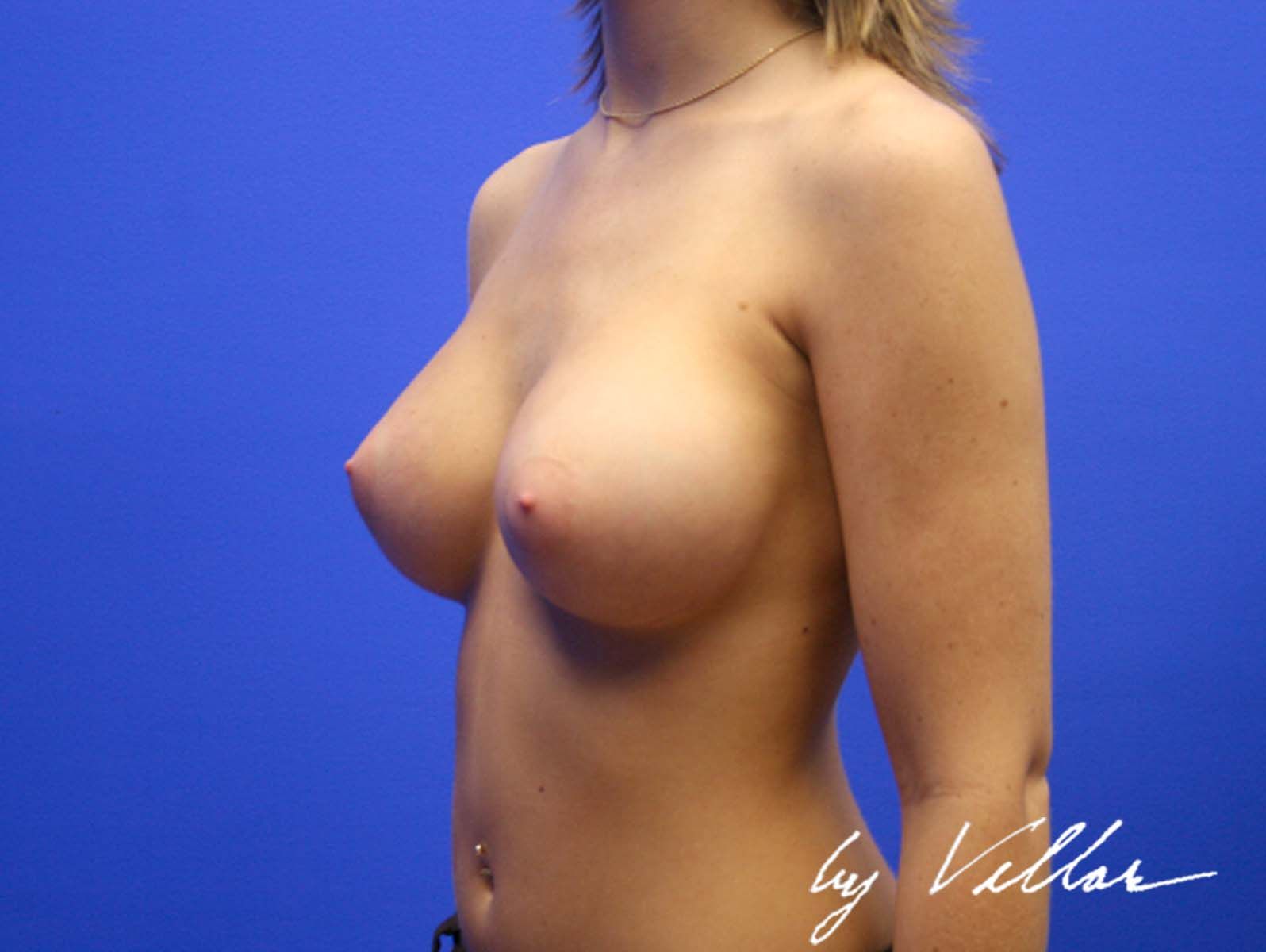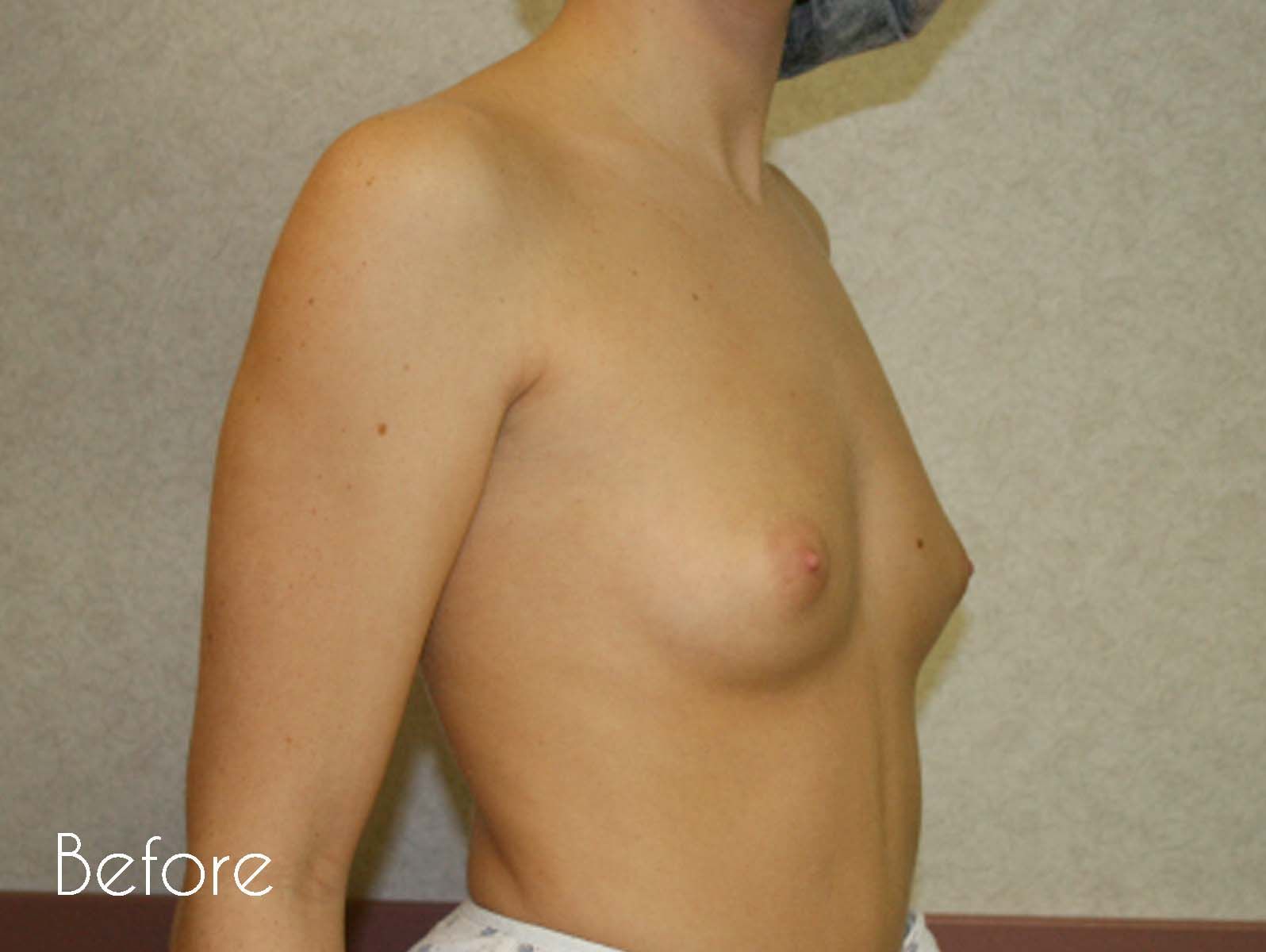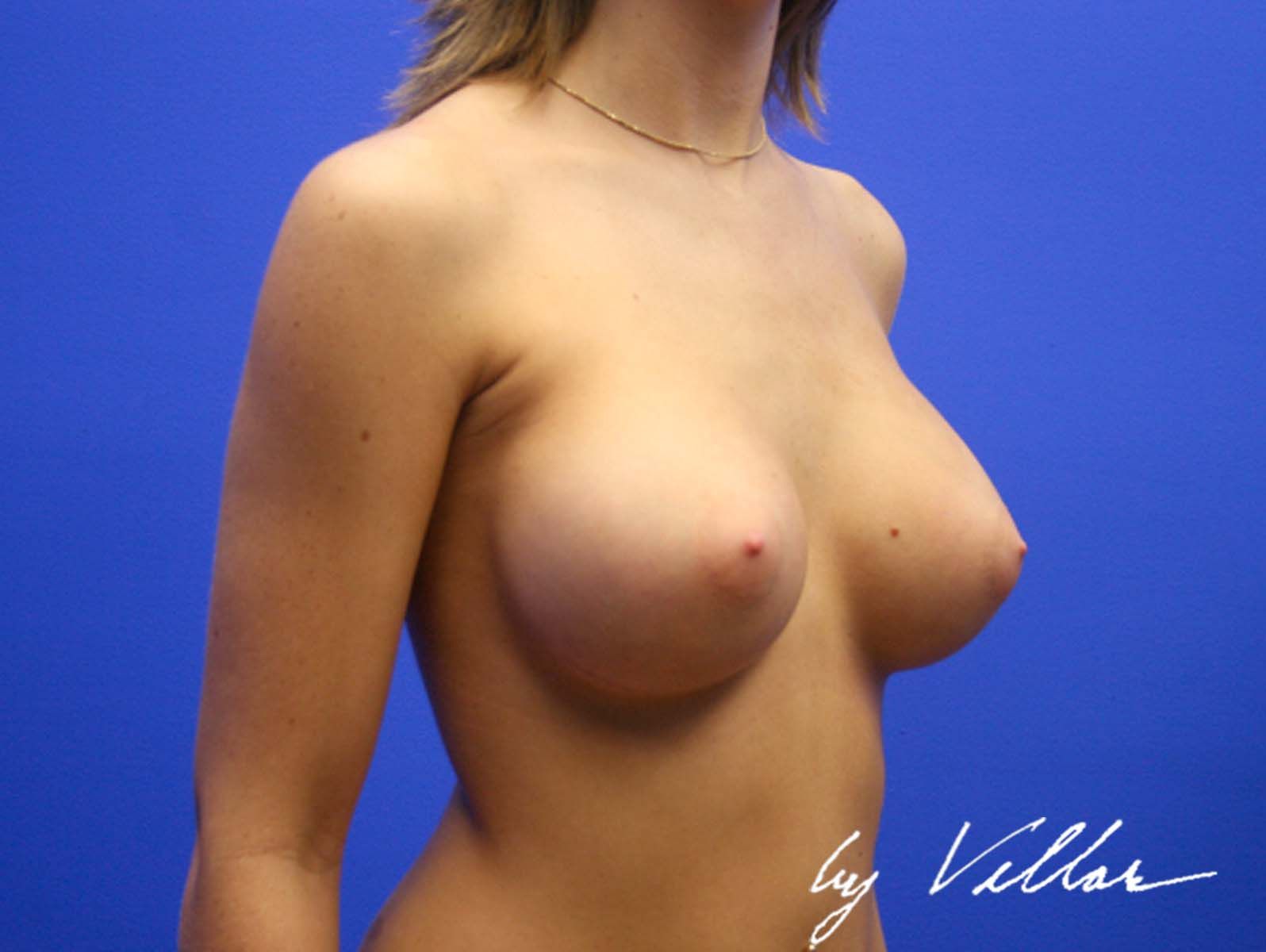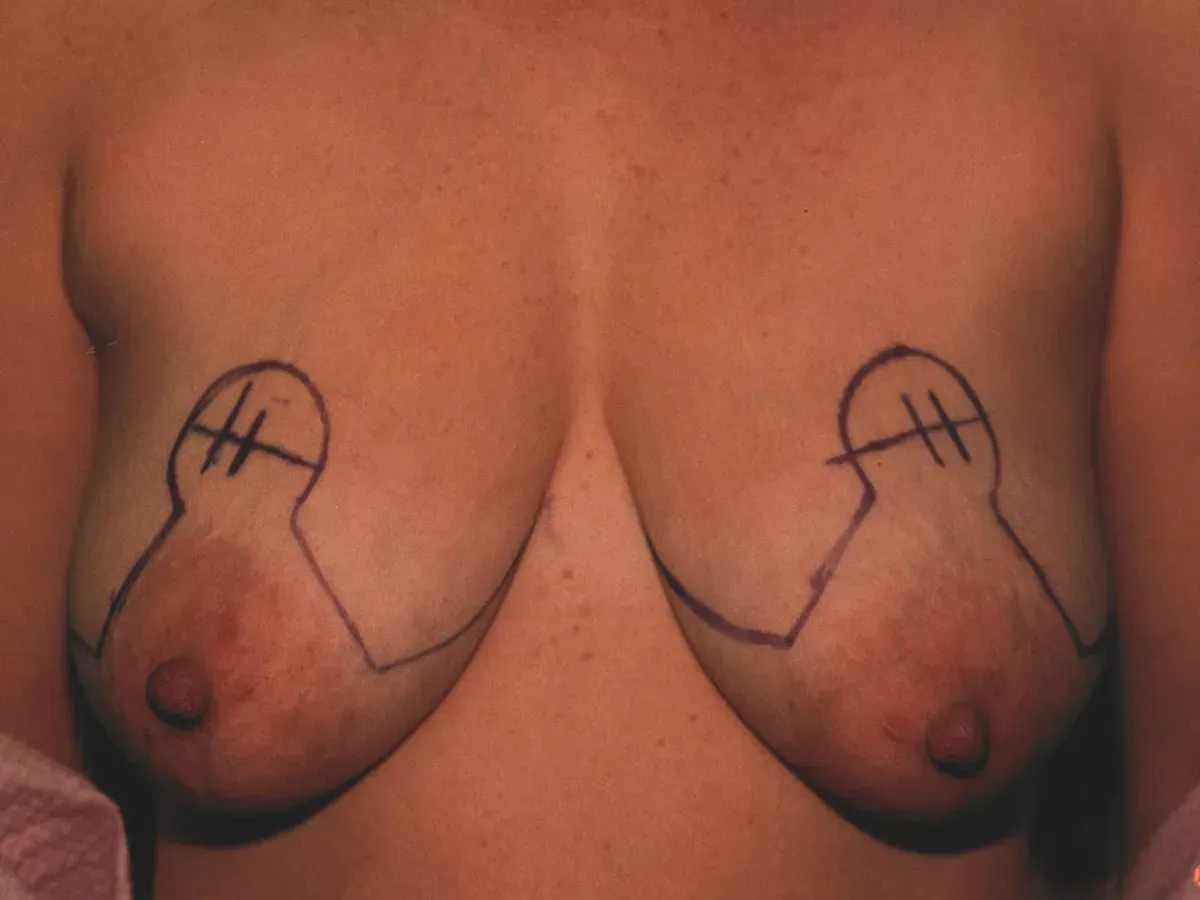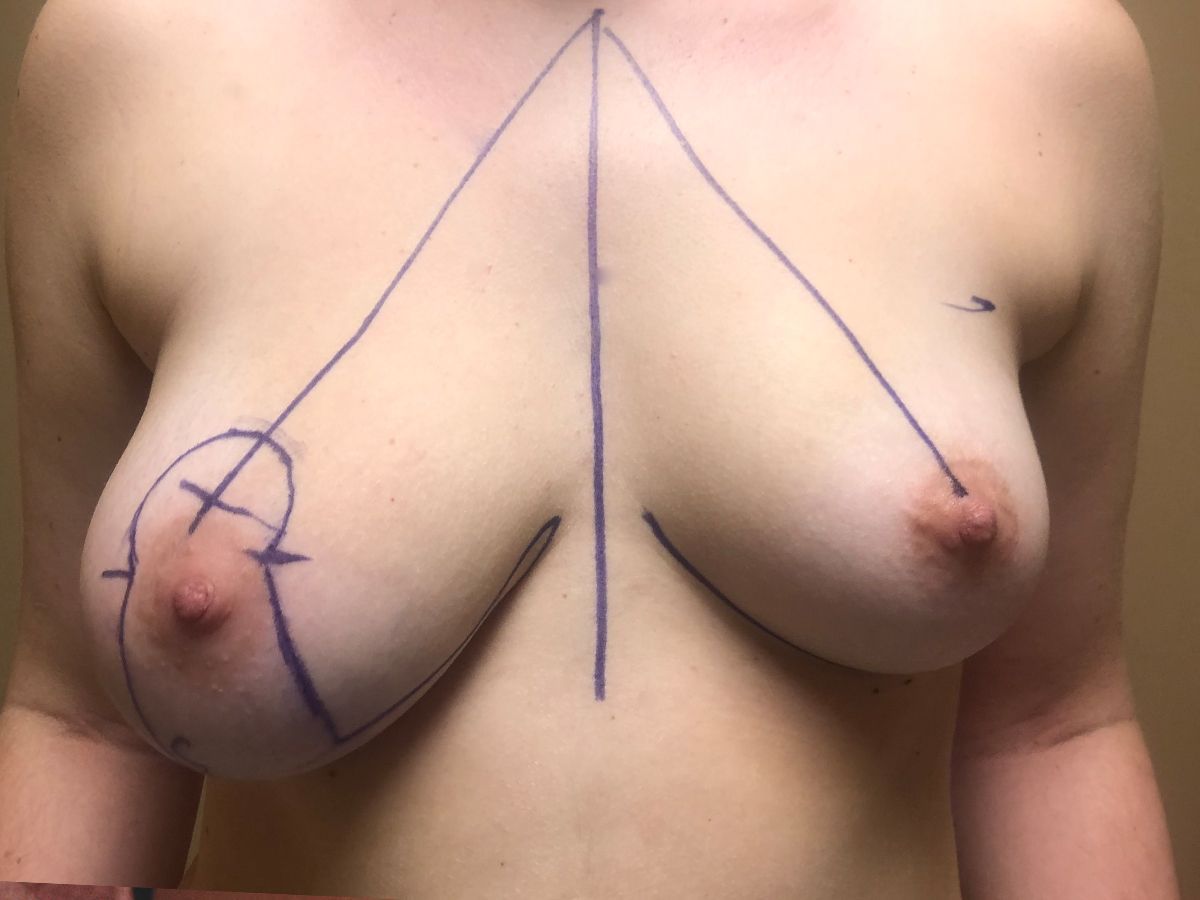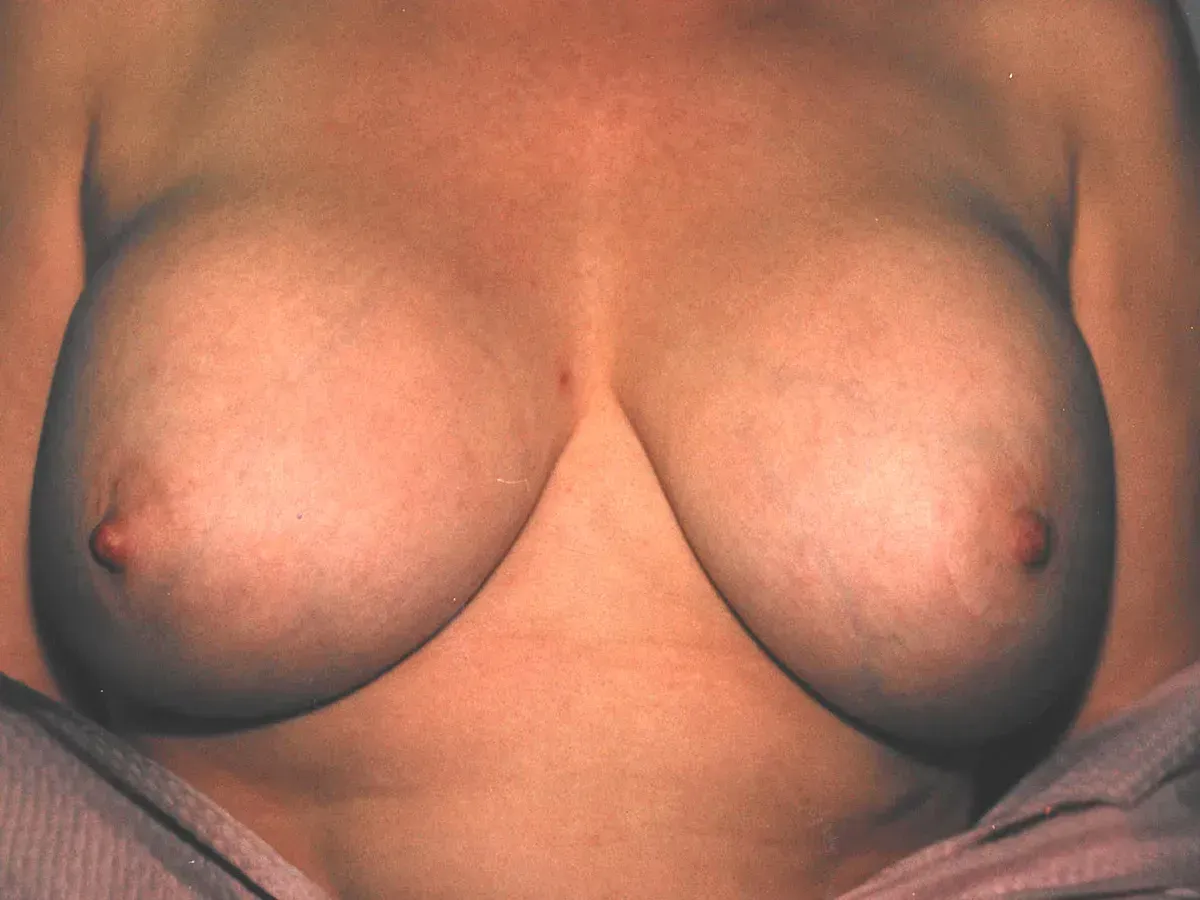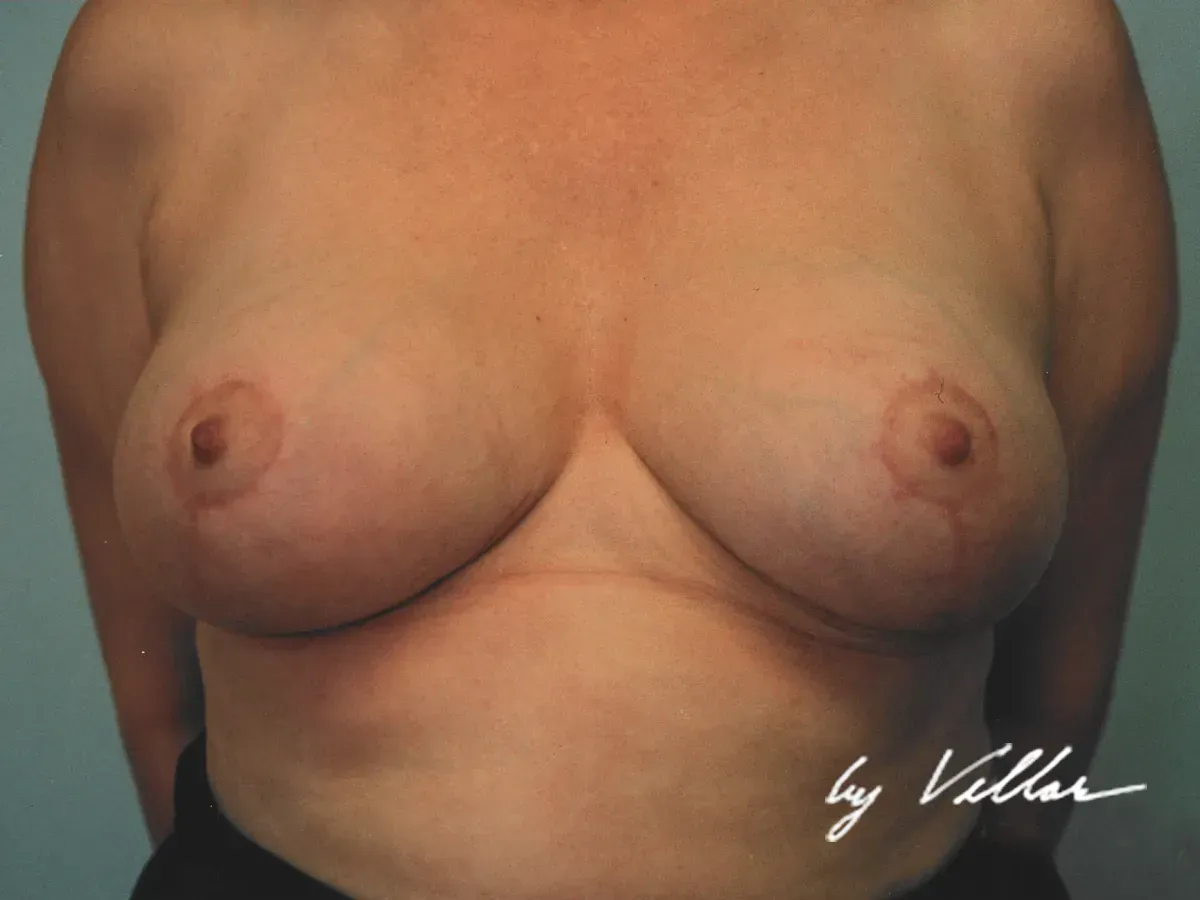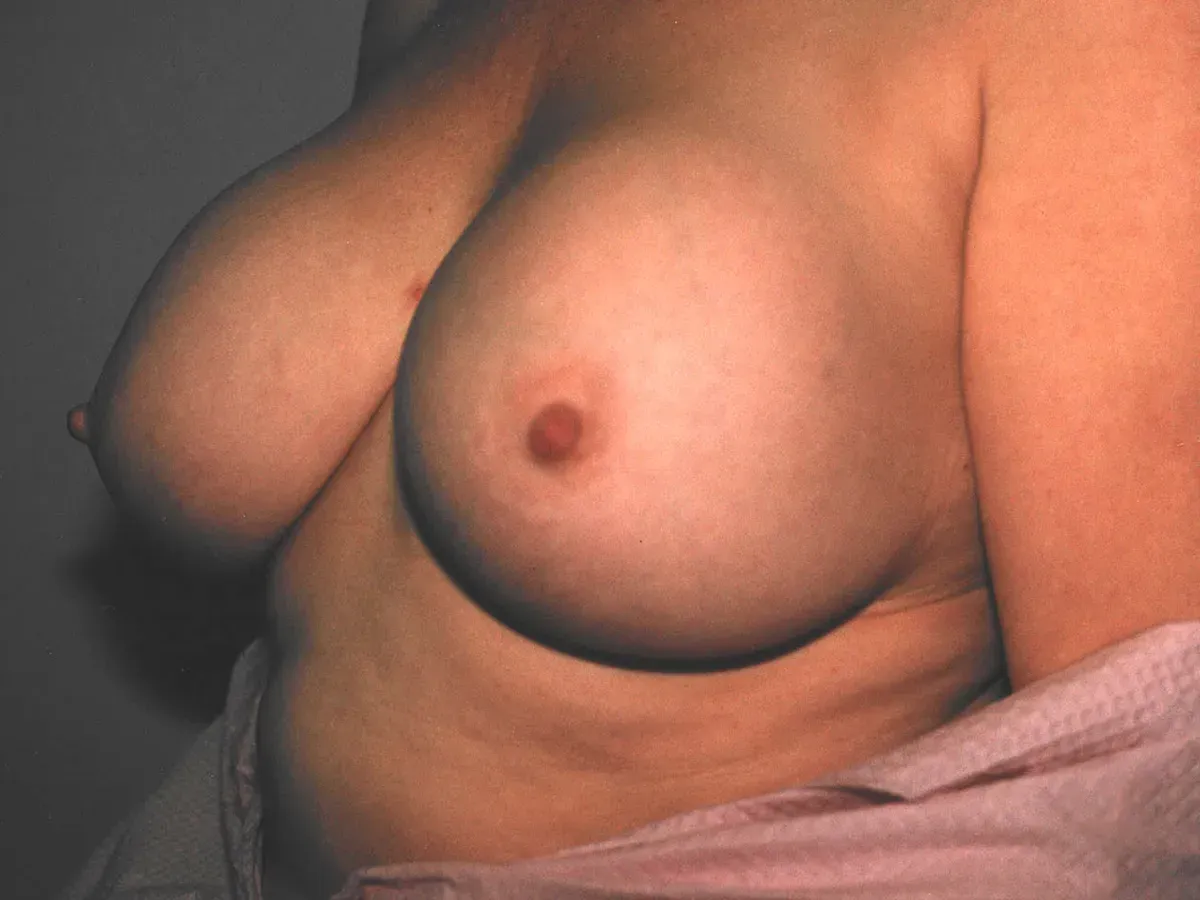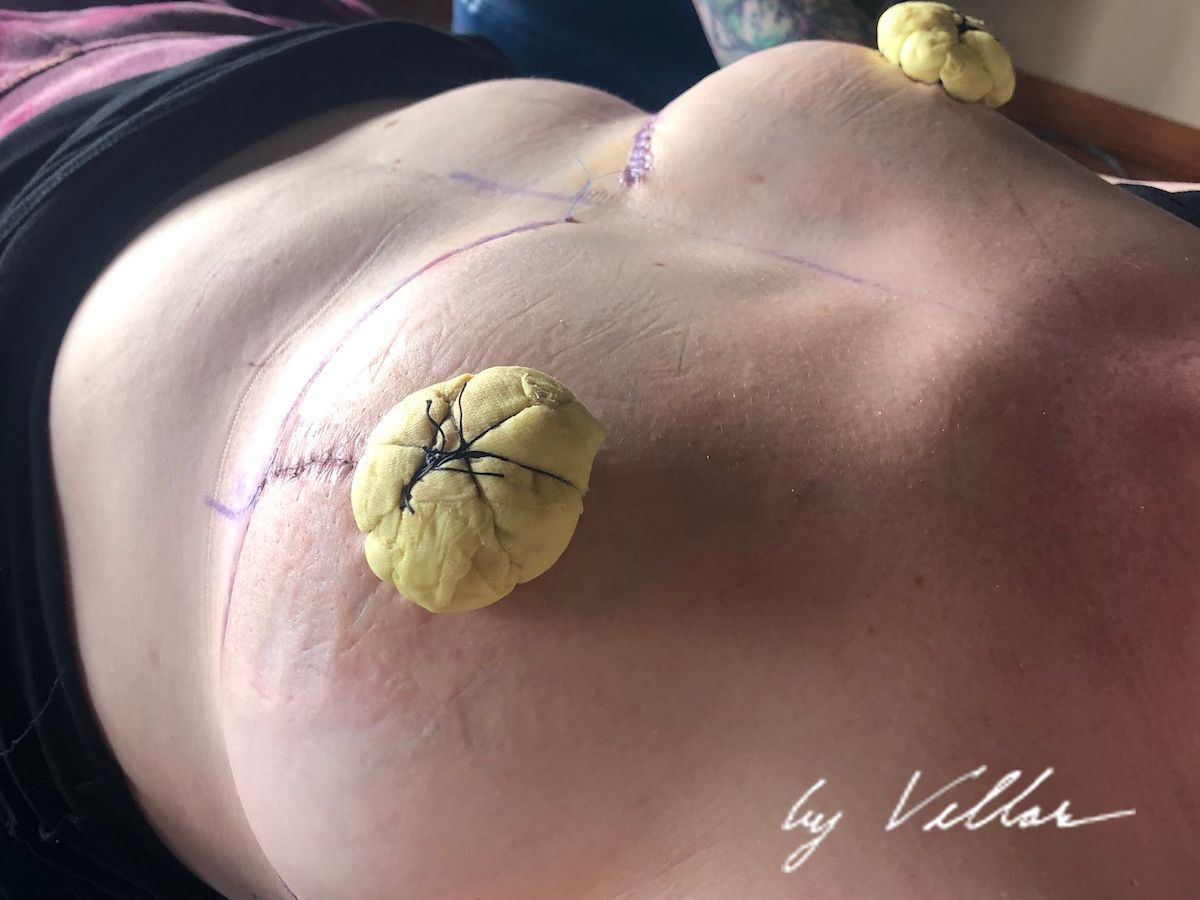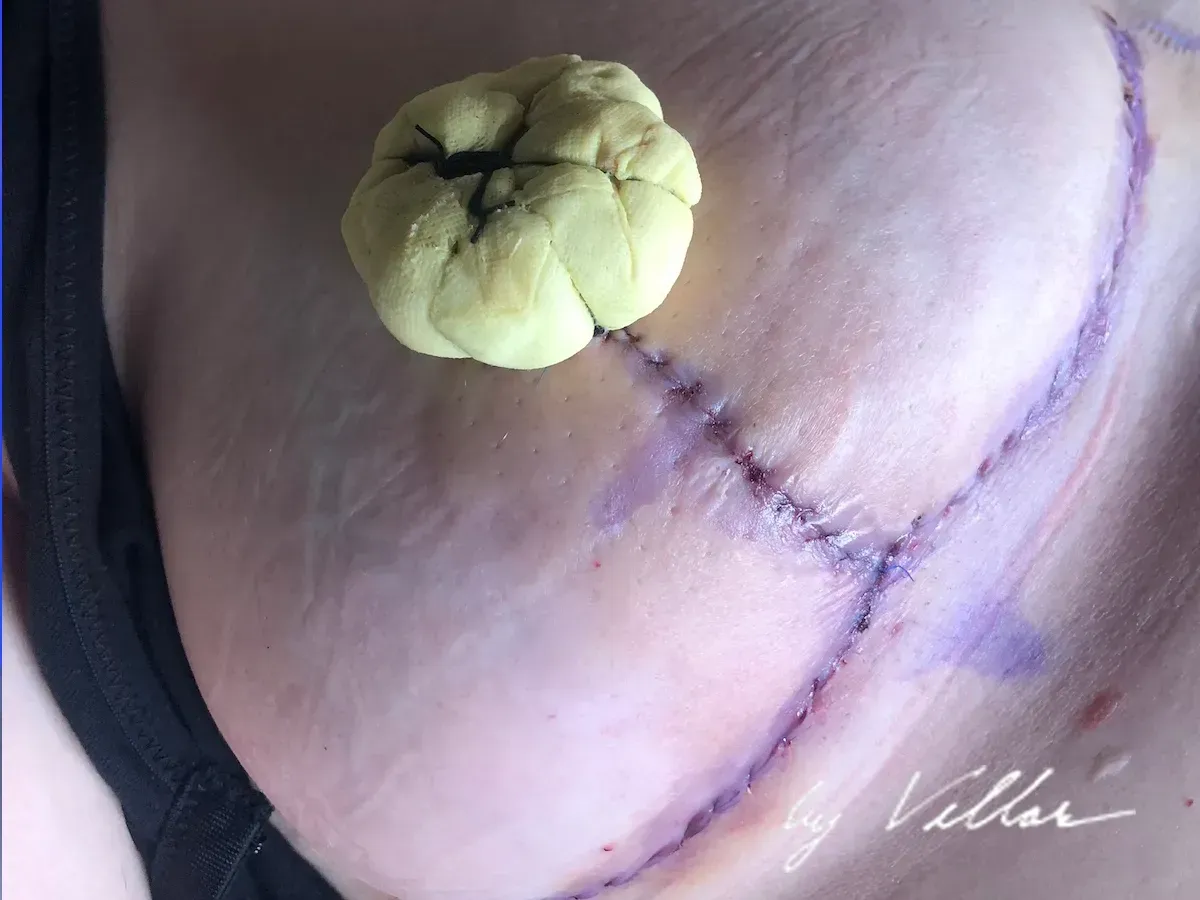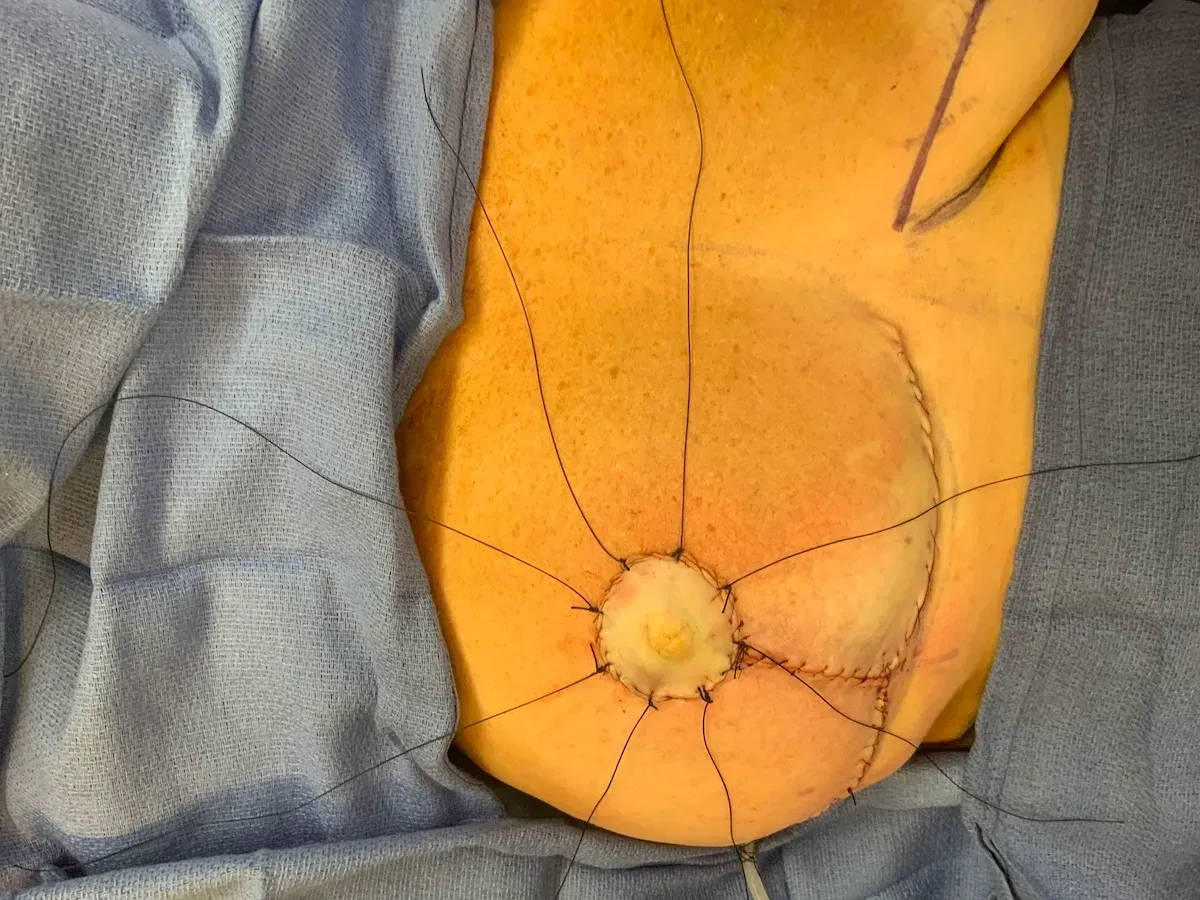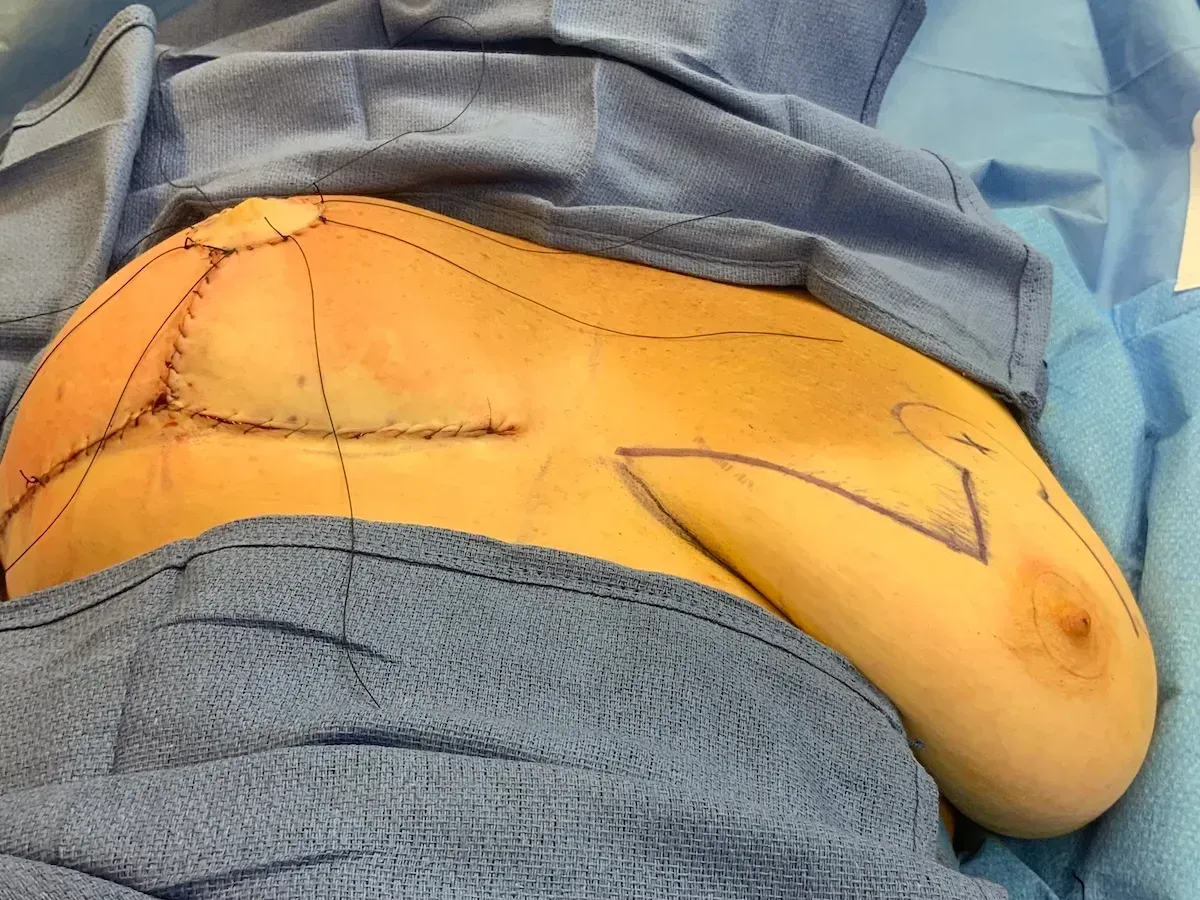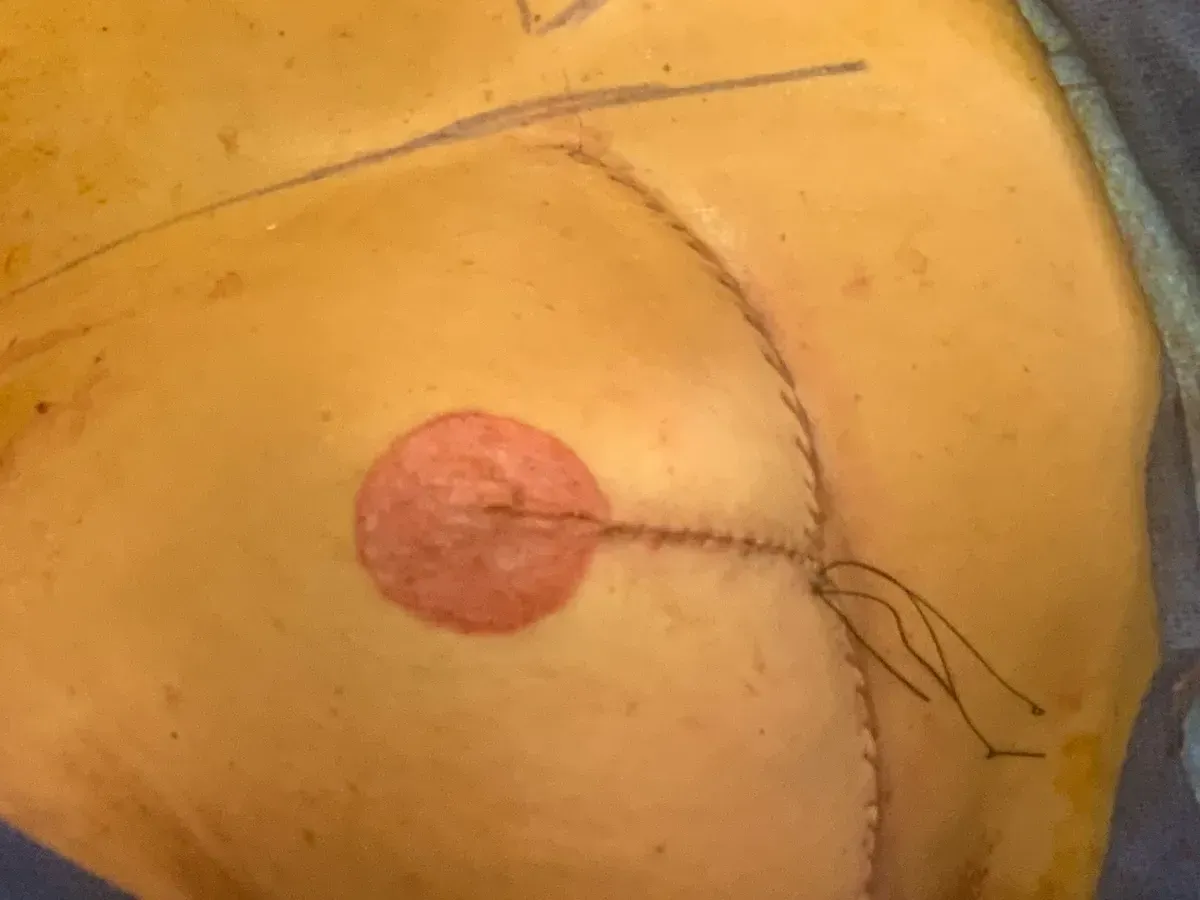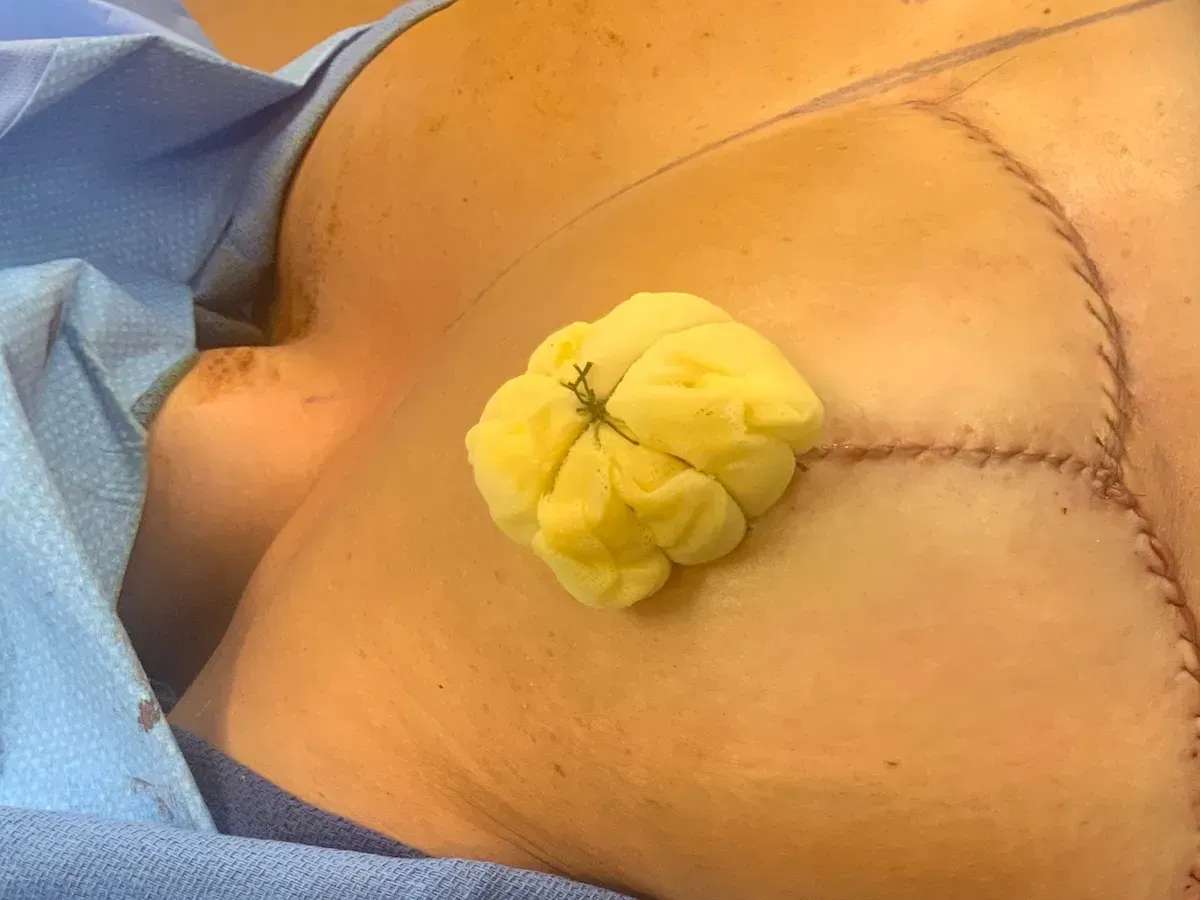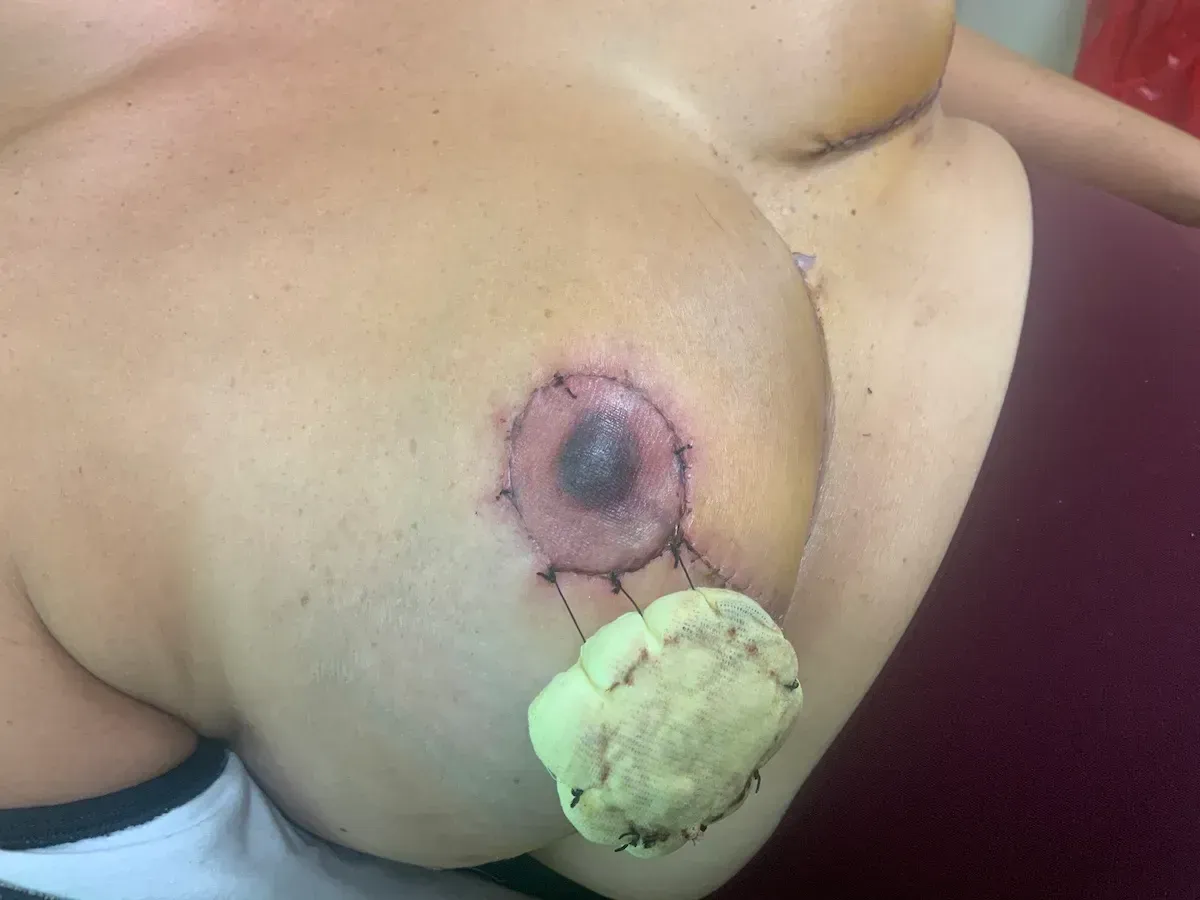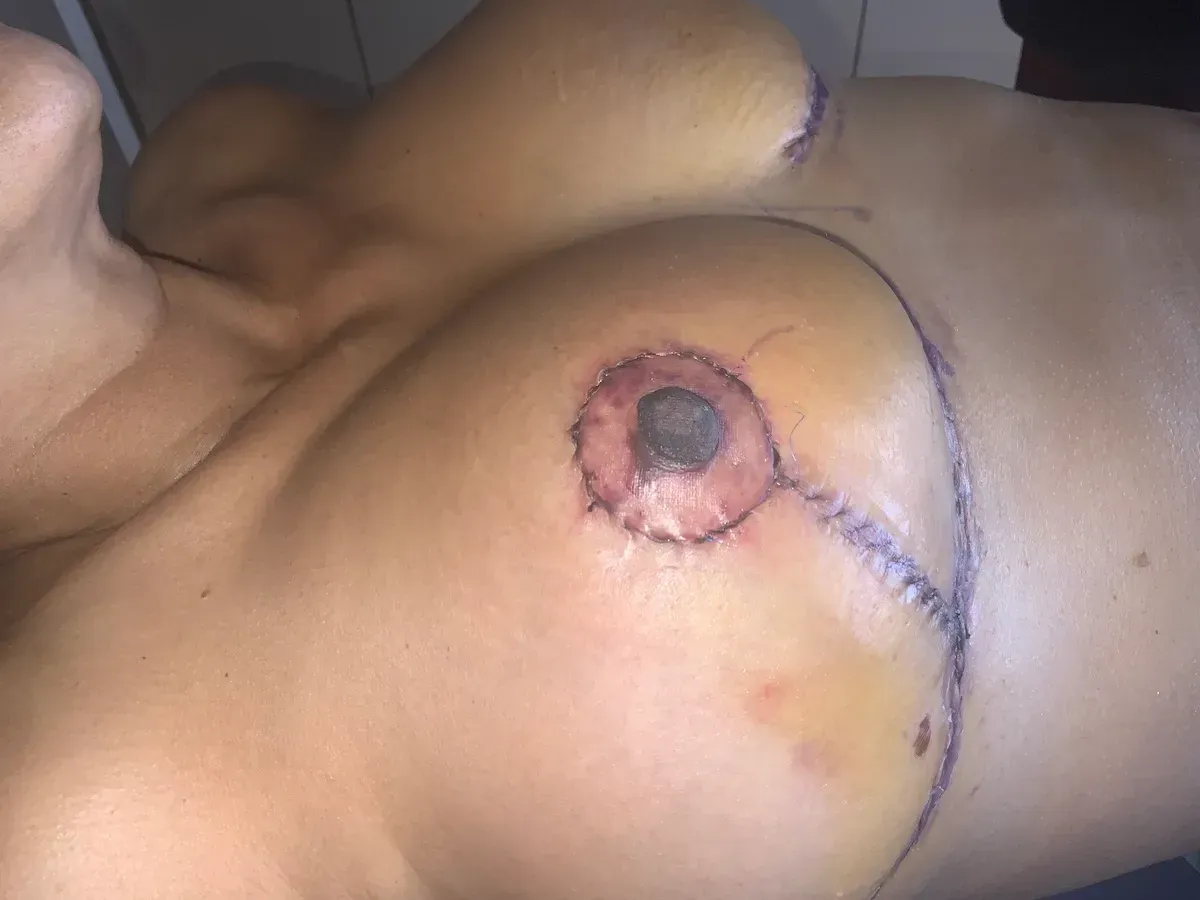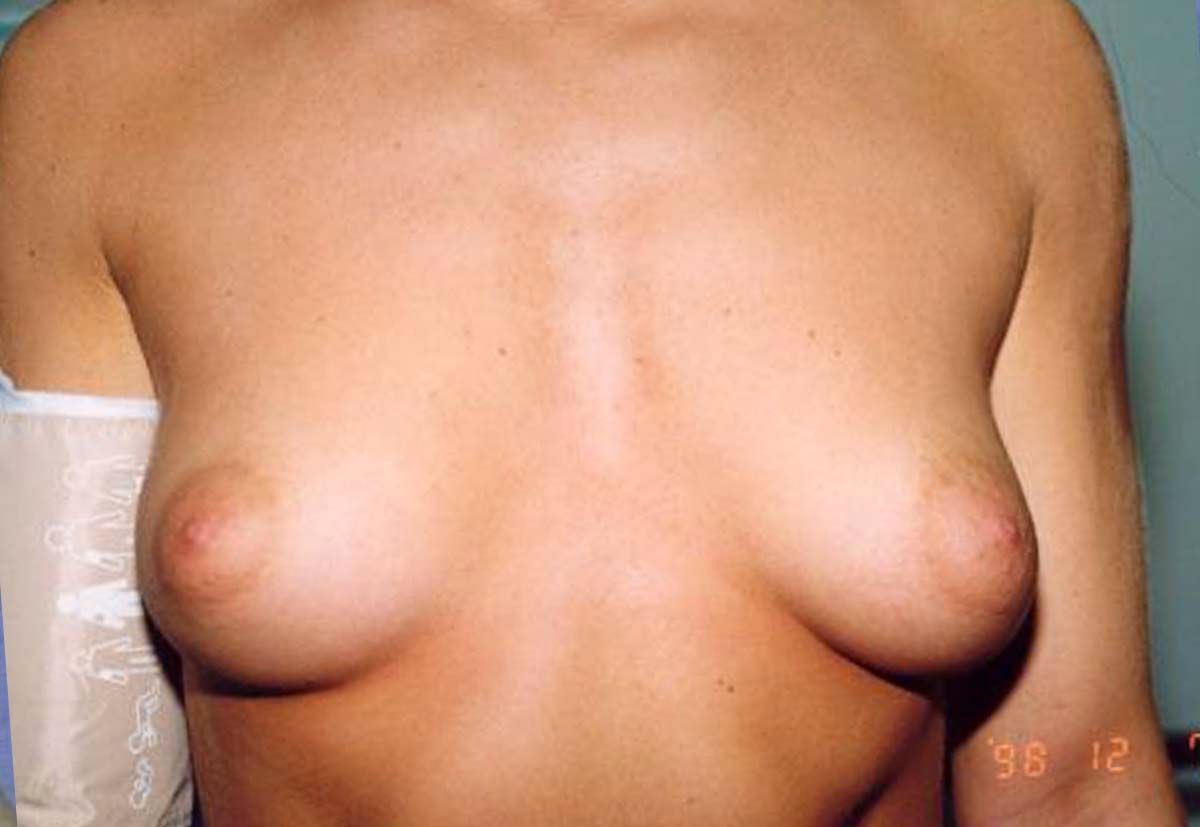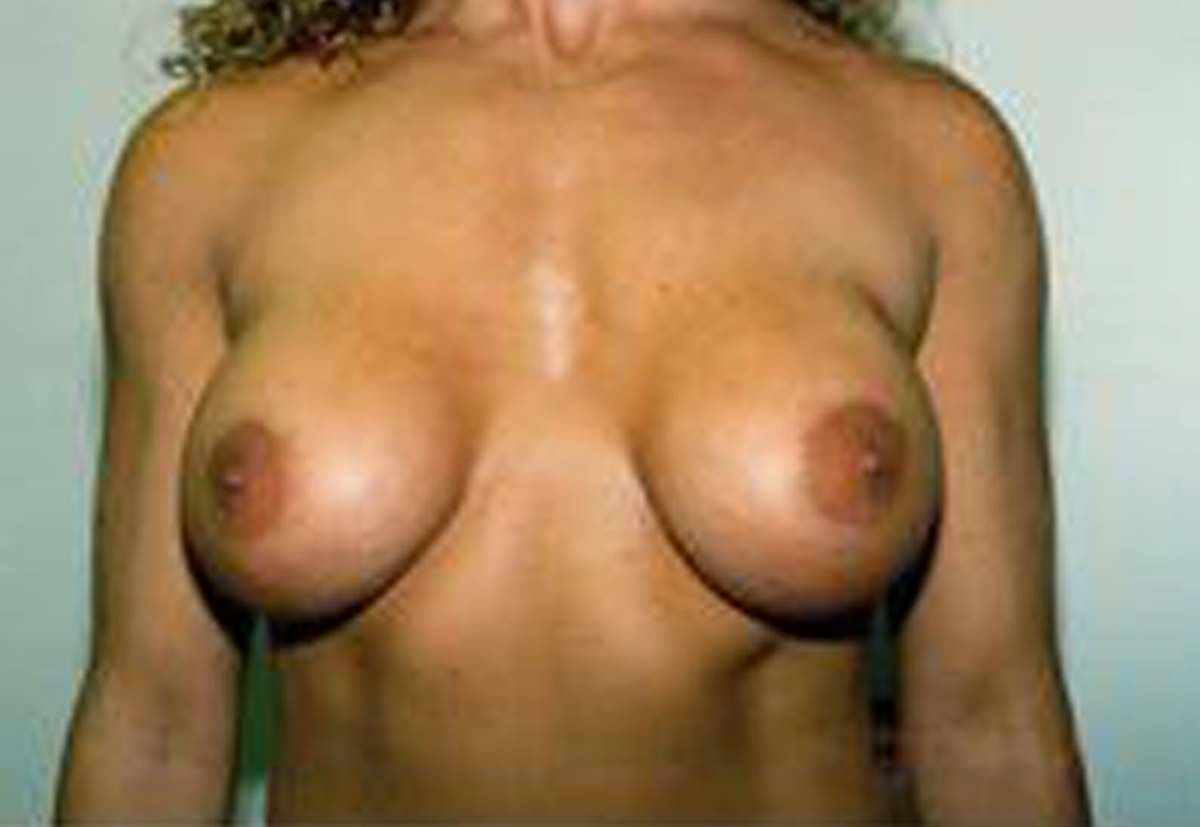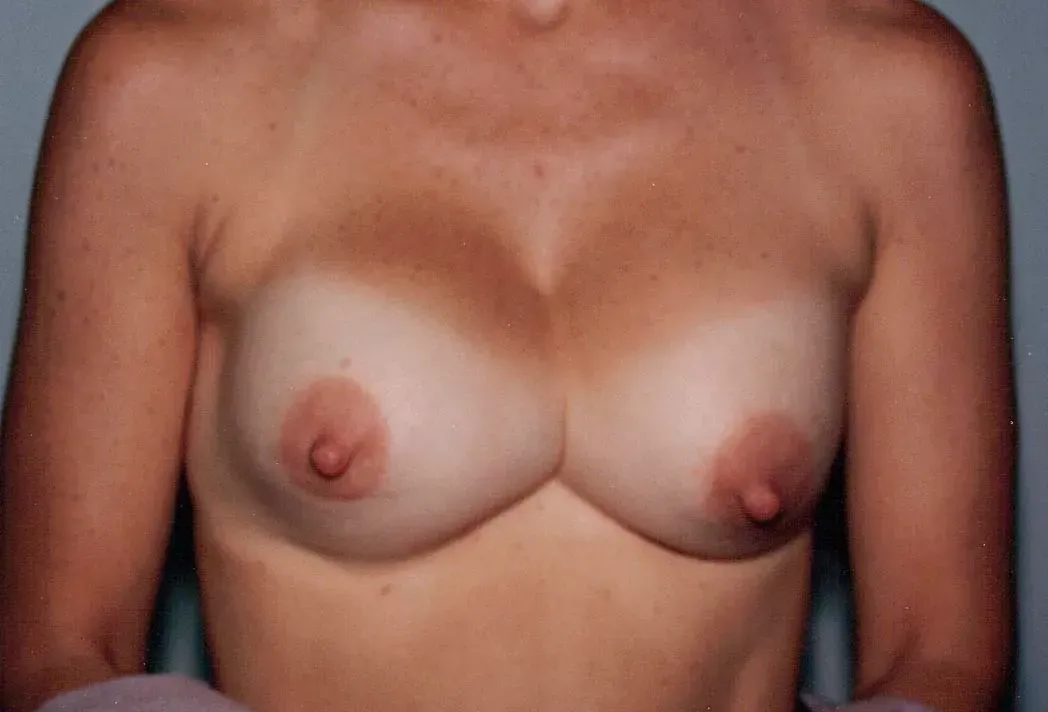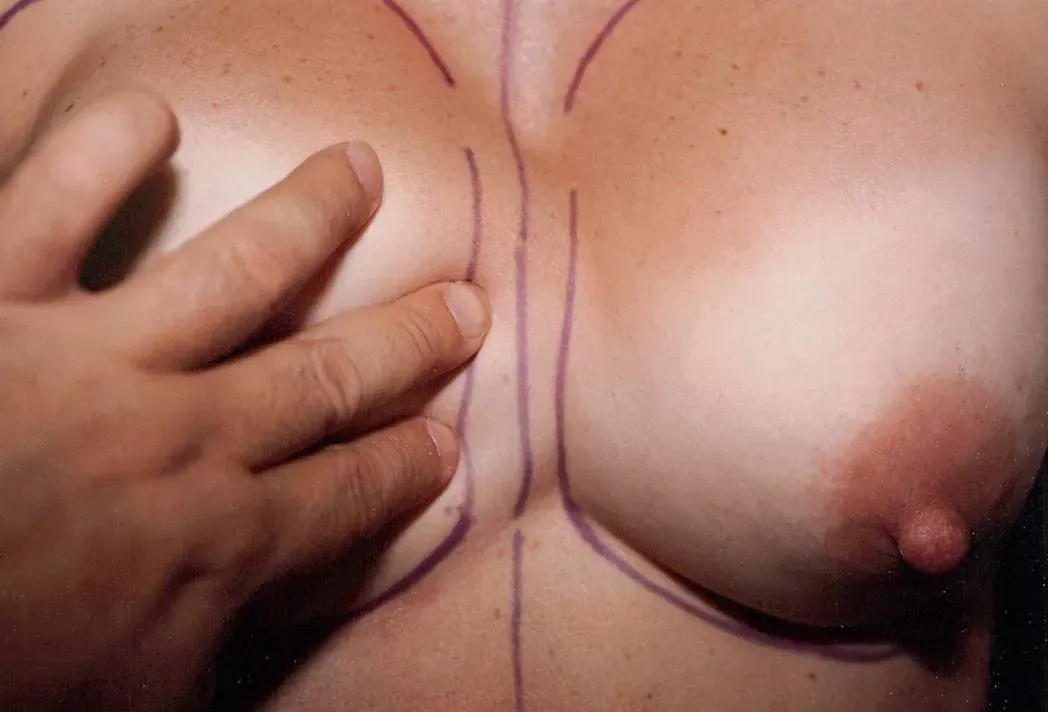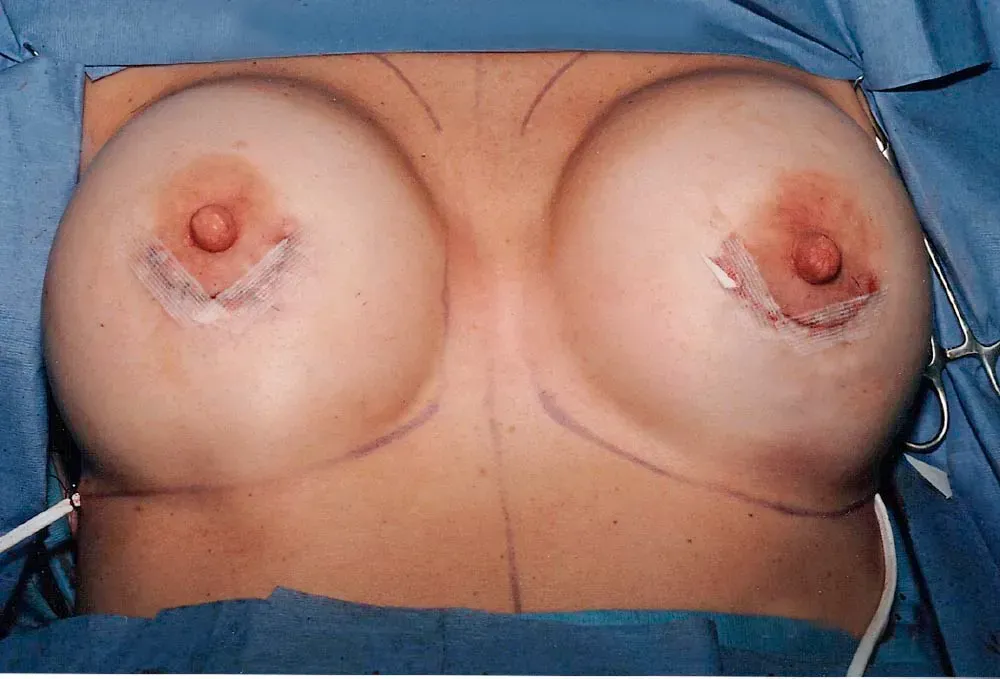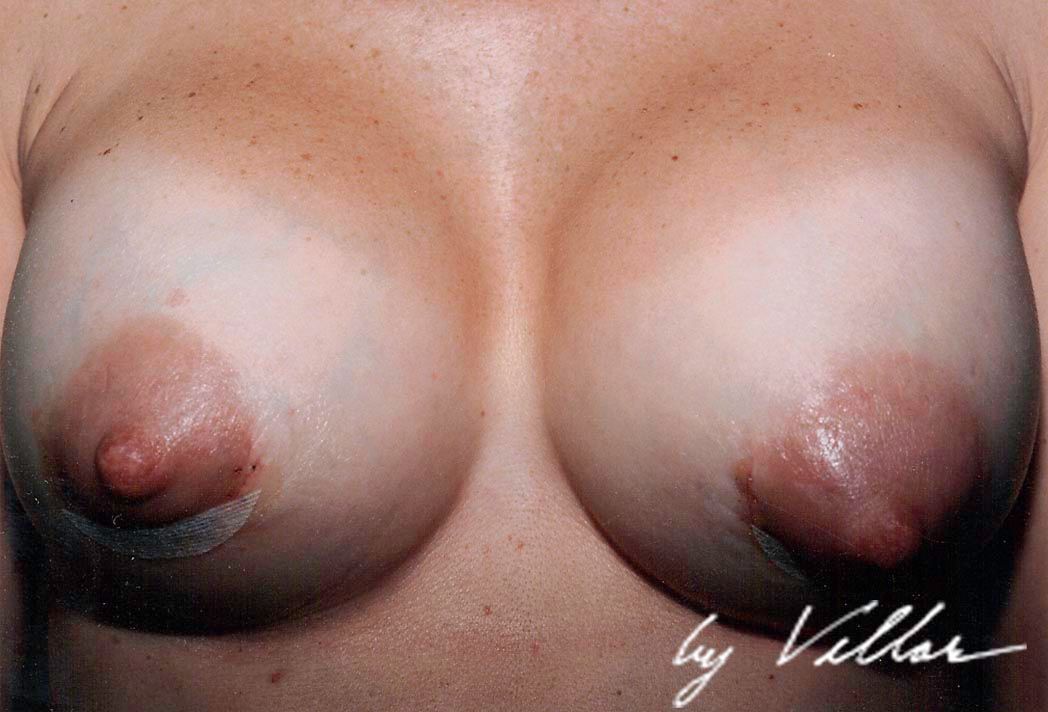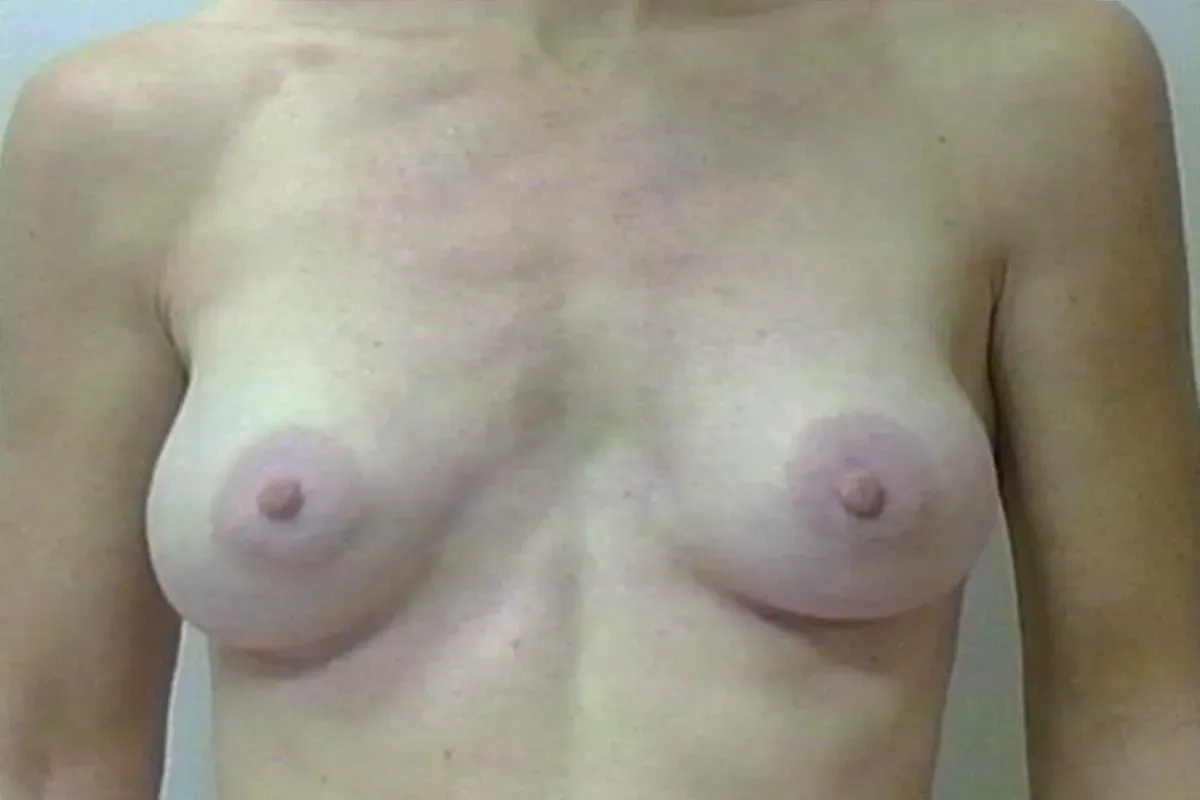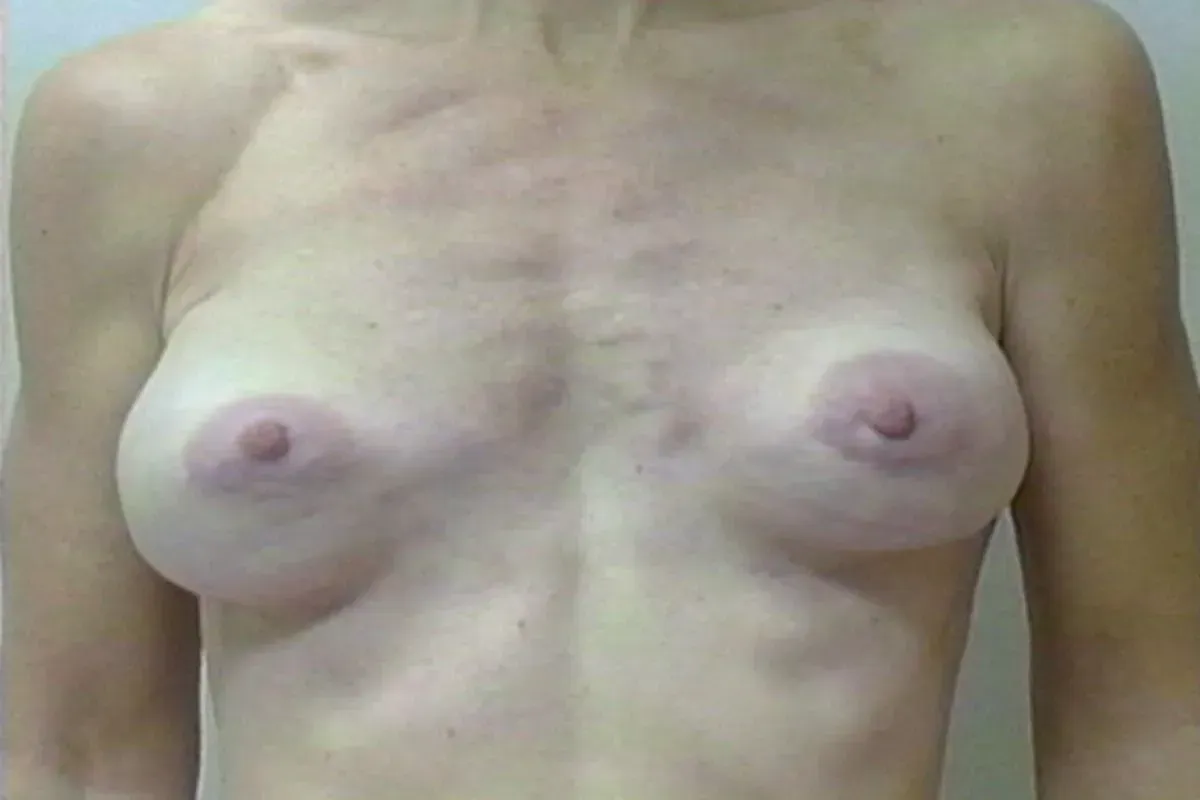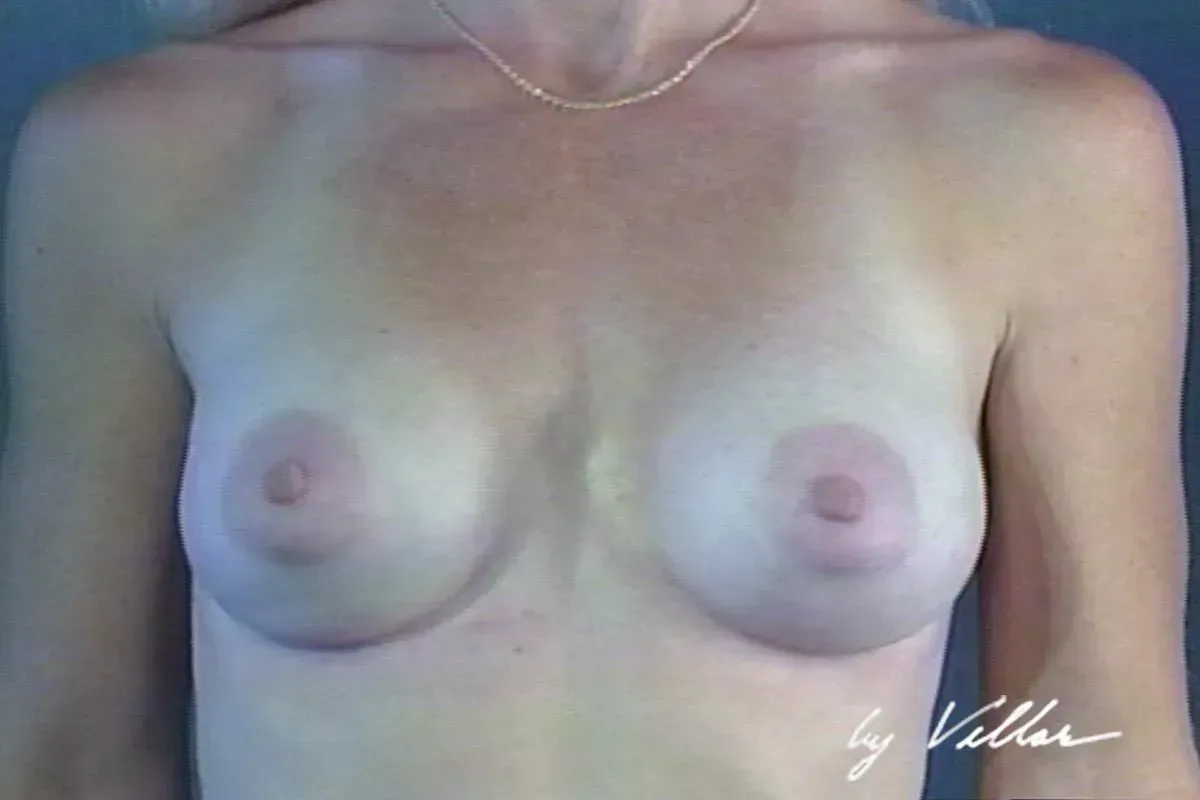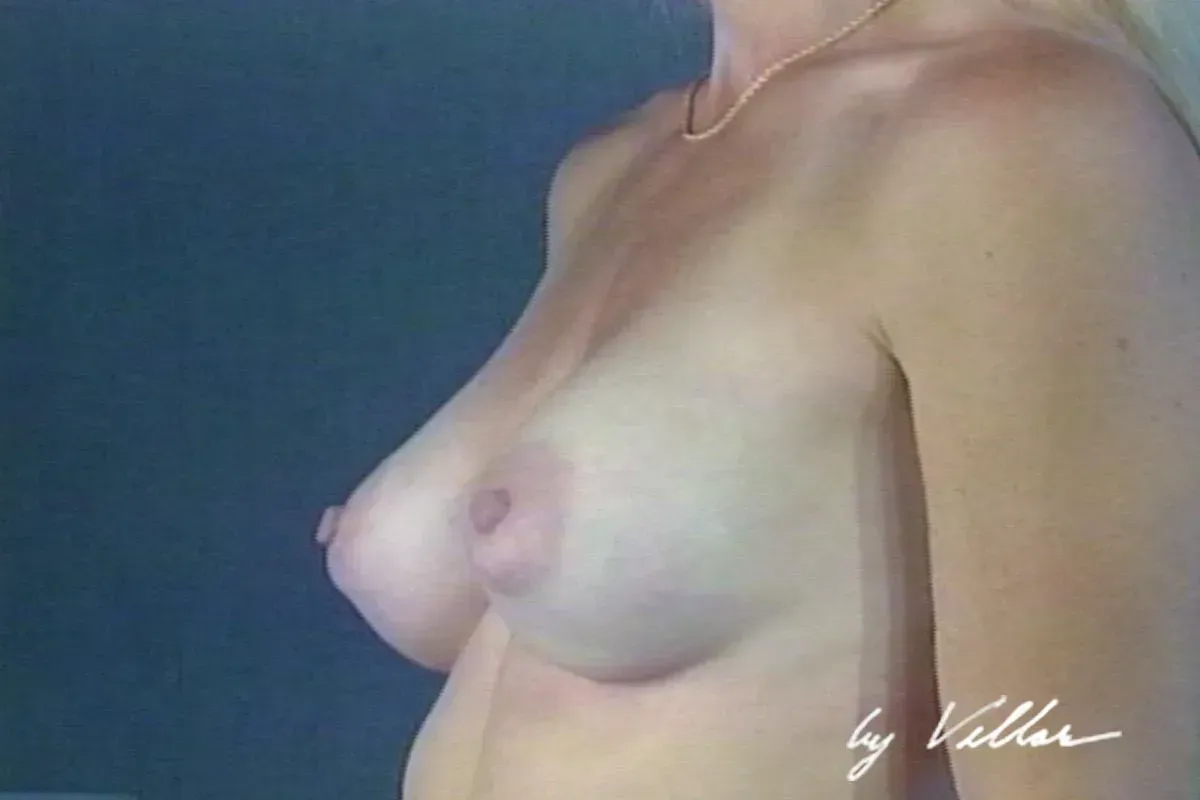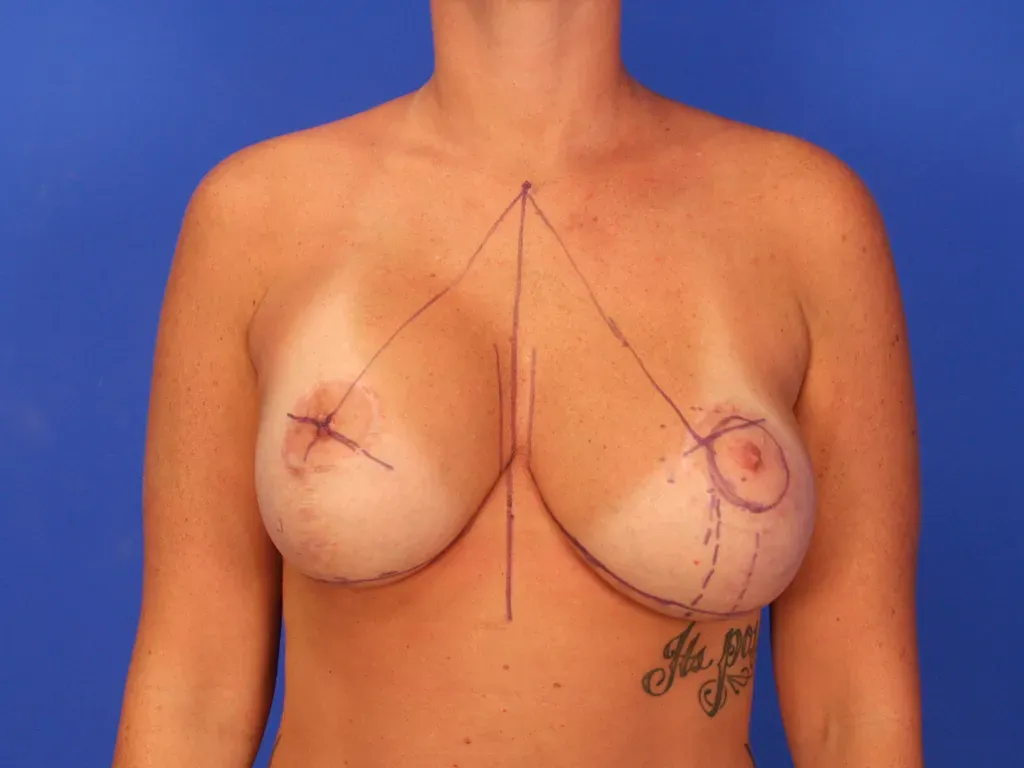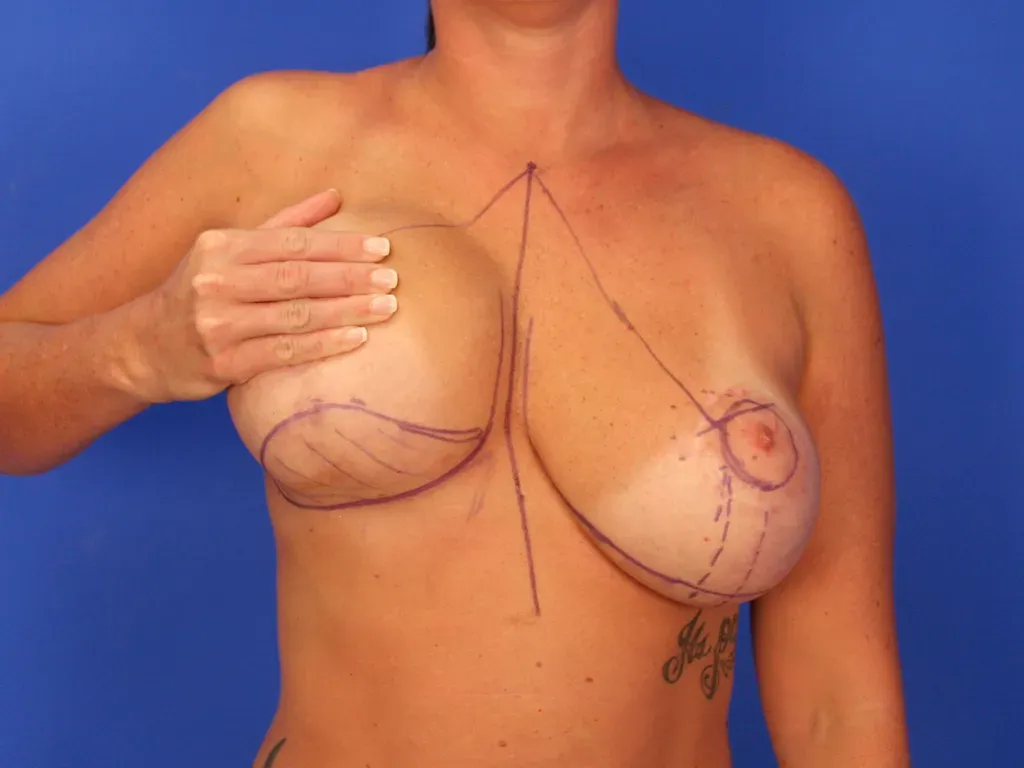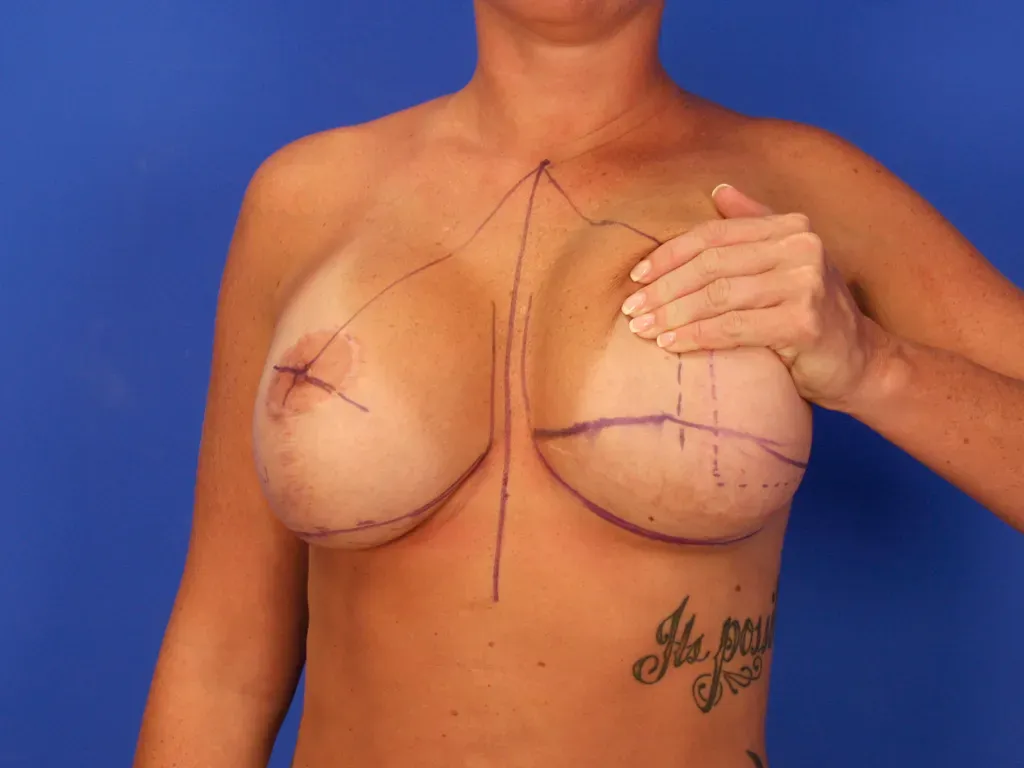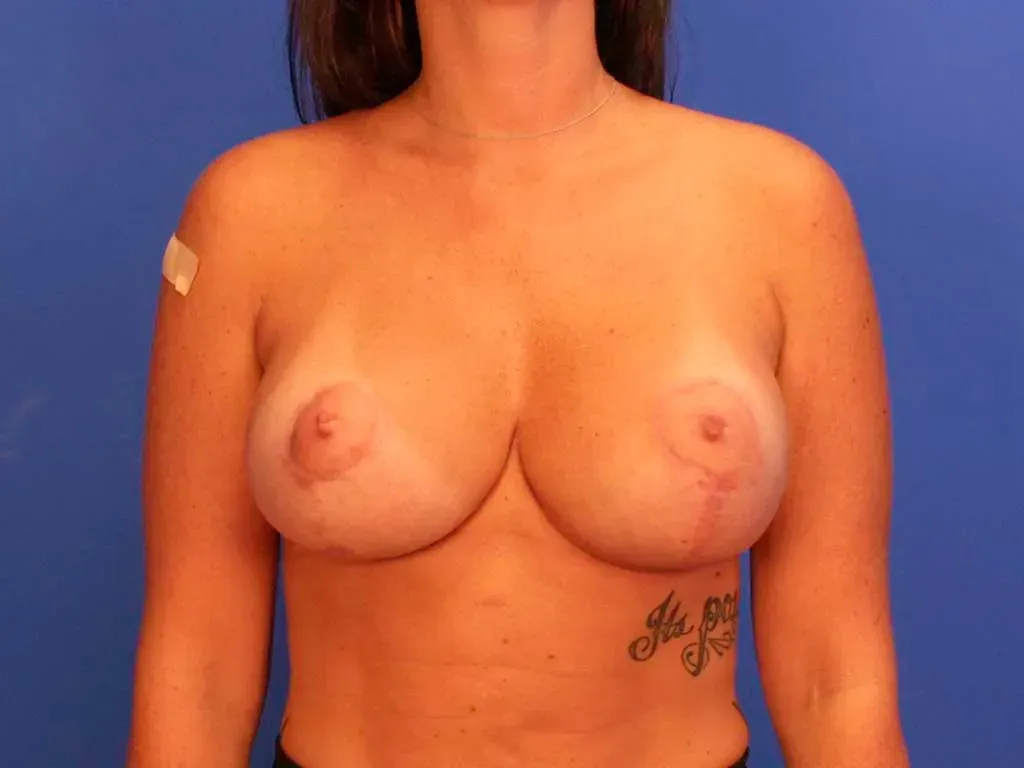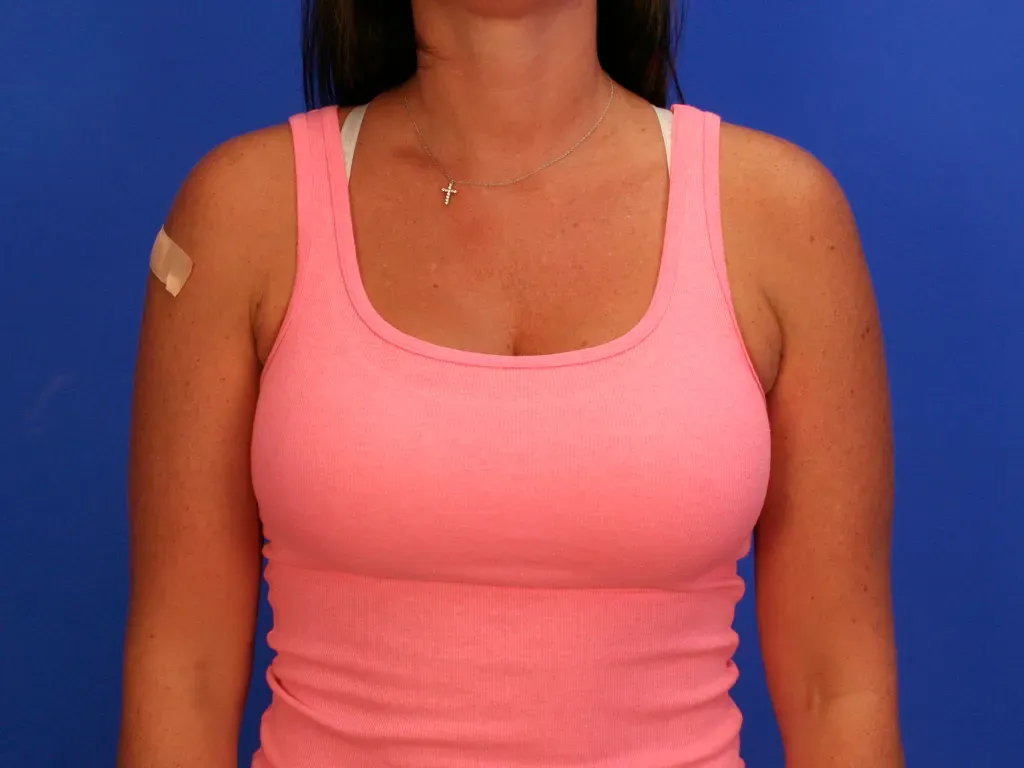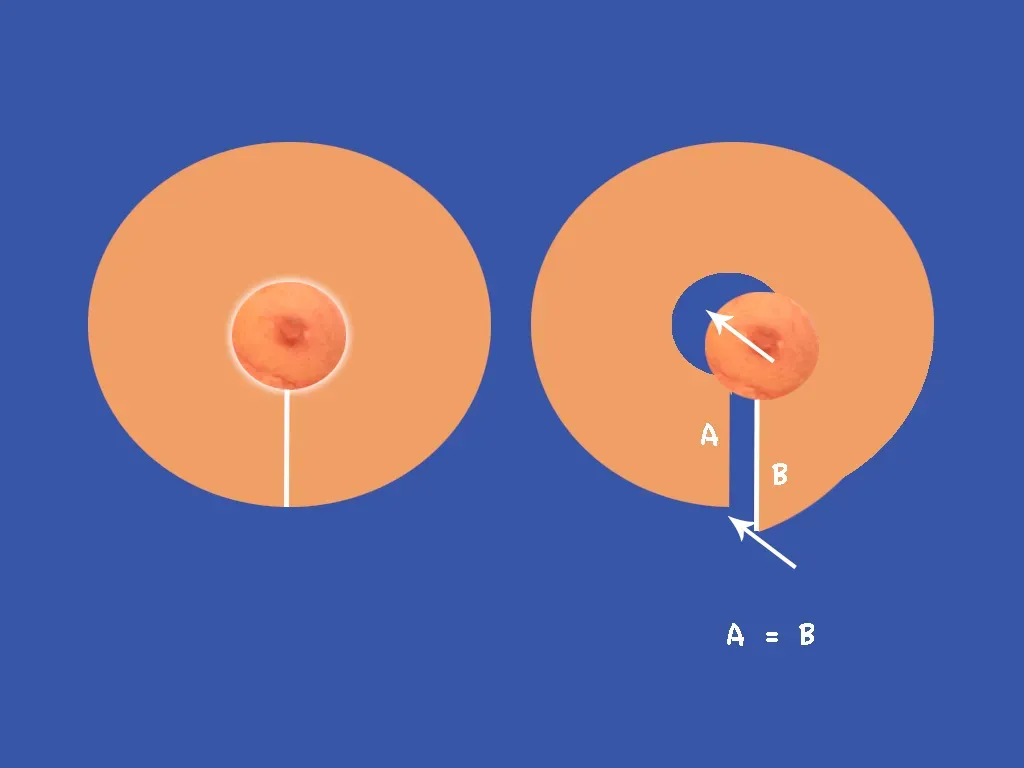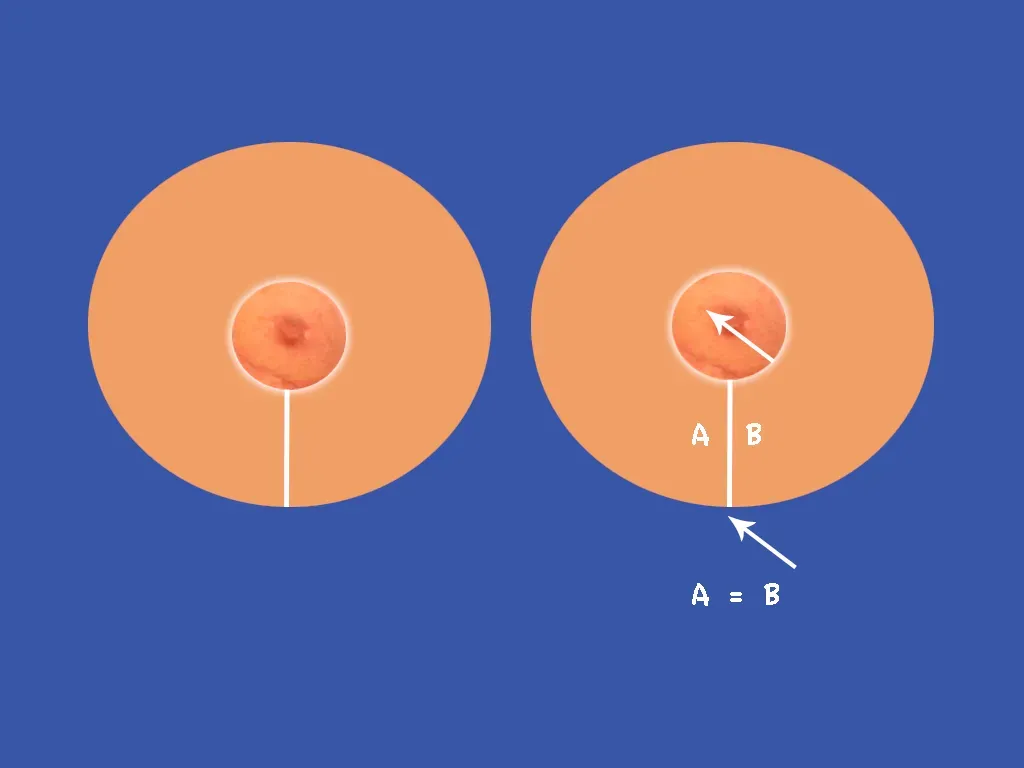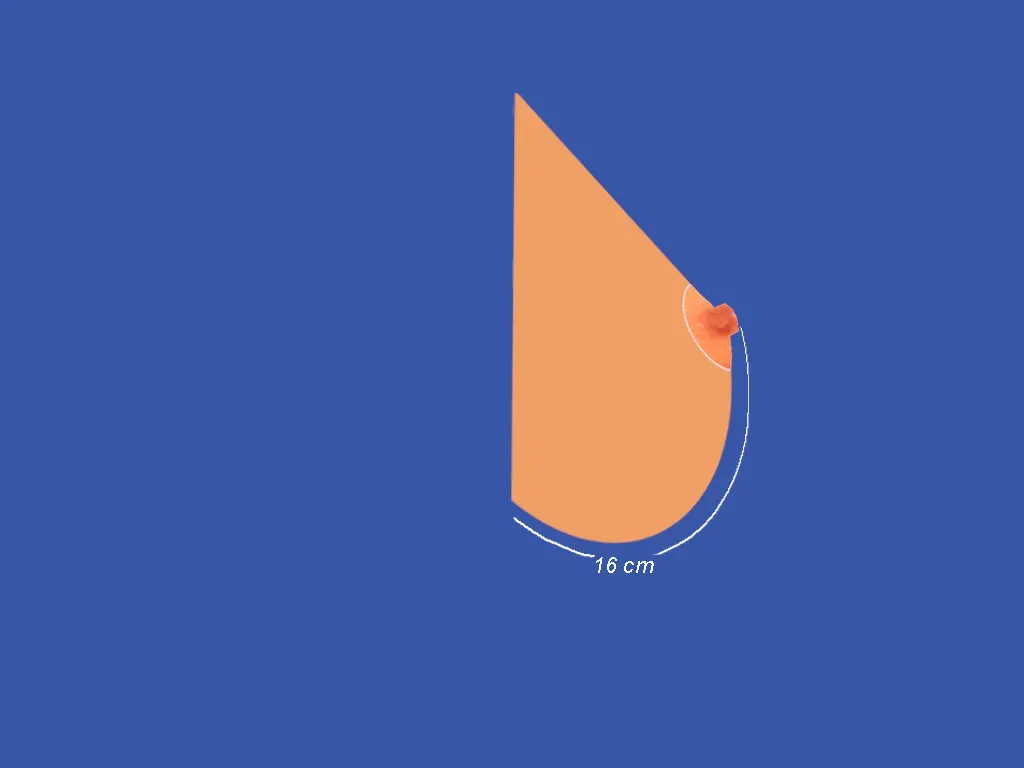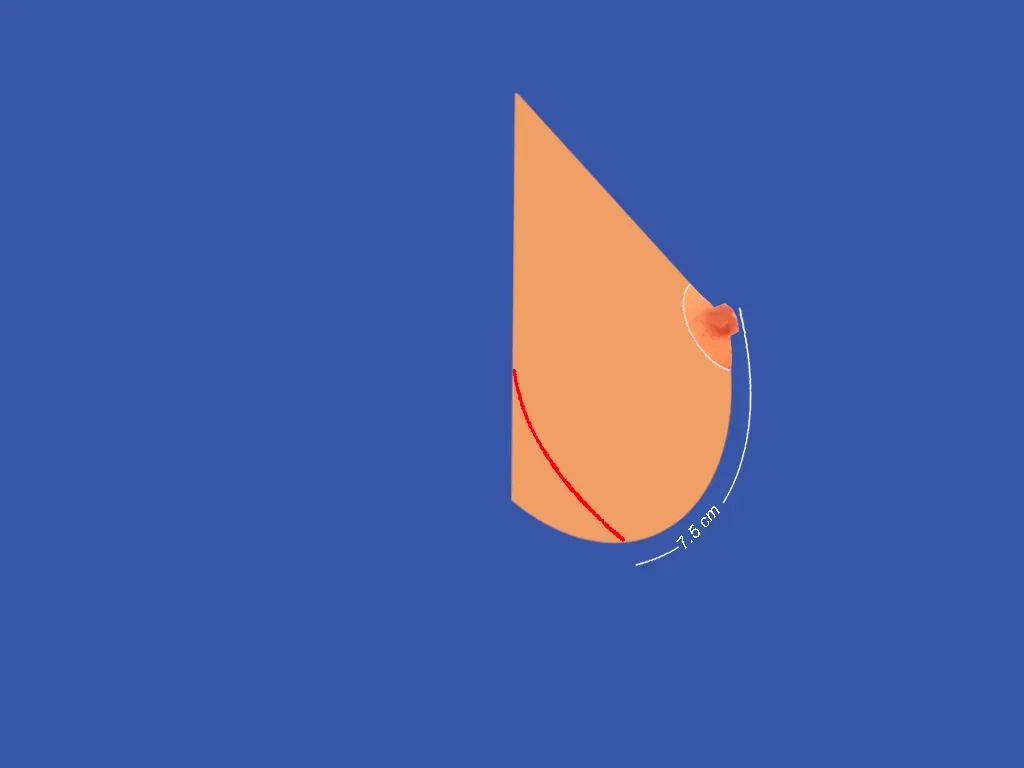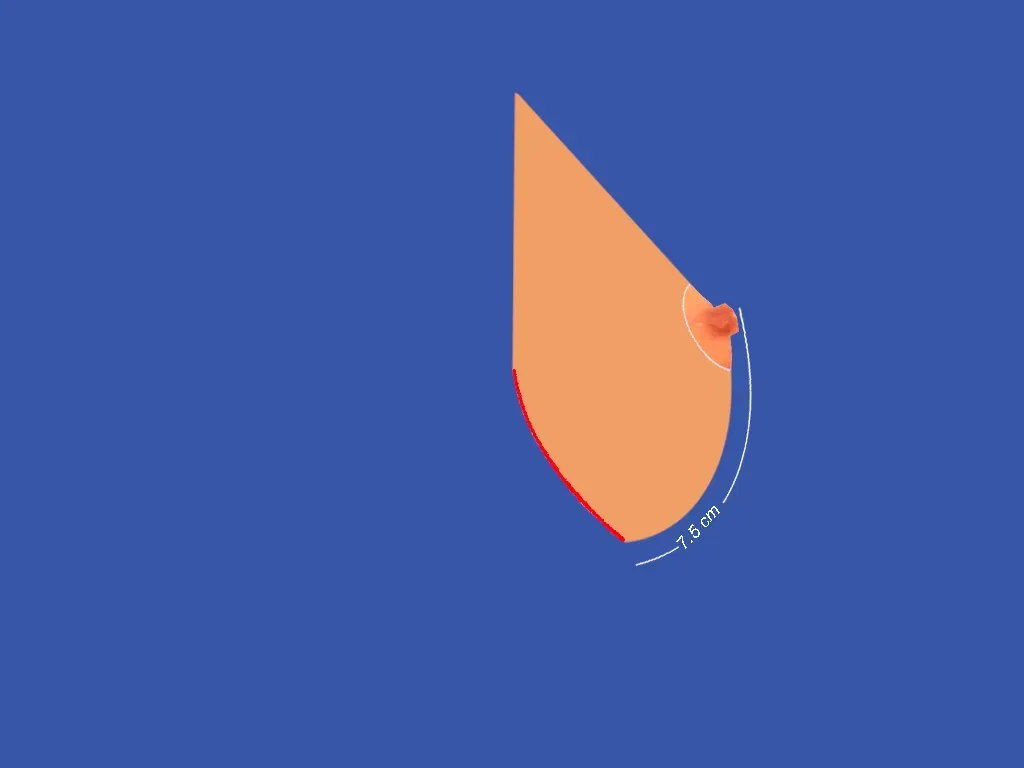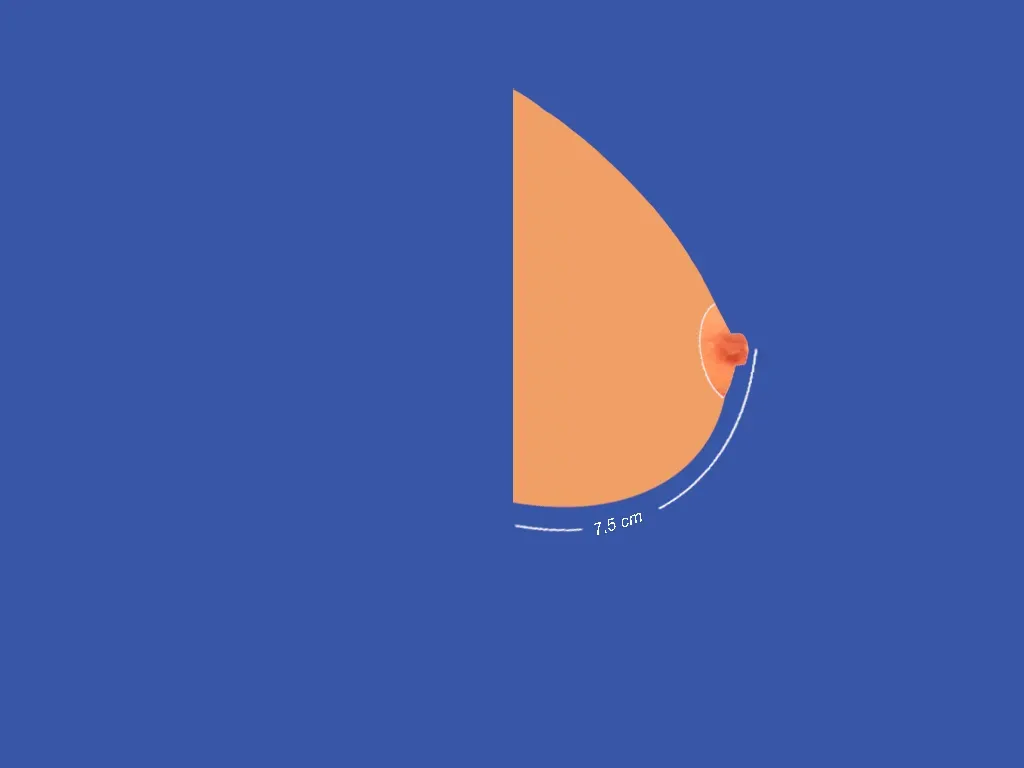EVERYTHING TO KNOW ABOUT BREAST SURGERY

BREAST AUGMENTATION
WHAT IS THE PERFECT BREAST?
The perfect breast is different things to different people. Our "classy but juicy" version seeks cleavage and lateral fullness that reaches the mid axilla. A sloping breast adds a natural touch. The final result of breast surgery always depends on what you had to start with and the art is in making the most of what you have to work with.
small good breast = bigger good breast
Small perfect breasts result in full perfect breasts unless they are overfilled to distortion. Surgical judgement and aesthetic tastes are important at the time of surgery.
THE JUMPING BREAST DEFORMITY
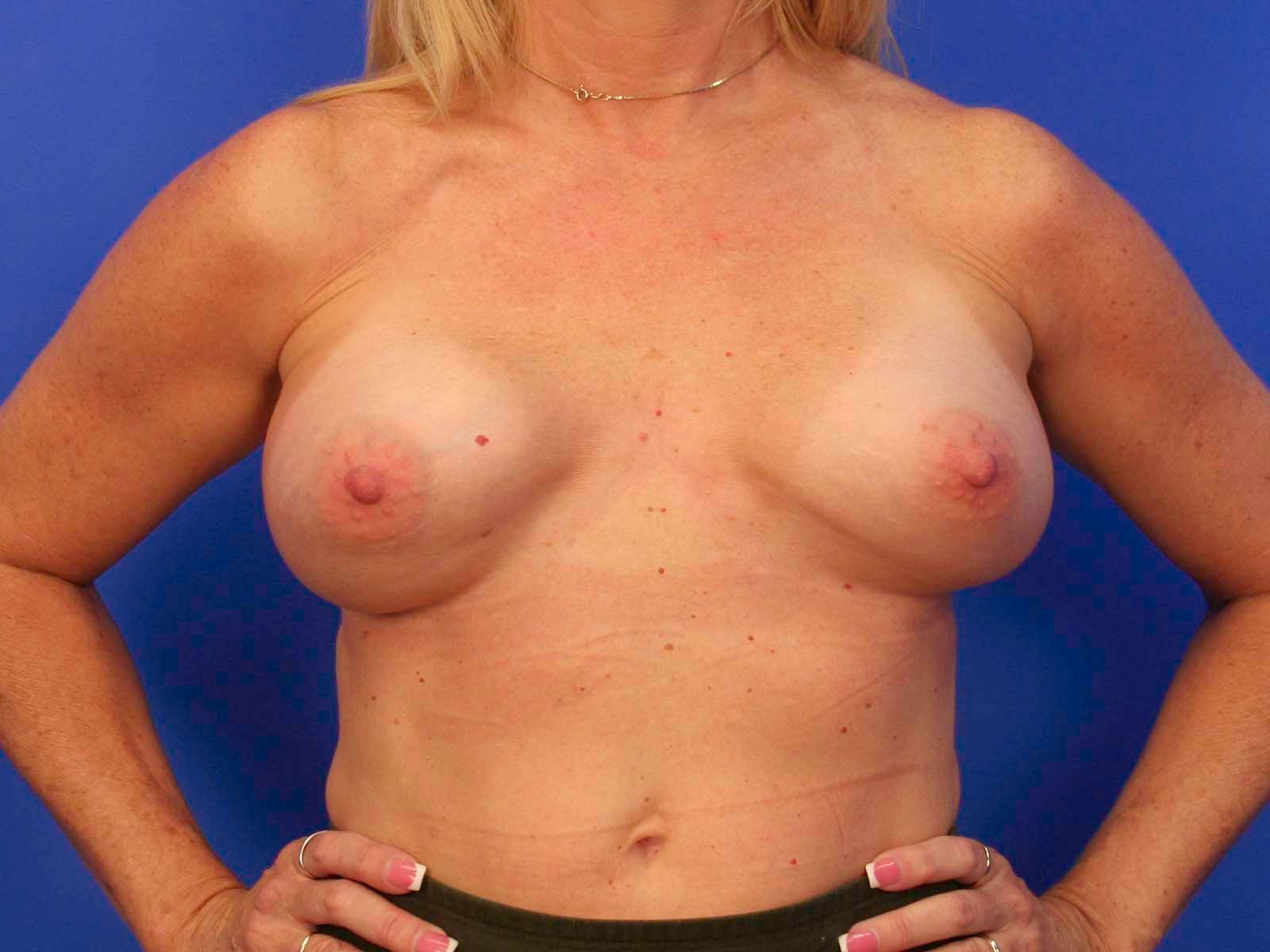
Slide title
Write your caption hereButton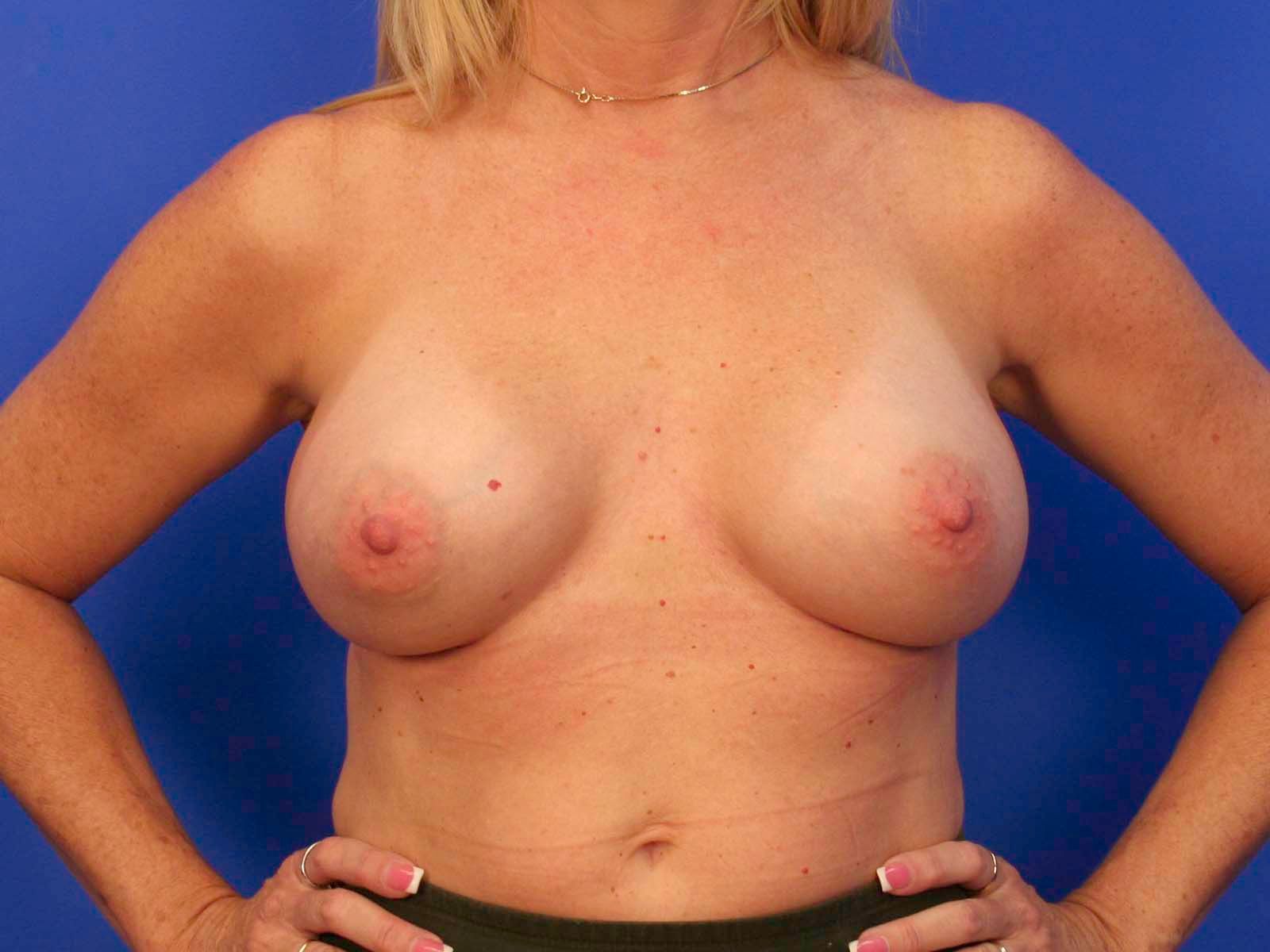
Slide title
Write your caption hereButton
RENOWNED FOR ANALYZING, REPAIRING, AND AVOIDING THE JUMPING BREAST DEFORMITY
DURING THE MORATORIUM ON SILICONE IMPLANTS FROM 1991 T0 2005, DR. VILLAR WAS ONE OF THE RESEARCHERS ALLOWED TO USE SILICONE IMPLANTS IN PATIENTS NOT SUITABLE FOR SALINE IMPLANTS. THIS GAVE HIM THE OPPORTUNITY AND EXPERIENCE TO ANALYZE, REPAIR, AND THEN AVOID THE JUMPING BREAST DEFORMITY. THE SHIFT TO HIGH QUALITY SILICONE IMPLANTS WAS THE TECHNOLOGICAL ADVANCE THAT OFFERED A SOLUTION TO THIS UNATURAL TRADE-OFF IN BREAST AUGMENTATION.
WE CAN FIX IT
BETTER YET, WE CAN AVOID IT.
Augmentations byVillar have optimal cleavage and DO NOT JUMP.
POOR CHOICE EQUALS POOR RESULTS
This patient should not have had implants under the muscle because she had very wide spaced breasts to begin with. Wide jumping breasts. Poor choices lead in breast surgery to poor results. There is a Better Way.
JUMPING BREAST DEFORMITY
The jumping breast deformity results from placing implants UNDER the muscle. The pectorals muscle is divided medially, retracts and attaches to the breast tissue. When contracting , it pulls the breast up and out. It can be a small pull or greatly exaggerated . This deformity can be avoided by placing silicone Implants OVER the muscle. A large part of our practice is correcting this deformity which involves removing the implants, suturing the muscle back to the chest wall, and replacing the implants OVER the muscle in the sub-mammary plane. This also improves the wide cleavage often associated with this.
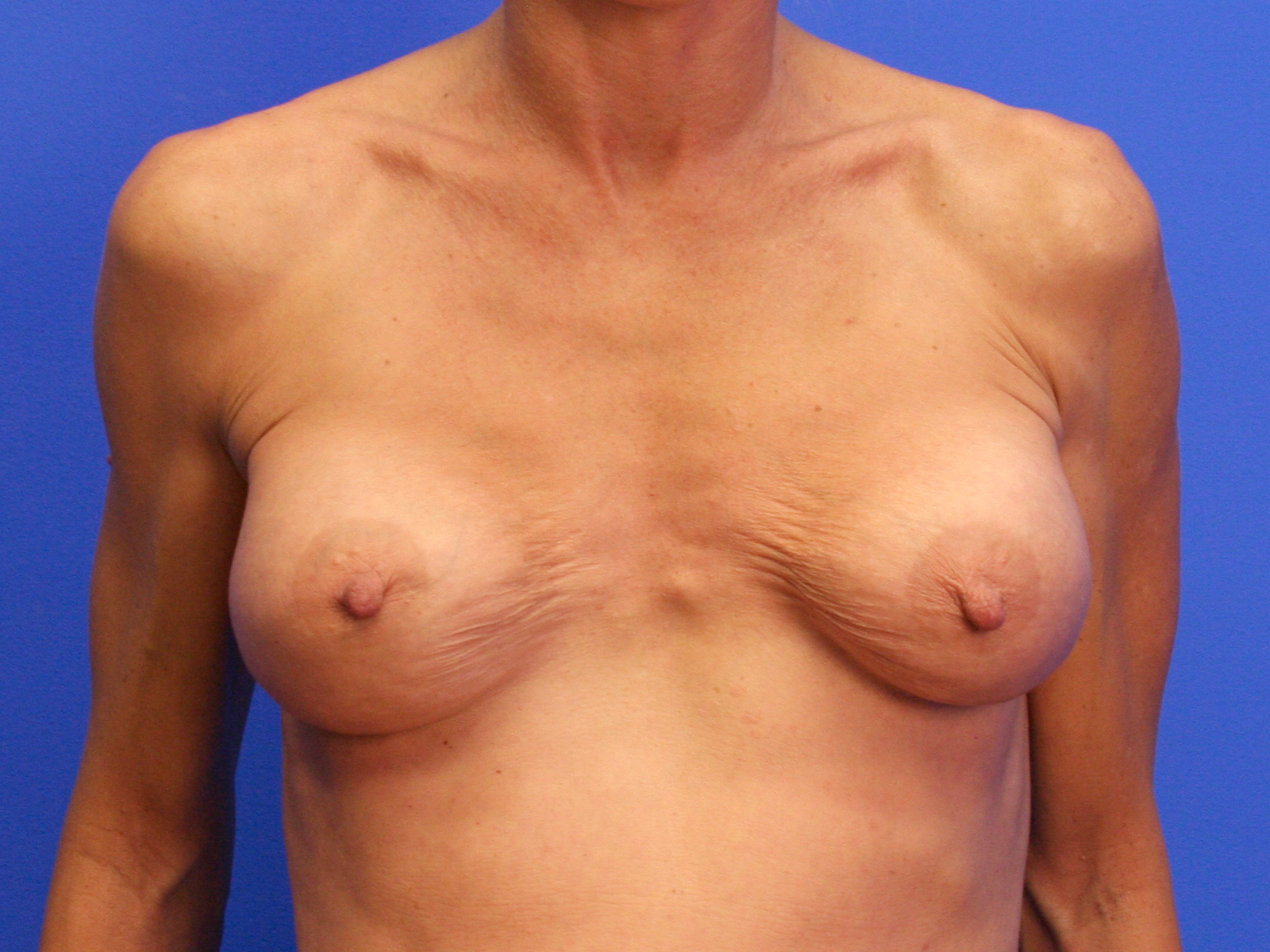
Slide title
Write your caption hereButton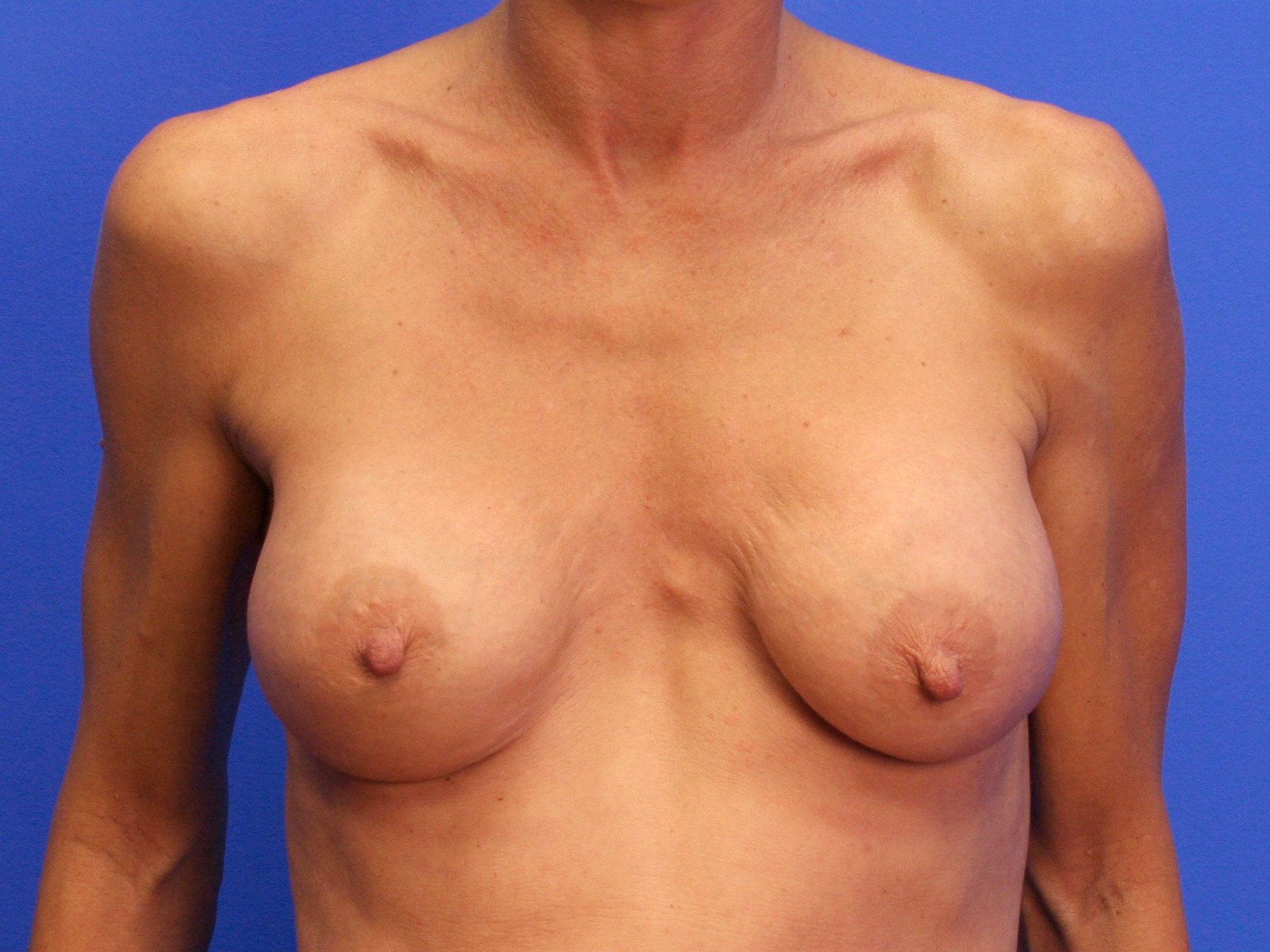
Slide title
Write your caption hereButton

when to go over the muscle
Patients who have widely spaced breasts should avoid implants UNDER the muscle. In these patients, the medial muscle insertion is widely spaced. When the implant is inserted, it can not go more medially than the insertion, thus the cleavage is wide. The muscle is cut to accommodate the implant. It retracts and attaches to the Breast tissue. When it contracts, it deforms the breast laterally. (jumping breast deformity) These patients have better cleavage and no jumping deformity with the implant OVER the muscle, under the breast tissue.
Patients with tight cleavage and abundant breast tissue can tolerate sub pectoral implants. Skilled surgeons fit the surgery to the patient. Assembly line surgeons fit patients to their one breast surgery.
The main argument is that over the muscle implants have a greater chance of capsular contracture. For arguments sake, let’s say under the muscle is 1% contracture and over is 2% contracture. The way I look at it, to save one patient in ten from contracture, you are creating nine, ugly wide cleavage jumping breasts. I prefer to get eight beautiful breasts sacrificing the one extra to capsular contracture. Now, there are patients that have tight cleavage and enough breast tissue to hide under the muscle implants and I have no issue with that option. But there are many patients that clearly will get poor results under the muscle. The best surgeons know “one operation does not fit all”.
Check out our work
Best cleavage possible for different types of anatomy and no jumping breast deformity.
THE INVERTED-T MASTOPEXY - STILL THE MOST RELIABLE TECHNIQUE
Mastopexy is a shrinking operation and augmentation is a stretching operation. They are enemies of each other. I prefer to two stage most of my mastopexies (lift first, then implant later) for safety. But when removing an implant, It is especially important.
With an implant under the breast, there is no central blood supply. The nipple areola is nourished peripherally. If you are planning a long distance move of the nipple nourished on a pedicle, you are a better man than I. You are cutting right into the blood supply.
Then after lifting and tightening up the breast (shrinking procedure), if you stuff an implant into the pocket (stretching procedure) you dramatically decrease your margin of safety. Any post operative swelling or hematoma further compromises the blood supply, and by morning a nipple may be irretrievably lost.
I have treated many of these patients treated by competent surgeons willing to take the risk. I have not lost a nipple in my career, either due to my two stage abundance of caution, or I am extremely lucky. And it is true that my mother or someone said “it is better to be lucky than to be good”.
PREOPERATIVE MARKINGS ARE CRITICAL
PREOPERATIVE MARKINGS ARE CRITICAL
FREE NIPPLE GRAFTING
Free nipple grafting is when the nipple areola is removed as a full thickness skin graft using a #15 blade and the new recipient site is de-epithelialized preserving the dermis for its rich blood supply. If you go down to fat, you increase the chance of graft failure. This technique taught to me by Bertram Bromberg is literally a work of artistry and precision.
-
Read more
When a nipple areola has to be moved a long distance in a breast reduction, it is prudent to go to a free nipple graft than rely on a long folded pedicle.
At the end of high quality surgery, there is no tissue bruising, open wounds, blood stained dressings, or sloppy suture work. That is because Dr. Villar does the entire operation and no nurse or tech does any surgery or suturing, unless in a teaching situation.
If a surgeon tells you his scrub is just as good as he is, get a second opinion. Maybe you would be better served by a surgeon who is far superior to his assistant?
IN RECOVERY WAITING TO GO HOME.
THIS CALLED A STENT, COMPRESSING THE GRAFT
THE SKIN GRAFTHAS BEEN THINNED UNIFORMLY AND SUTURED TO THE METICULOUSLY DE-EPITHELIALIZED DERMIS.
READY FOR A STENT TO HOLD IT DOWN.
DE-EPITHELIALIZING THE SKIN DOWN TO DERMIS WITH A #15 BLADE IS A BEAUTIFUL THING TO WATCH BY A MASTER SURGEON.
A STENT OF XEROFORM AND COTTON SOAKED IN ANTIBIOTIC SOLUTION HOLDS DOWN THE GRAFT
THE MOMENT OF TRUTH IS WHEN THE STENT IS REMOVED. THERE IS ALWAYS A PUCKER FACTOR
I HAVE NEVER LOST A GRAFT IN MY CAREER, BUT IT COULD BE THE NEXT ONE!
BAD BOOBS #1. CASE OF THE POLE DANCER
Bunny the pole dancer came to see me for a breast augmentation. I told her that because she had wide cleavage and pole dancing exerts massive pressure on sub muscular implants, she needed silicone implants over the muscle. She could not afford silicone so she went to someone who placed saline implants under the muscle. She returned disappointed with widely spaced door knob breasts. I advised remove and replace implants with silicone over the muscle. She needed 3 months to save money and resumed pole dancing.
-
Read more
She returned with massively herniated implants we call “bottomed out”. Now I not only had to remove and relocate the implants, but I had to invent some way of reconstructing the hernia pocket! Most surgeons go under the muscle and argue that the muscles forces do not stretch the pockets down and out. Here was the perfect chance to test my theory. If I could reconstruct this disaster and then have the patient resume her career without recurrence, then my theory that herniation is caused by muscle forces on the implant would be confirmed. There are no forces when the implant is on top of the muscle.
But how to fix this hernia sack? I devised an imbrication procedure that has since also come in handy in “uniboob” deformities when the implant crosses the midline after augmentation. The video demonstrates this technique for young surgeons seeking a better way.
She came in with wide cleavage and pole dancing career. Not suitable for saline under muscle. But she did not listen. Another surgeon gave her jumping, door knob, wide spaced breasts by placing saline under the muscle. OOPS!
After 3 months post reconstruction, she was allowed to resume pole dancing. If the bottoming out deformity recurred, I was wrong. But it did not recur. This proved that the forces generated by the muscle contraction caused the deformity with the implant under the muscle. My X claims my curse in life is always being right. I tell her I rather be lucky.
detailed video for young surgeons
I produced this video decades ago when I was faced with this challenge. Internal and external sutures common at the time seemed doomed to failure. A novel approach seemed necessary to avoid recurrence
THE IMBRICATION TECHNIQUE
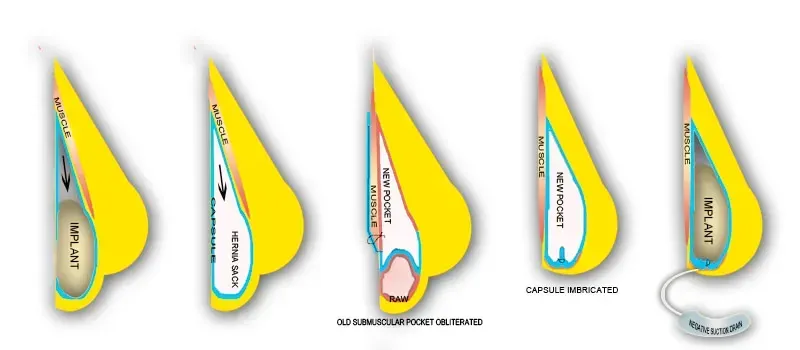
UNIBOOB - SYNMASTIA
Synmastia or UNIBOOB is usually caused by a surgeon trying to improve the cleavage by undermining the medial pectoralis. If the muscle has a large gap between the two sides because of anatomically wide cleavage, the muscle can be totally disconnected allowing the implant and it’s resultant capsule to go across the midline into the opposite breast’s territory.
-
Read more
This is most common with implants placed under the muscle in wide cleavage patients. Large mattress sutures place through the skin left dimple scars and plication sutures on the inside left irregularities and often recurred.
Our imbrication technique evolved to place a drain in the dead space we create. Suction is applied and the repair immediately is evident. If we are not happy, it can be adjusted in real time, and the curve we get is smooth and un-dimpled. This is a little known but great leap in repair of these difficult problems.
JILLIANS JOURNEY
AFTER TWO BOTCHED SURGERIES, JILLIAN WAS TOLD FORGET ABOUT IT, THERE IS NO HOPE
Jillian went to her first surgeon without getting a second opinion. He put saline implants under the muscle with a wide cleavage and jumping breast deformity. She then interviewed five surgeons and picked who she thought was best. He worsened her condition. He told her “live with it. What did you want to be, a Playboy Bunny?” For years she thought she was being punished for being vane.
-
Read more
On day she told this secret to her hair stylist in Jupiter, who told her to come here in Stuart. Her story brought me to tears. So we analyzed her deformity which was the right breast jumping toward the right axilla. After the second surgery she was swollen and black and blue for weeks. The hematoma was not drained. The jumping was due to the implant under the muscle and the lateral pocket was likely due to the hematoma. These should be drained ASAP in my experience.
To fix it, I suggested relocating the implants above the muscle, reattaching the muscle to the rib cage, and switching to silicone. I gave no guarantees, just an analysis through engineers eyes and a logical possible solution. Even in the best hands, everyone heals differently. So there is an element of luck. In this case I got very lucky!
REPAIRING INVERTED NIPPLES
WITHOUT PUTTING UNNECESSARY SCARS ON THE AREOLA
Retracted nipples in youth or after breast feeding are usually benign. However, retraction of a nipple de- novo can result from intra-ductal carcinoma and should be evaluated with a high index of suspicion. The benign form is caused by shortening of the milk ducts.
The ducts are cut through a small incision and the nipple is pulled out. The interior dead space is closed with an absorbable suture, and a purse string nylon suture is run circumferentially on the outside. This is removed at 10 to 14 days. The repair is protected with a corn dressing for three weeks.
BOTCHED BREASTS
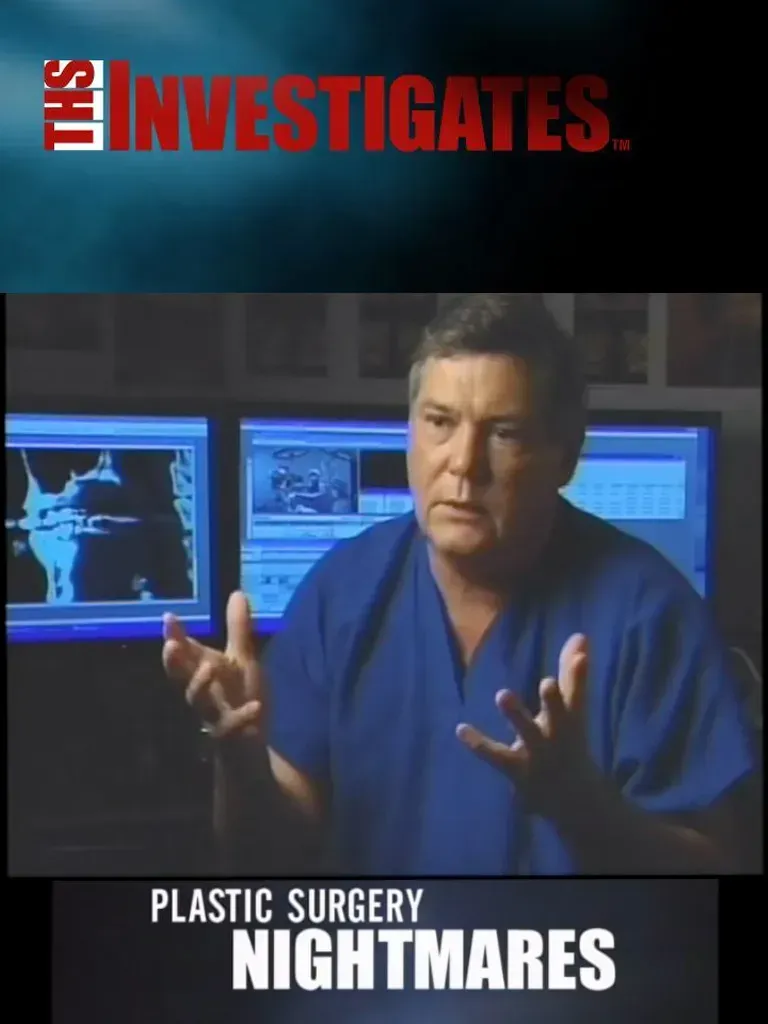
30 YEARS OF SECRETLY FIXING THE VICTIMS OF BOTCHED SURGERY
Fixing botched surgery is very risky. If you are not successful, the patient takes their anger out on you, instead of the guy who originally botched the surgery. Dr. Villar had been secretly fixing botched surgeries from around the country to help patients nobody else would help. He was approached by TRUE HOLLYWOOD STORIES INVESTIGATES on the E channel on behalf of one of his patients. The show Plastic Surgery Nightmares, catapulted him to international recognition and served as an inspiration for the series Botched.
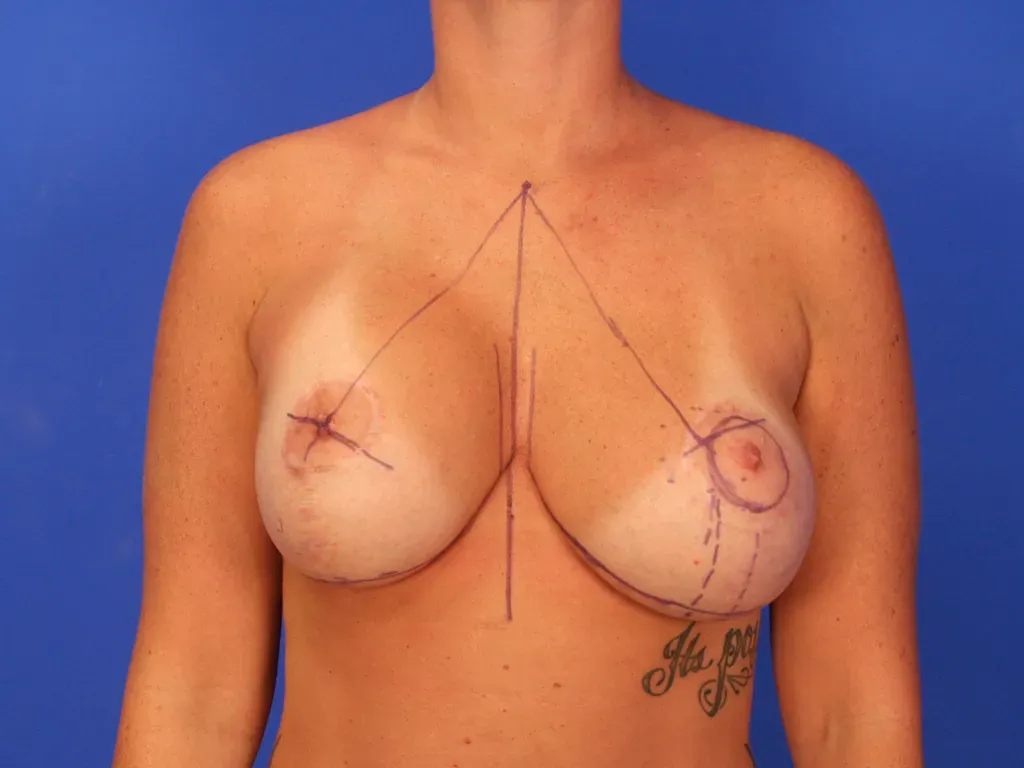
Slide title
Write your caption hereButton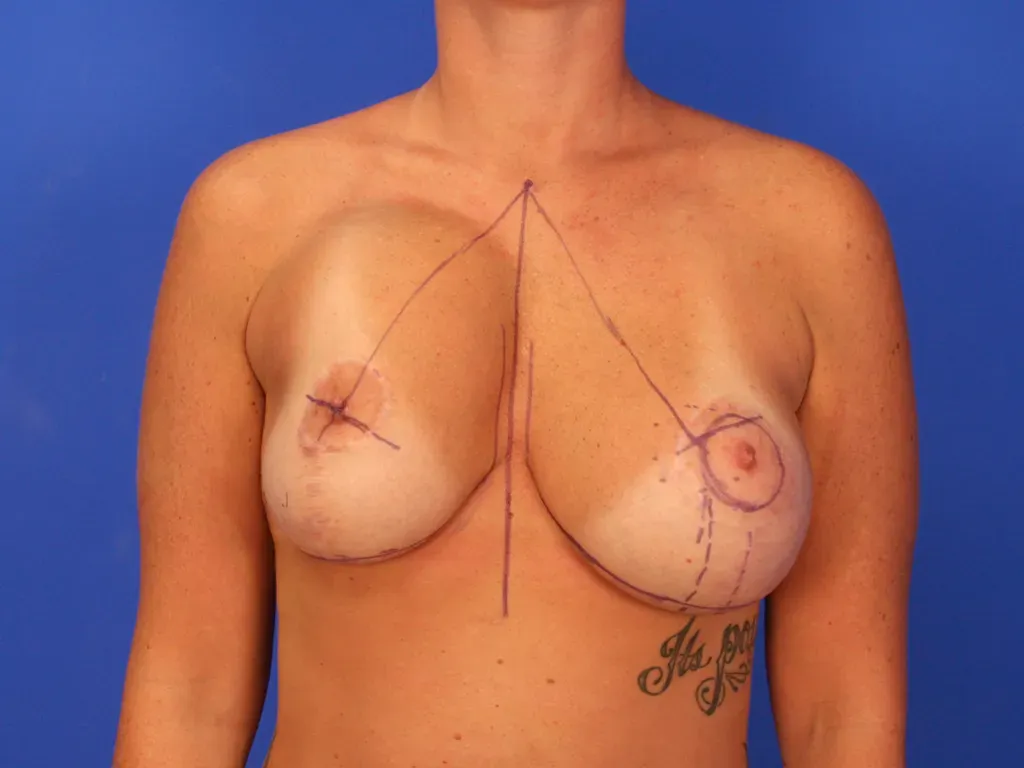
Slide title
Write your caption hereButton
NIPPLE TOO HIGH worst case scenario - FIXING BOTCHED MASTOPEXY
It would be ill advised to lower the right nipple areolar complex in this right nipple too high mistake. It would leave an unsightly scar peeking above a low neckline dress. Instead we will bring the center mass of the breast up under the nipple to point it forward. A prudent compromise for a cardinal blunder.
We will relocate the implant above the muscle to eliminate the jumping deformity.
-
Read more
The worst mistake in a mastopexy is placing a nipple too high. If you lower it, there is an unsightly scar above it that shows in cleavage. A low nipple can be raised without a scar above it. Here we have a number of challenges. The right nipple is too high. The nipple to inframammary fold is way too long on both sides. The vertical scars are not equidistant from the center. The left nipple needs to be brought up and medially as well as the vertical scar. There was a sub muscular implant jumping breast deformity on the right side.
In this case, rather than put a scar above the right nipple, we decided to shift the center of mass under the nipple by removing the excess skin to restore the nipple to inframammary fold to 8 cm. We also removed the implants, sutured down the muscle and created new pockets on top of the muscle for better cleavage and no jumping. Then we planned to match the left breast to the right breast.
After repairing the right breast, the more difficult challenge was approached. Here we had a three dimensional problem. We had to move the nipple up and left, but also had to maintain a nipple the inframammary fold distance of 7.5 to 8 cm. A staggered pattern was drawn to achieve this. After removing and relocating the implant, the nipple is relocated and the vertical scar repaired to 6cm (plus 2cm radius to nipple) = 8cm. The excess was then marked and removed, which raises the breast center mass placing the nipple projection in a more natural position.
These are exciting challenges for me, but tragic disasters for patients. These horrific scars and multiple surgeries could have been averted had I advised and treated the patient originally.
REALITY CHECK
No matter how meticulous the technical mastery of the surgery, which is totally under control of the surgeon, there comes the healing phase which has a mind of its own. Every patient heals differently depending on the mysteries of their genetic code.
The best we can do is set up the conditions for optimal healing, (delicate tissue handling, tissue plane dissection, atraumatic suture techniques, drains, dressings, etc.) and the rest is up to nature.
Identifying potential complications early (hematomas, cellulitis, hypertrophic healing, allergic reactions, etc.) and dealing with them before they progress to disasters requires checking the patient the day after surgery now that in-hospital observation and recovery is unaffordable.
We have seen some rare but crazy anomalies and fortunately had the training and experience and luck to deal with them without worsening the condition.
We are based in:
421 SE Osceola St.
suite A Stuart,
FL, US 34994
Call us:
Email us:
All Rights Reserved | Villar Plastic Surgery | Privacy Policy
We use cookies to ensure that we give you the best experience on our website. To learn more, go to the Privacy Page.
